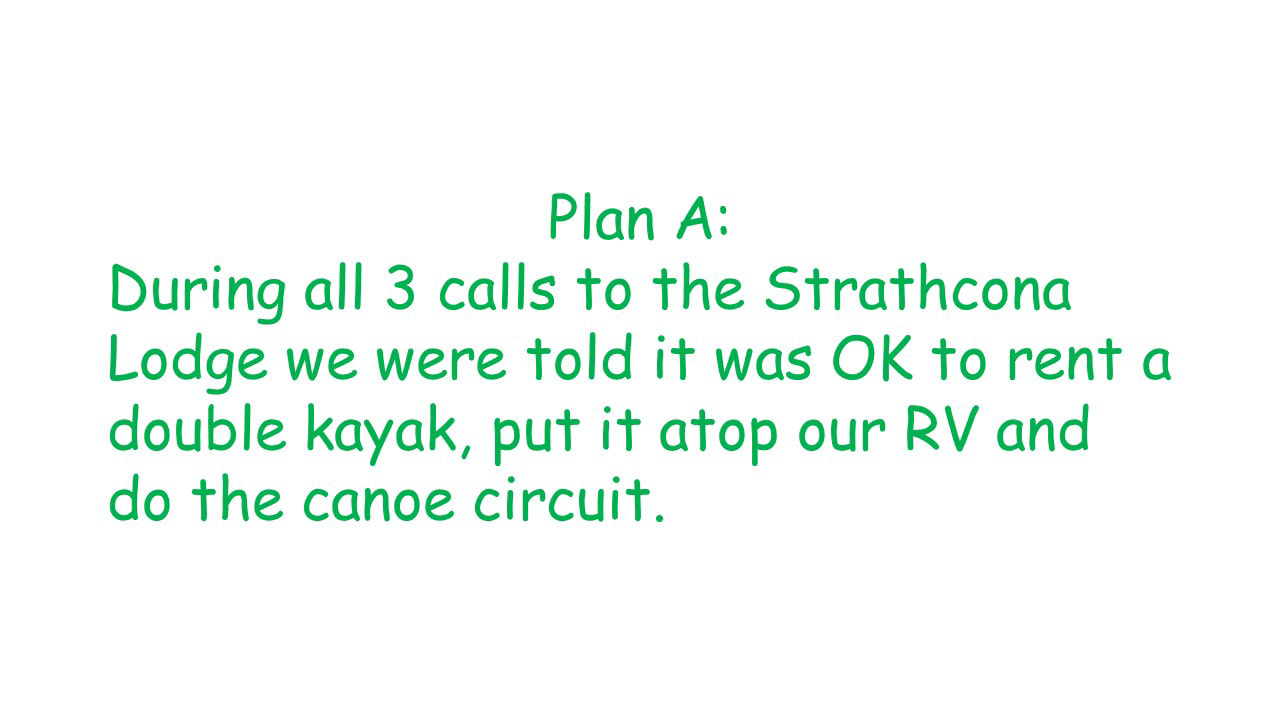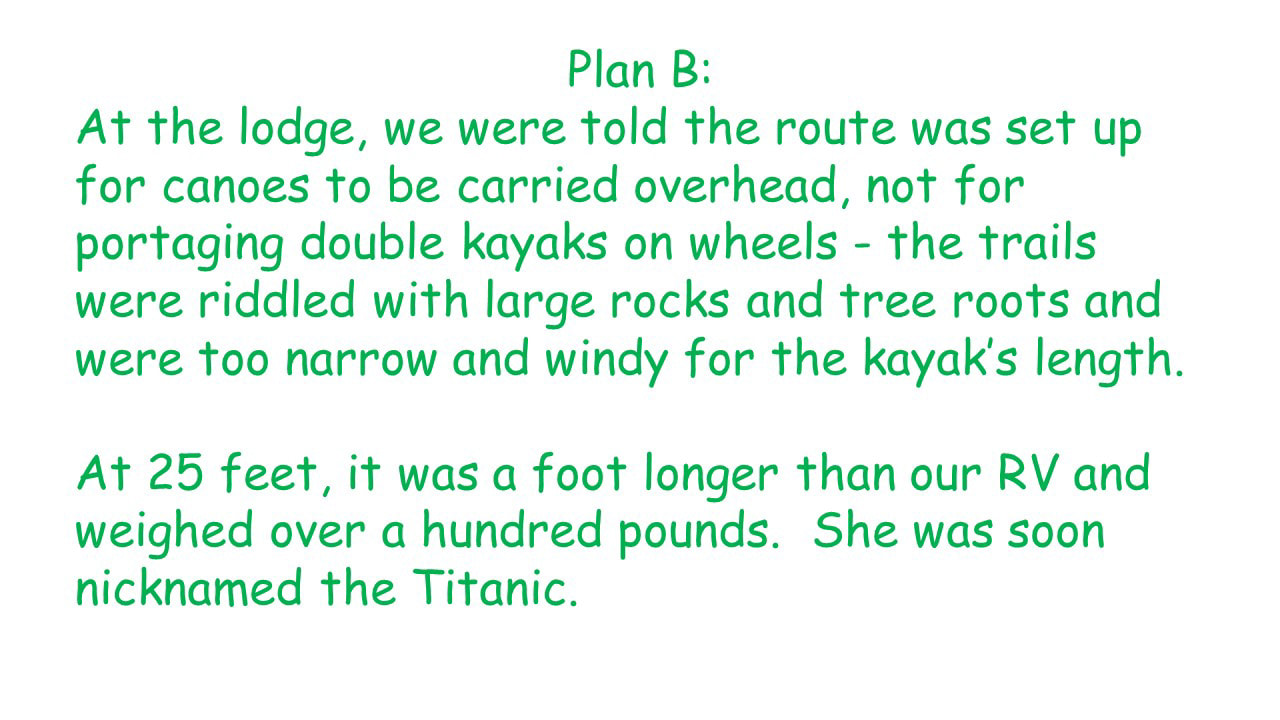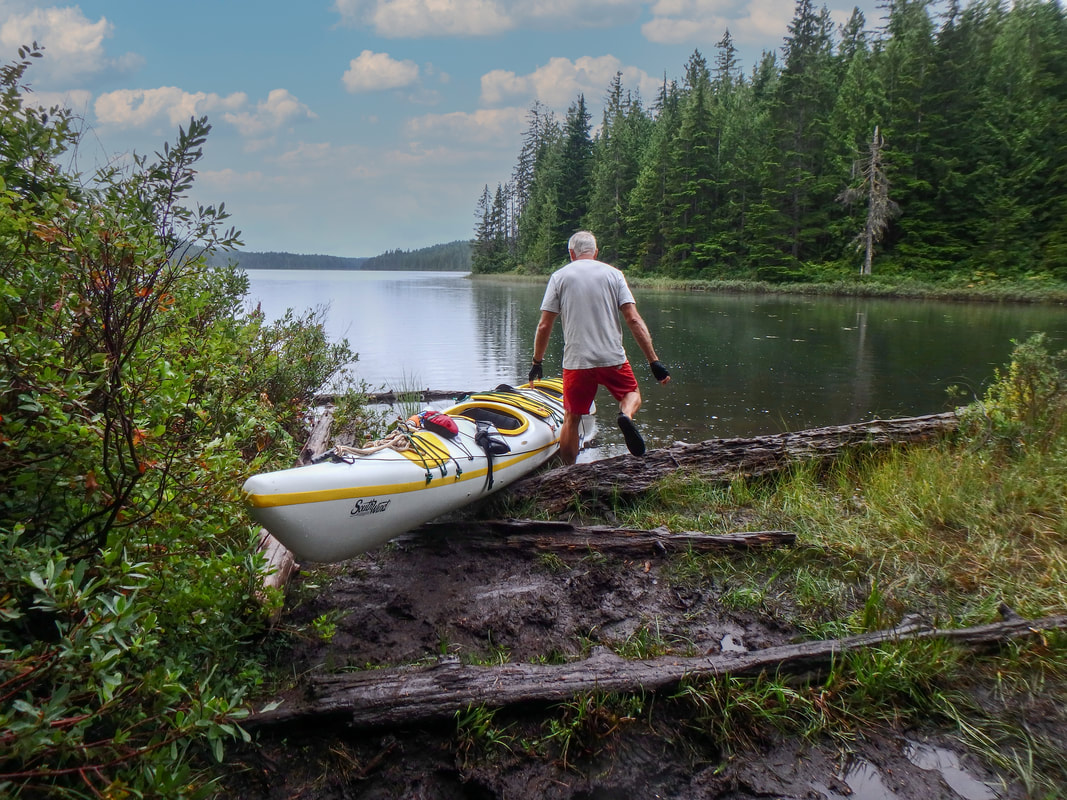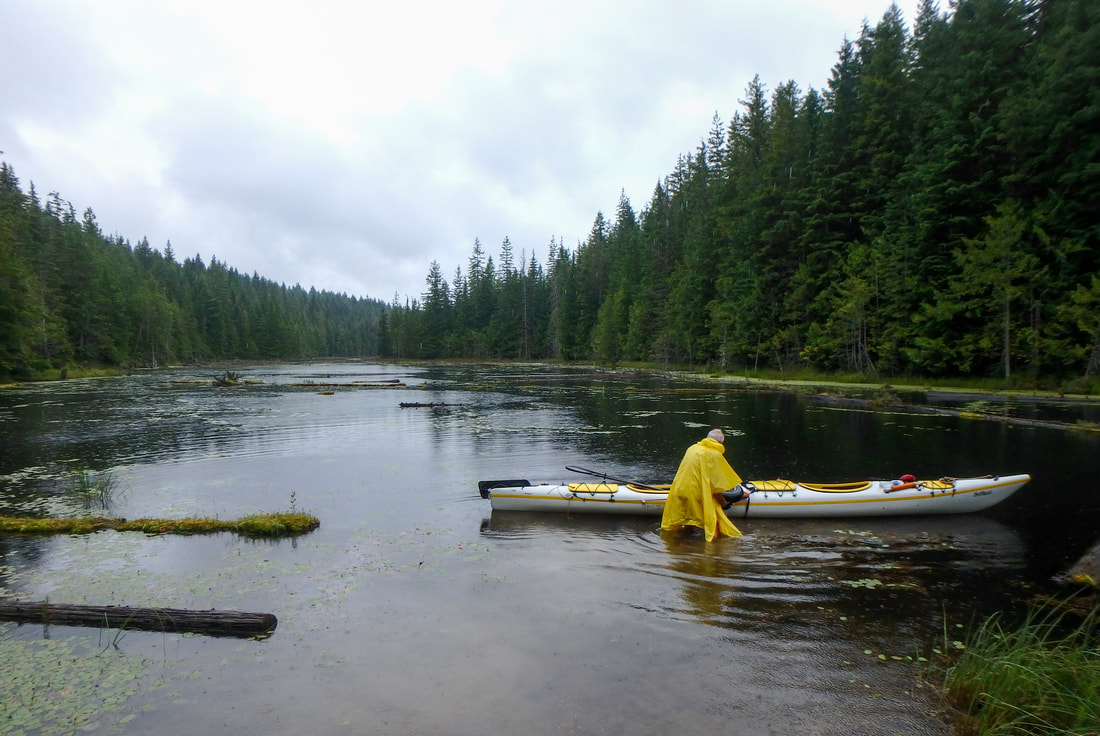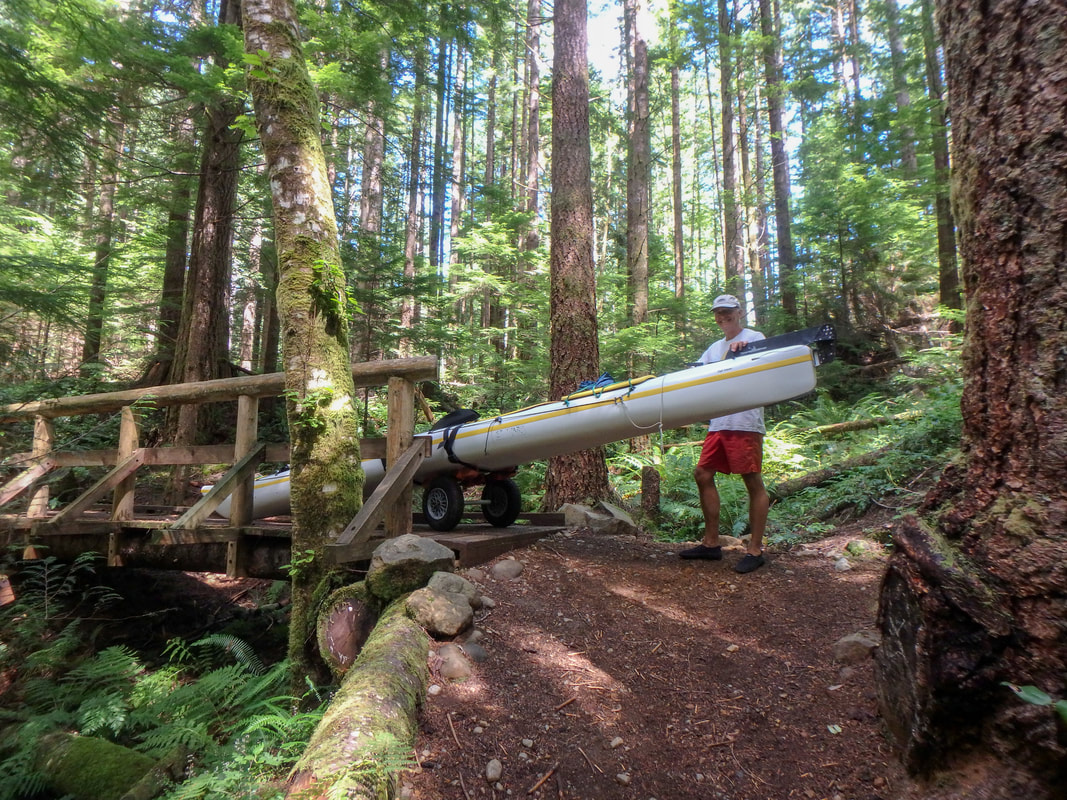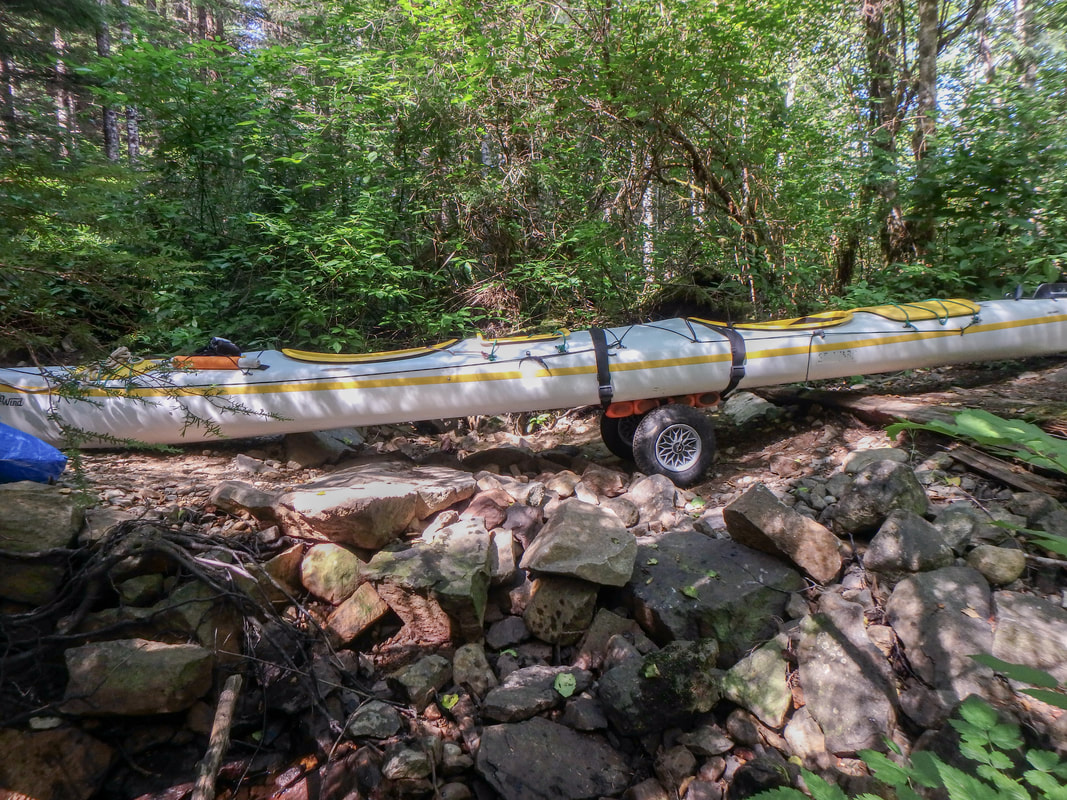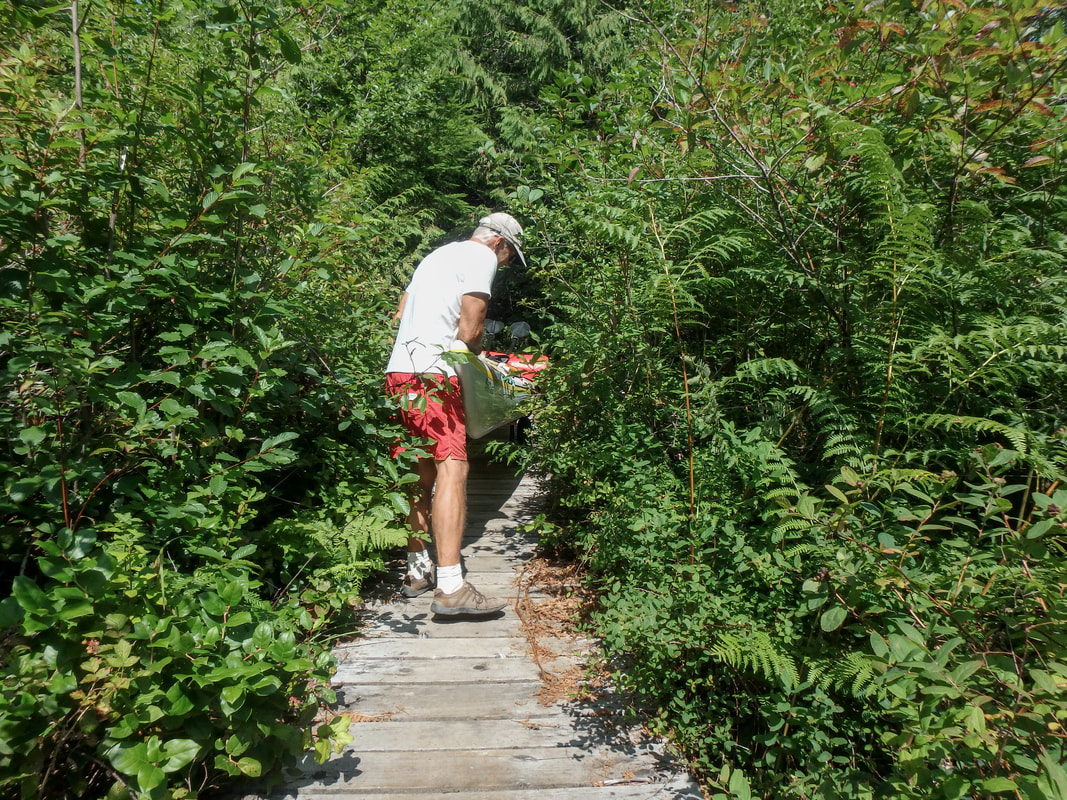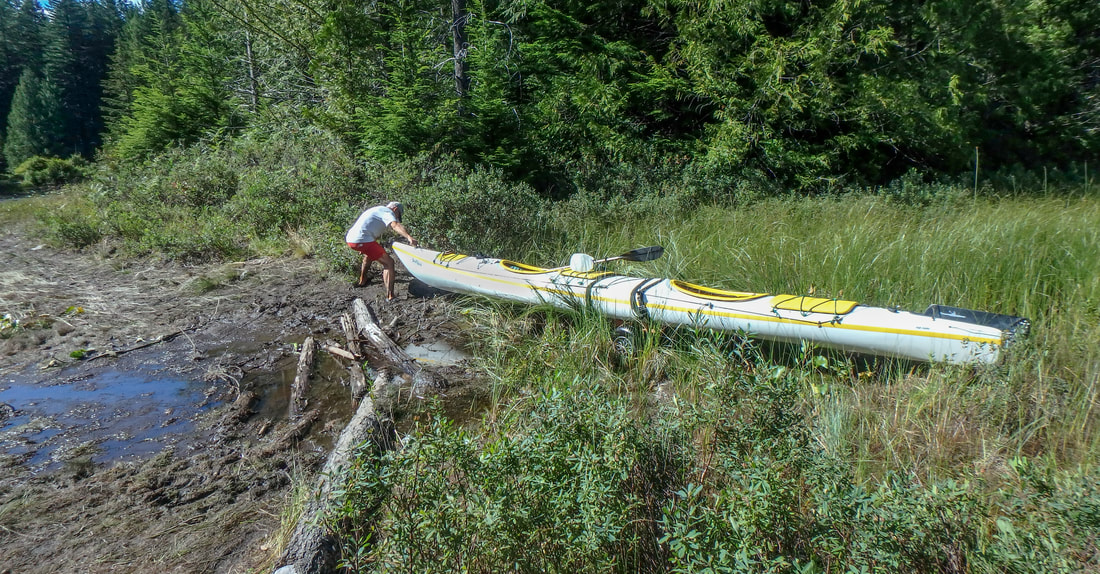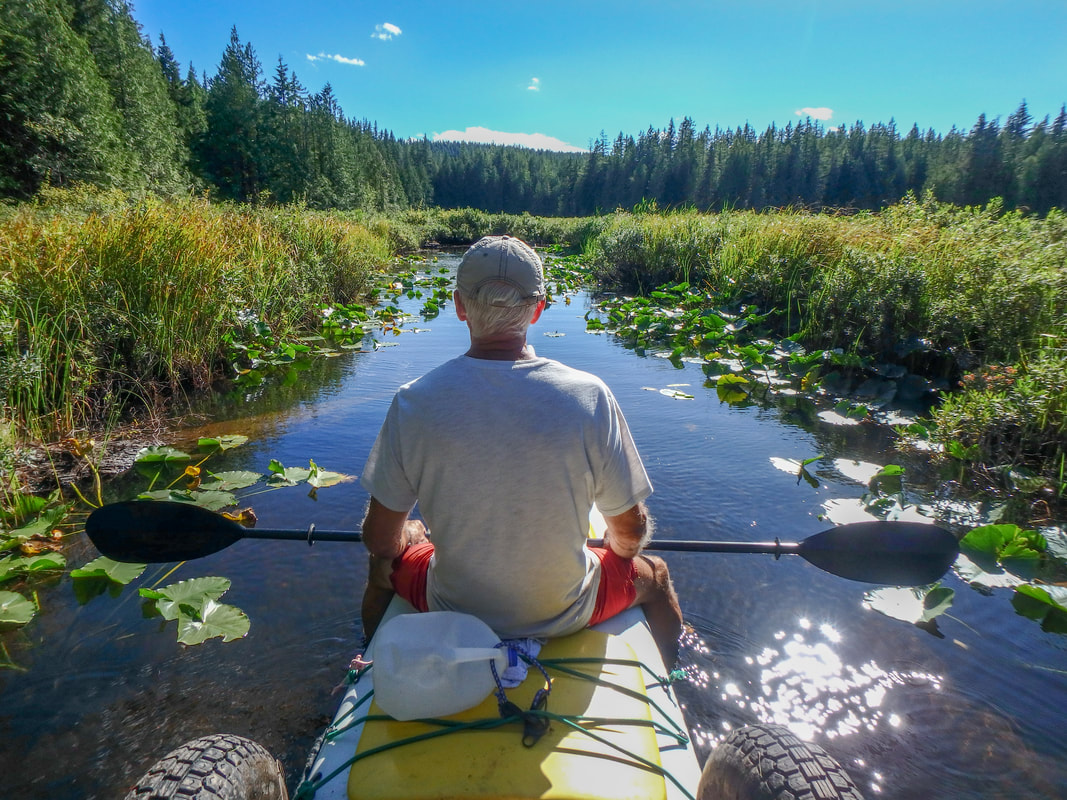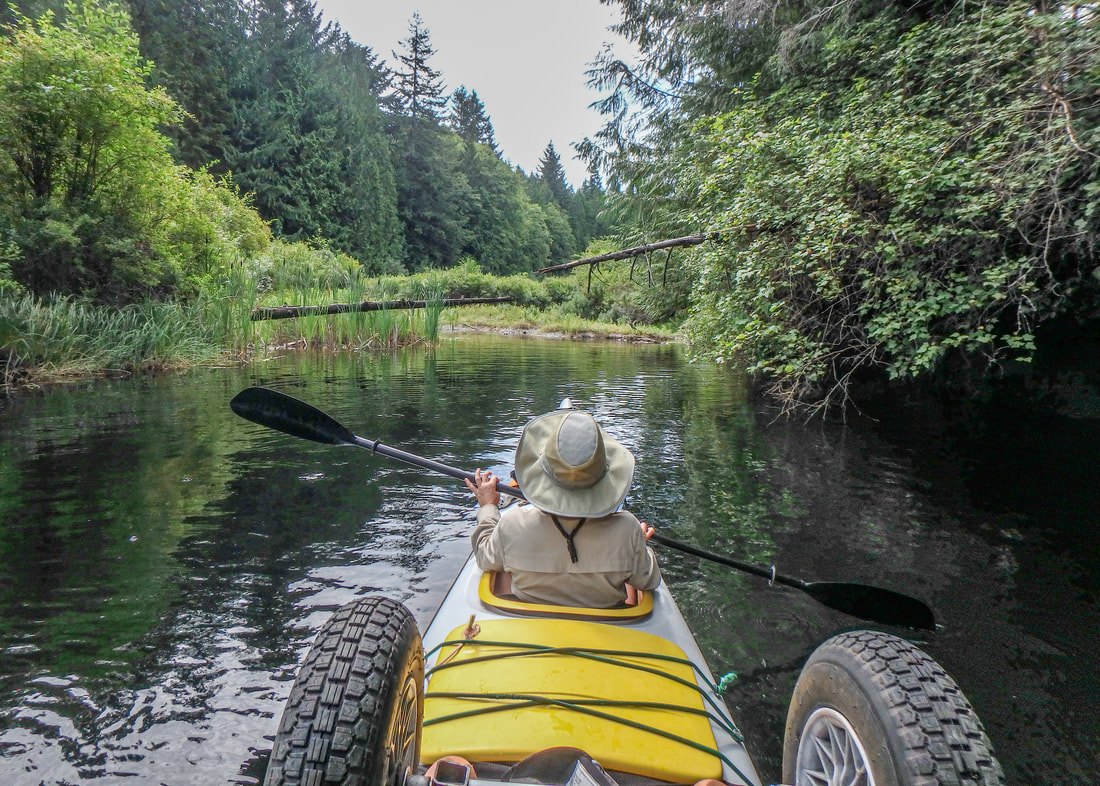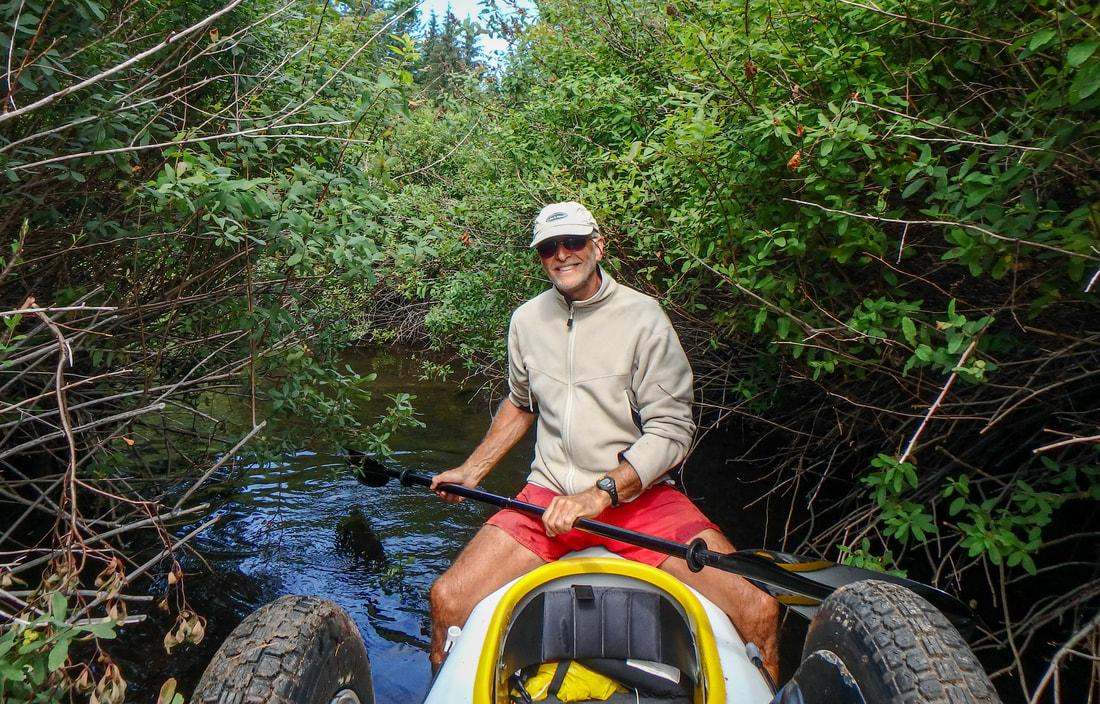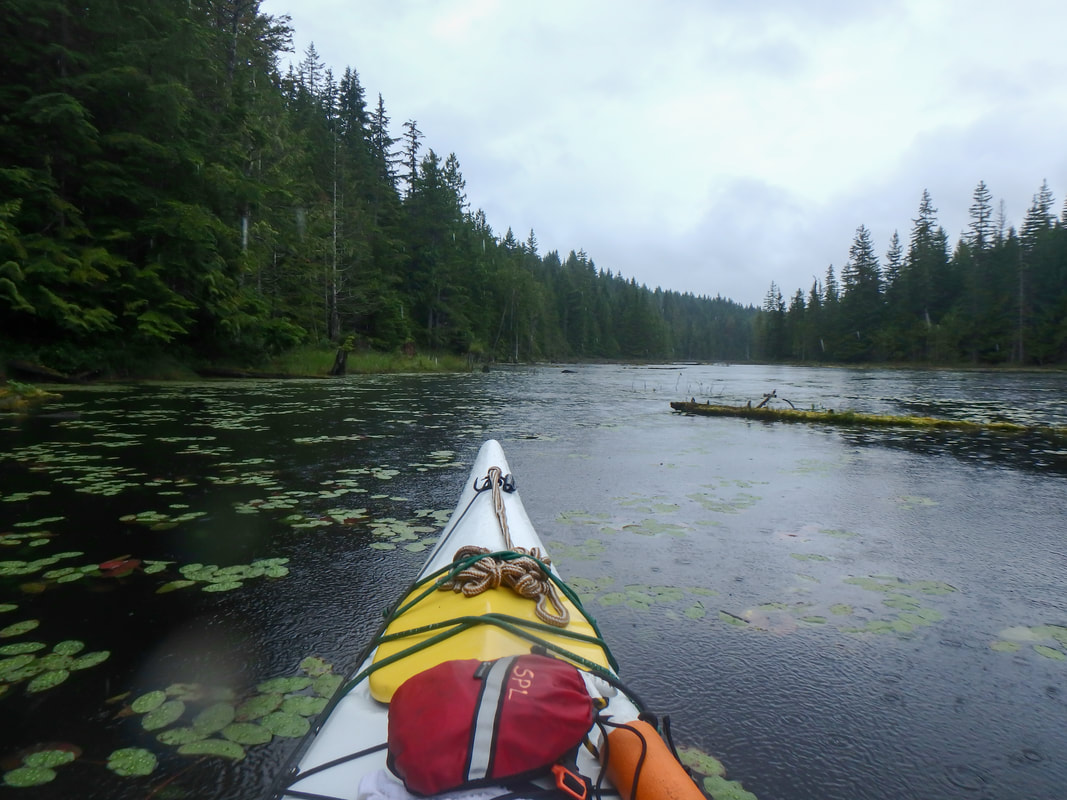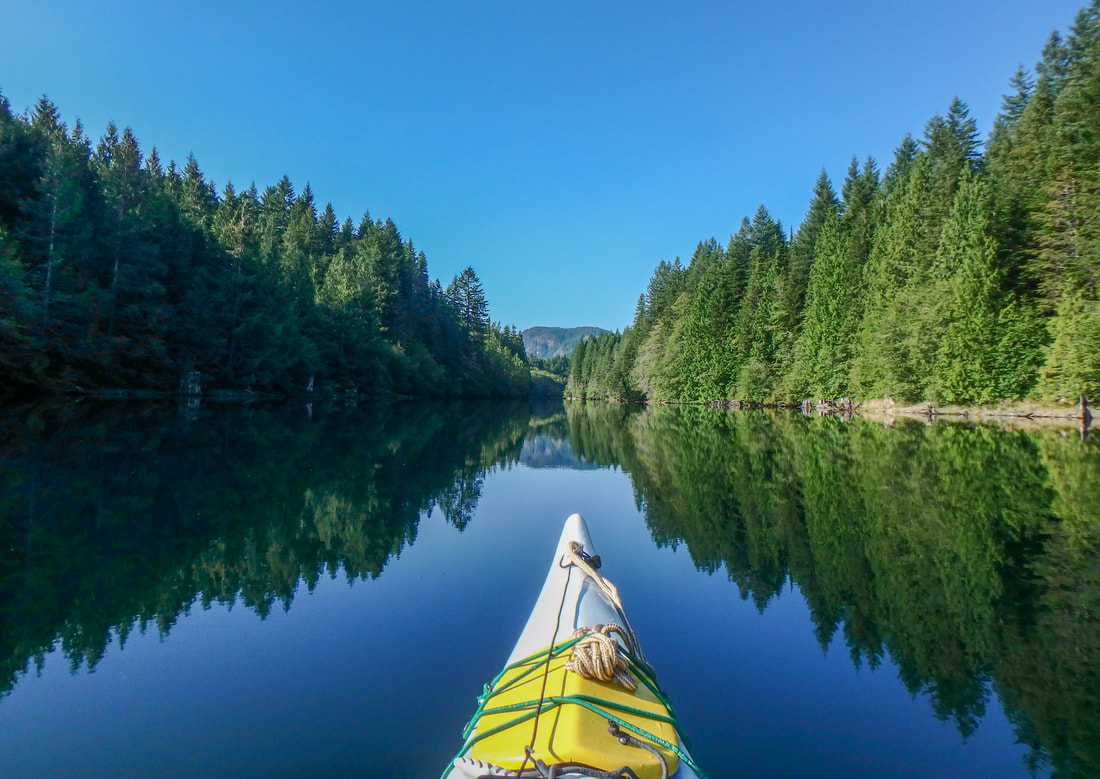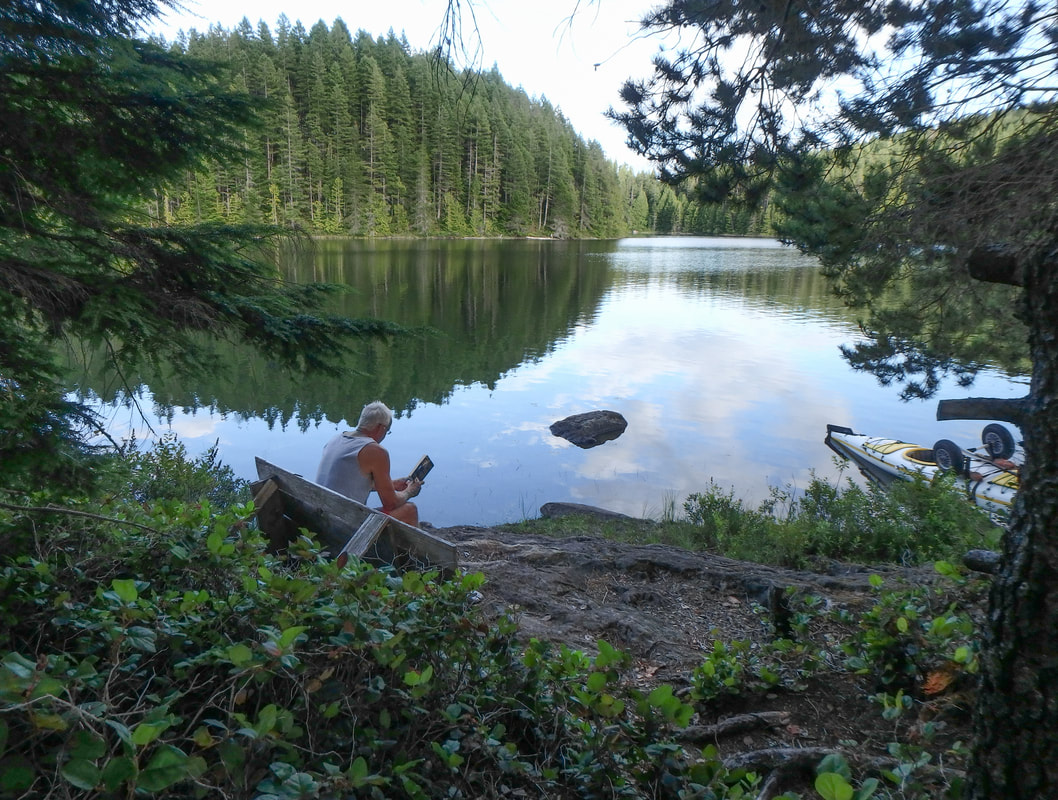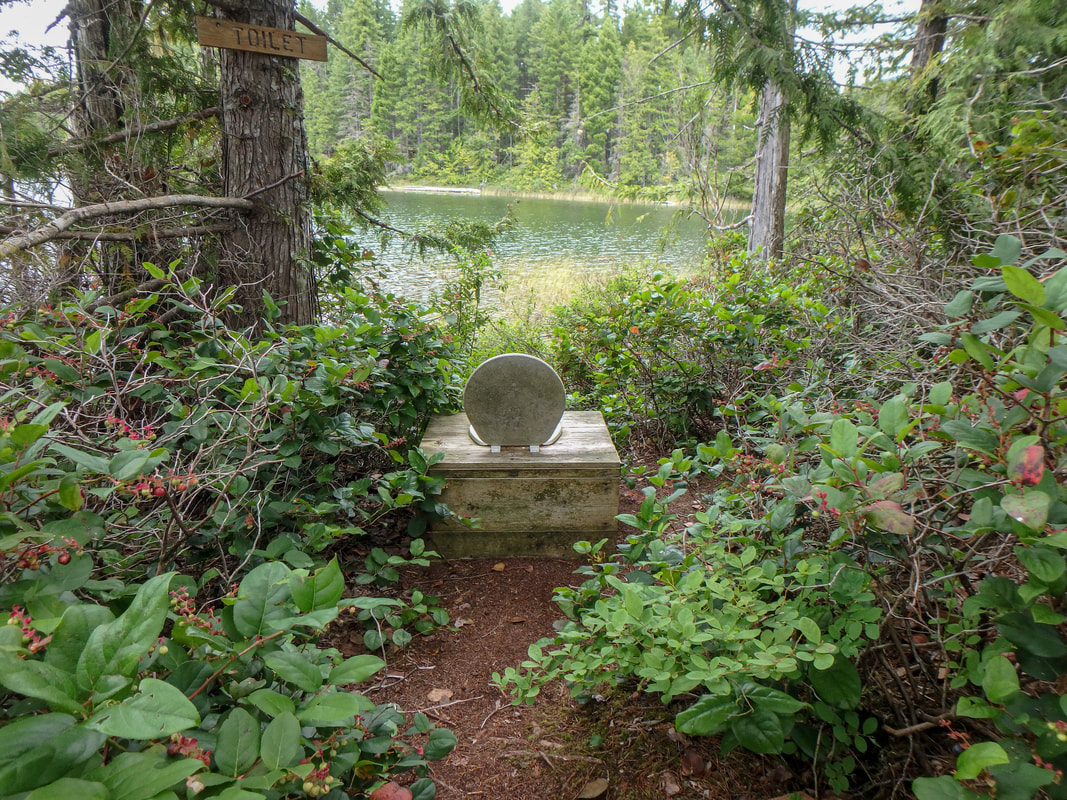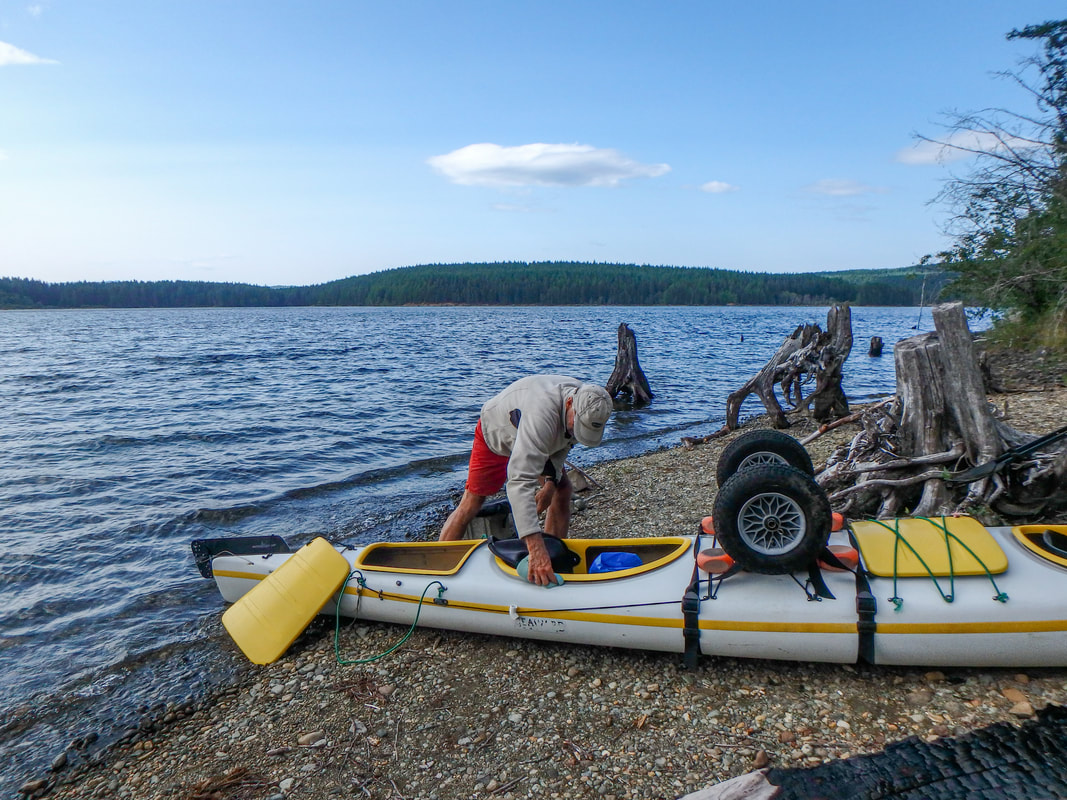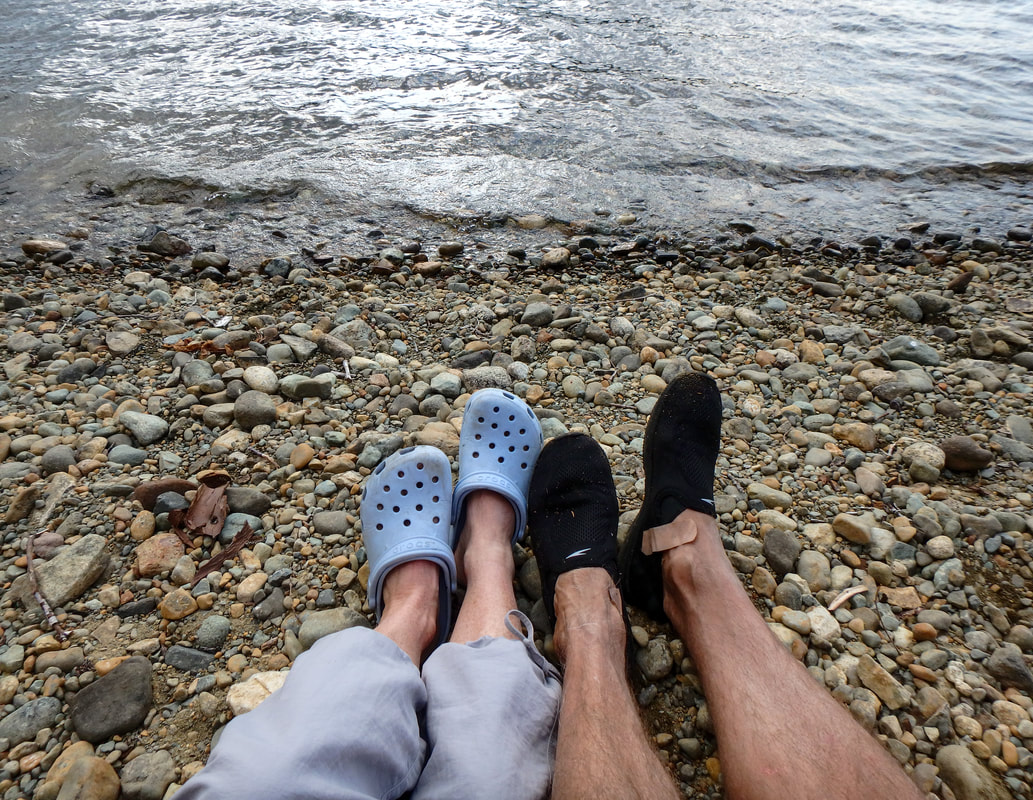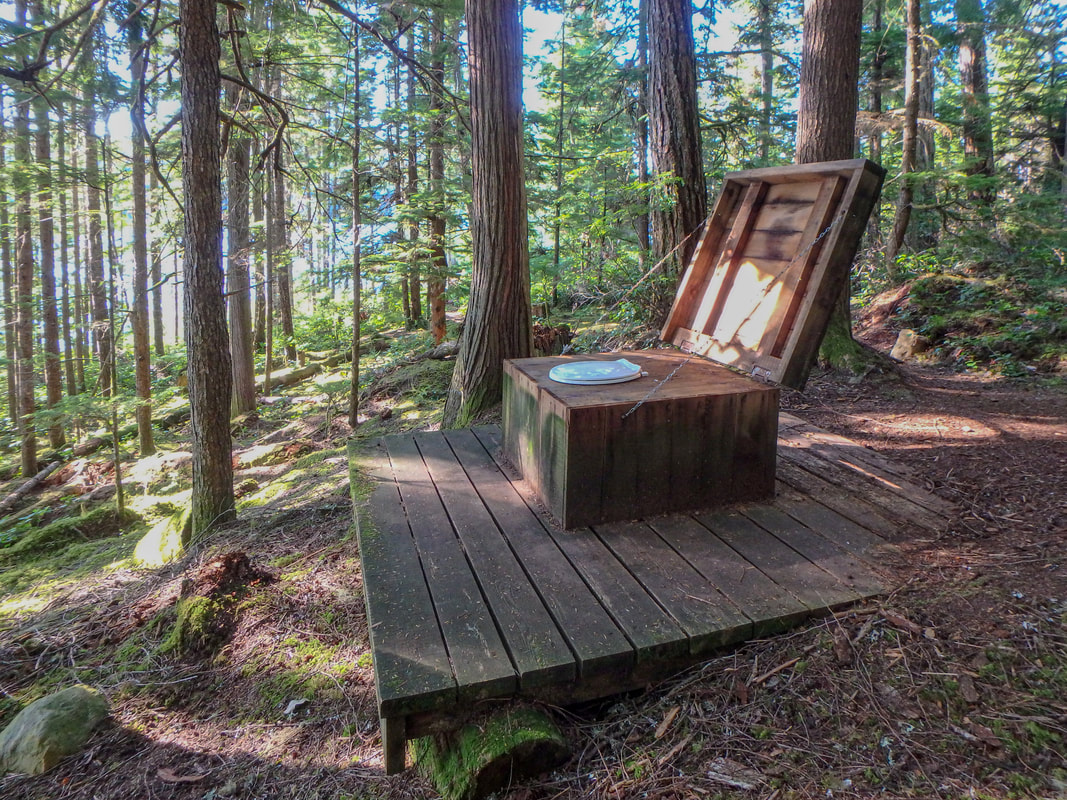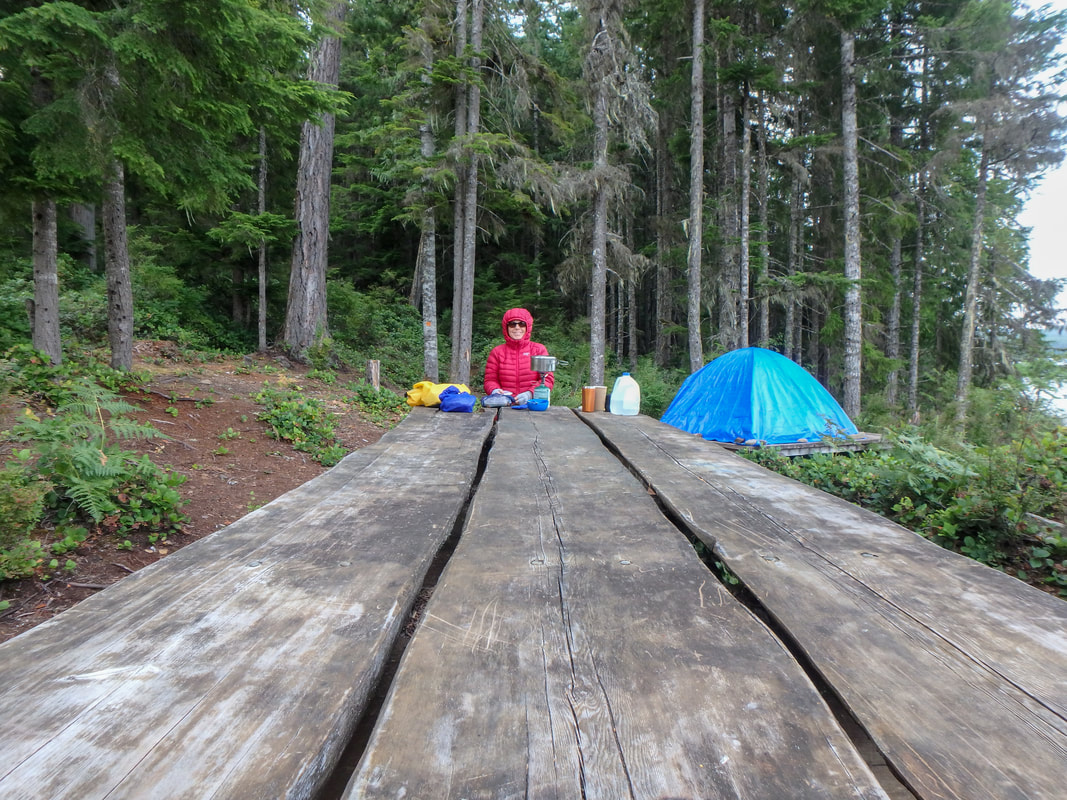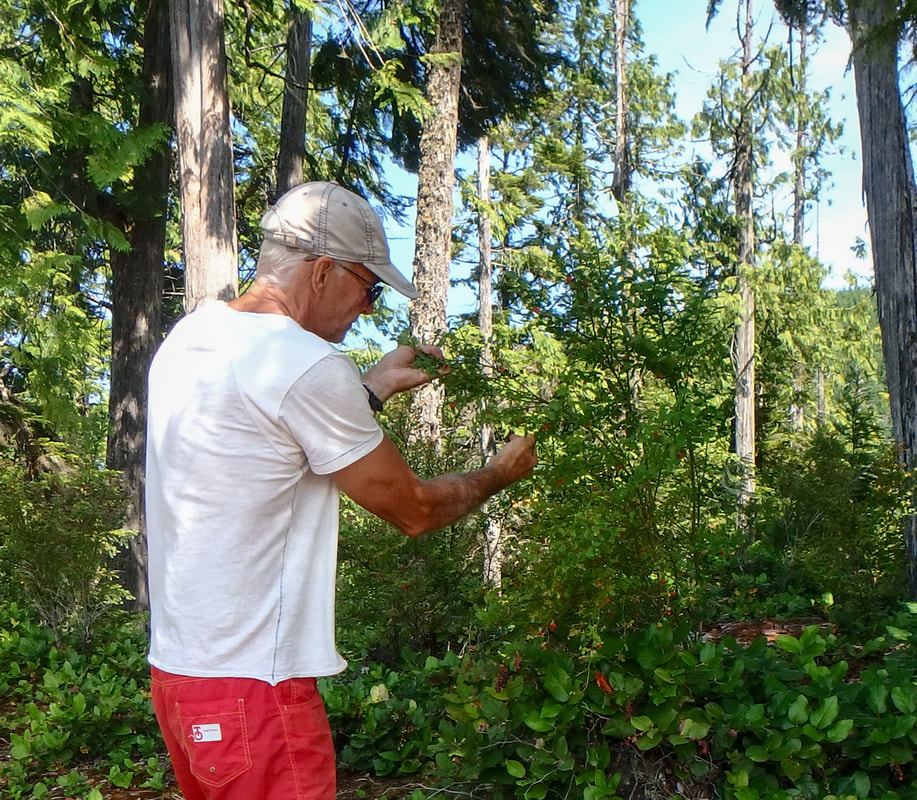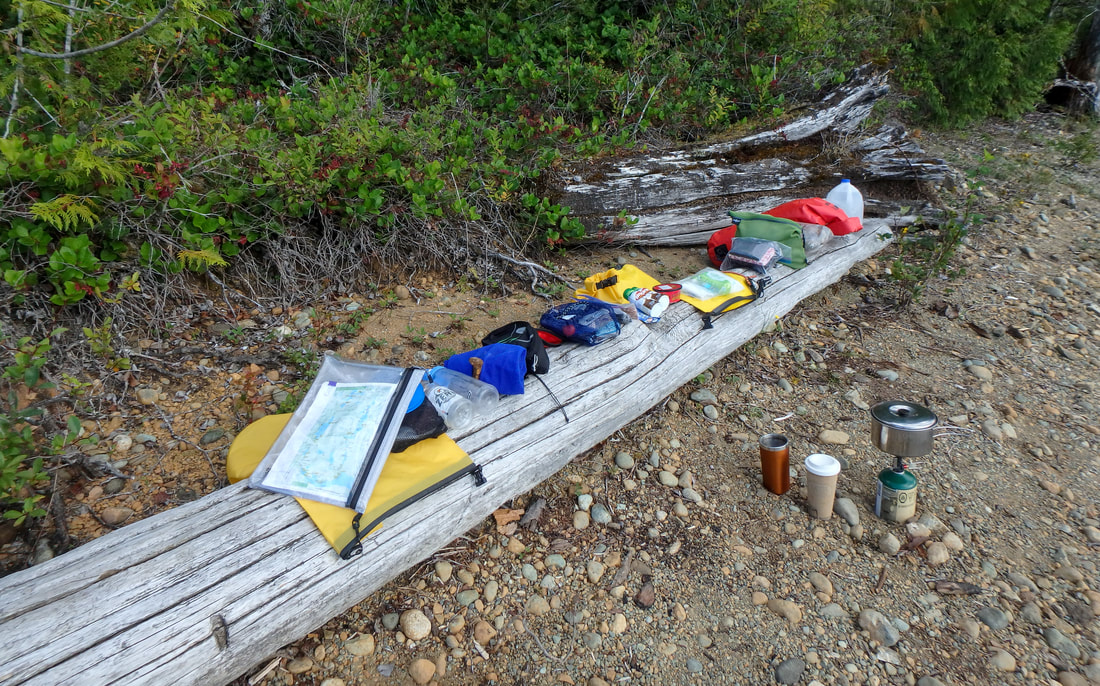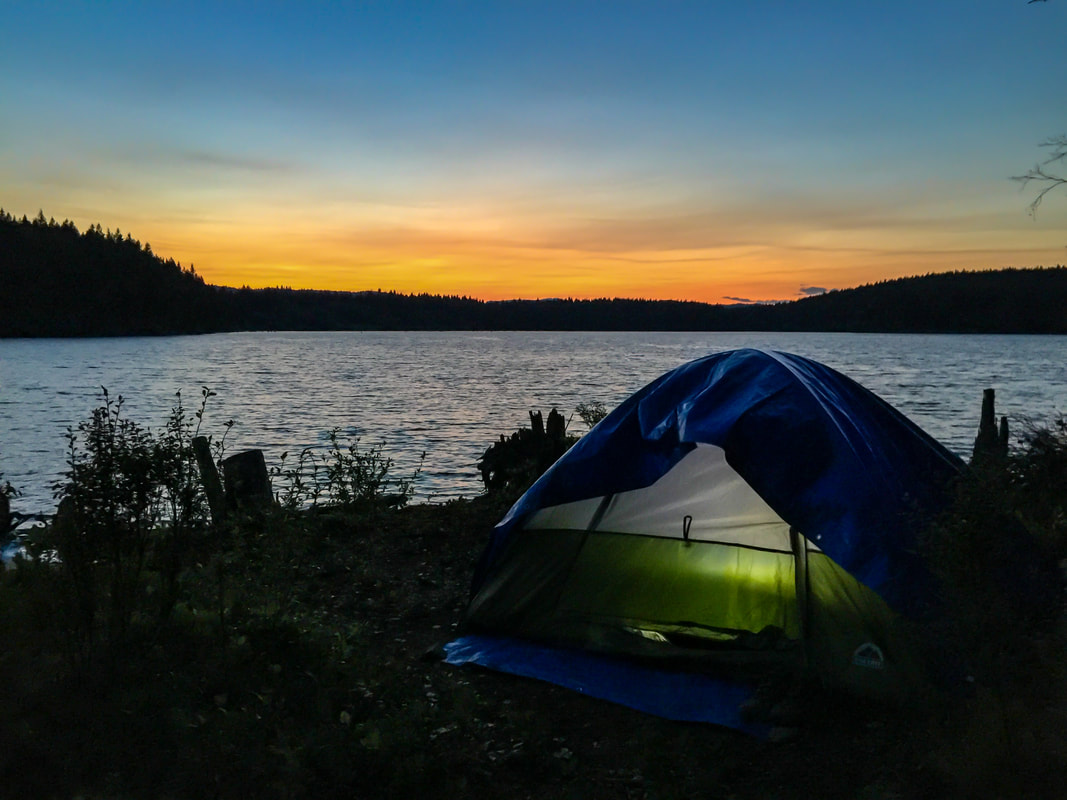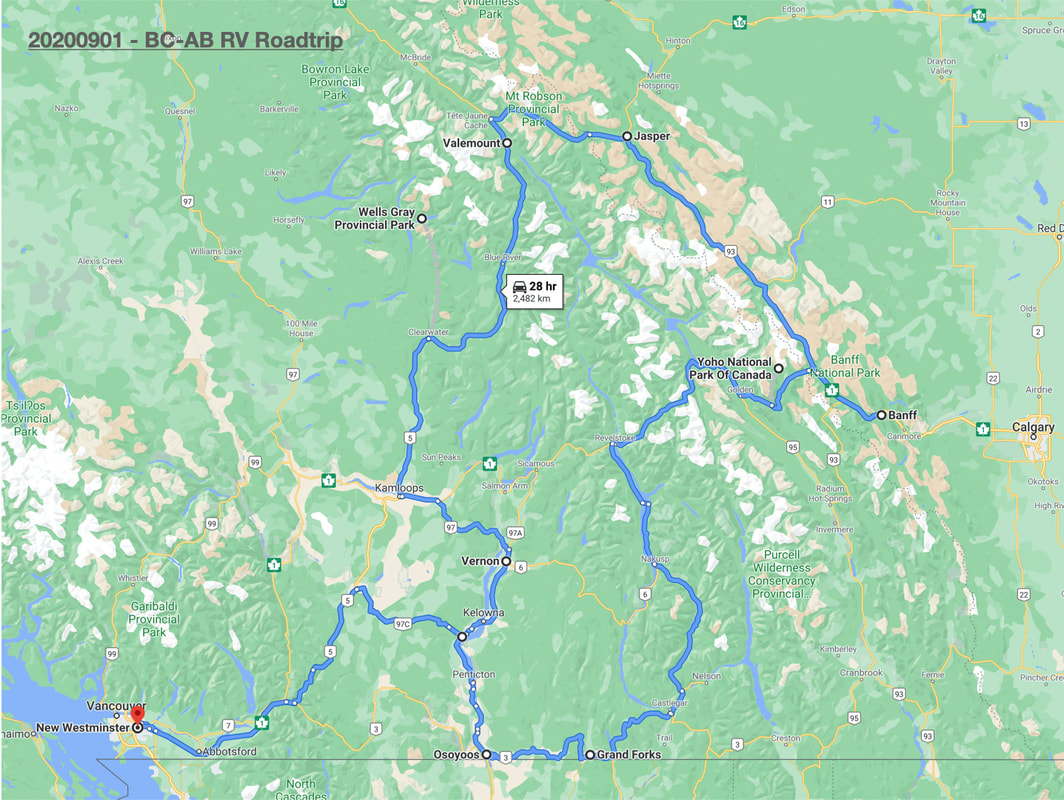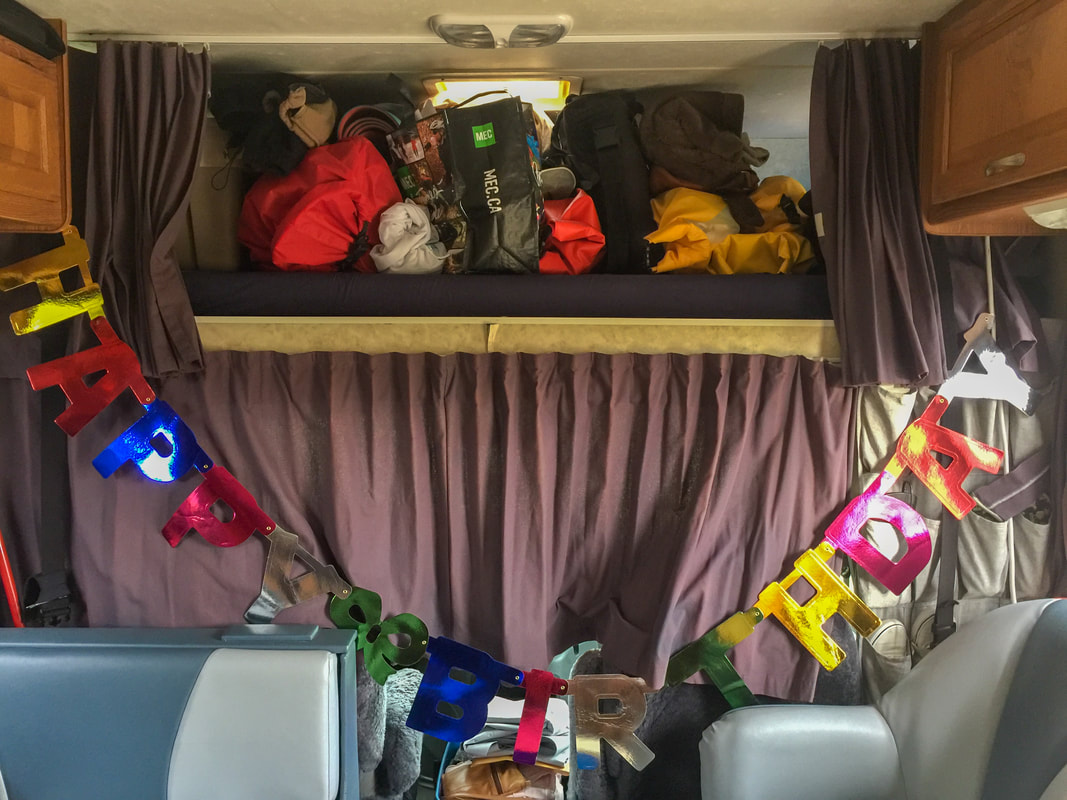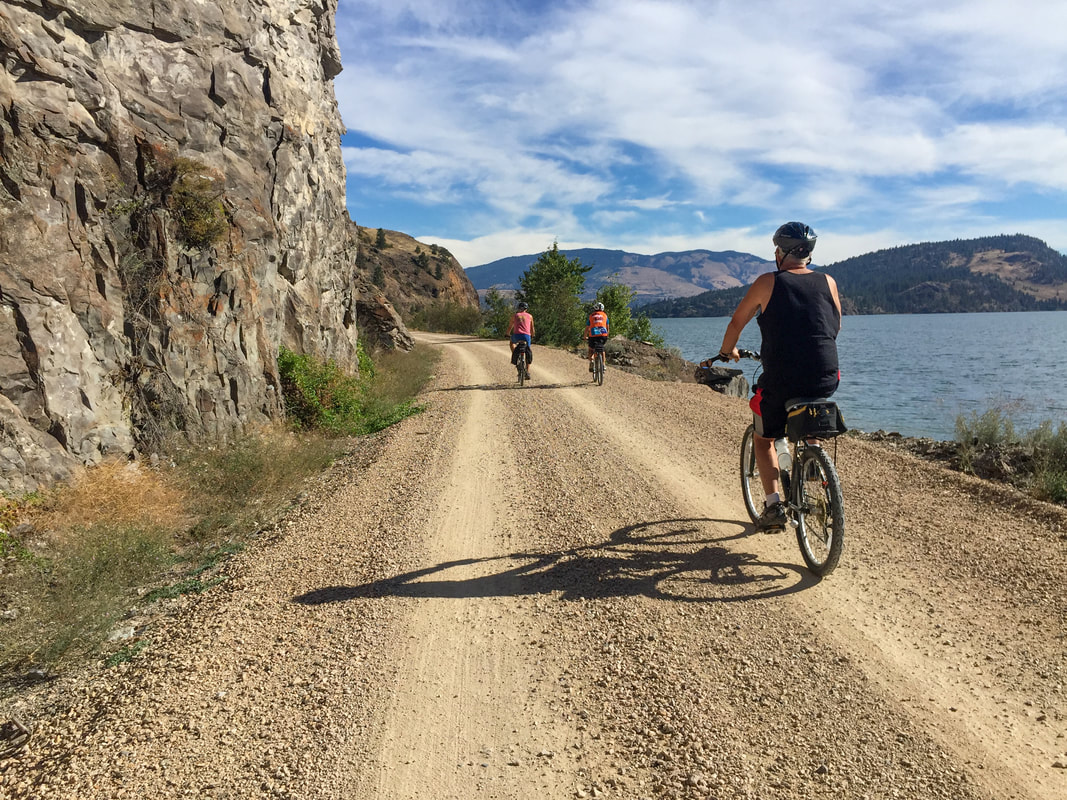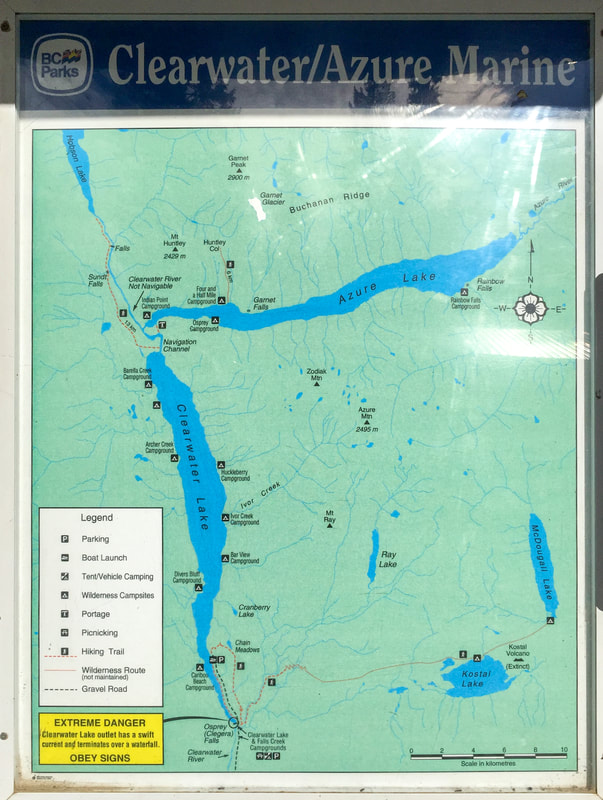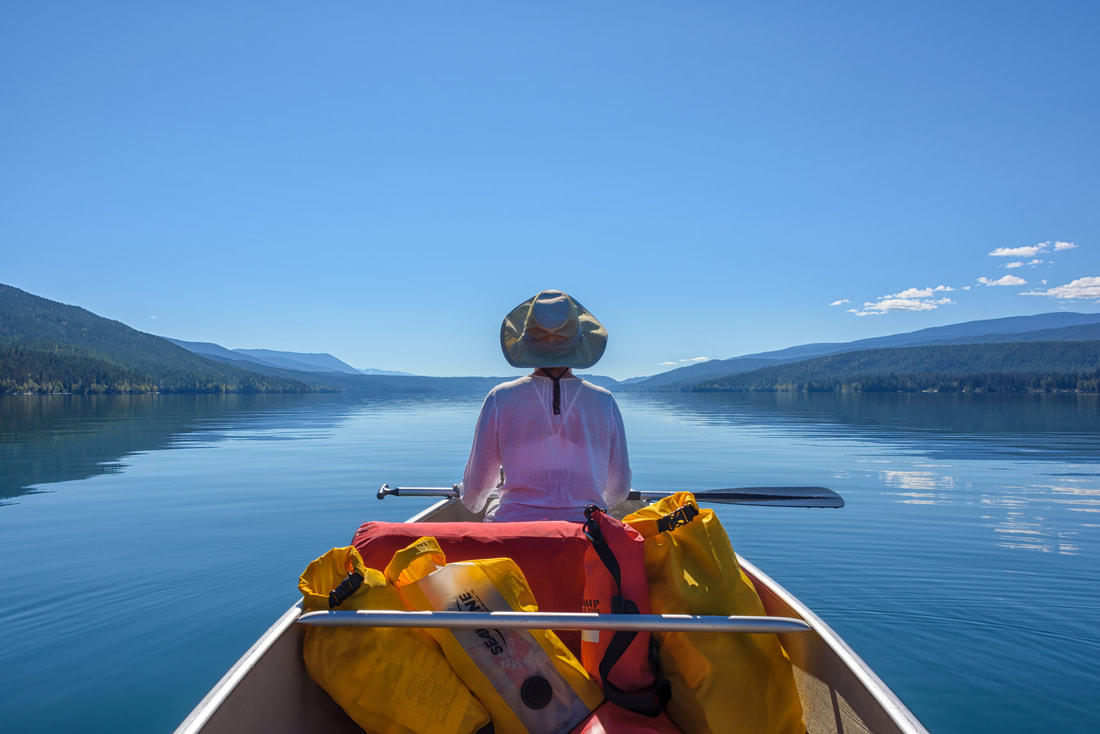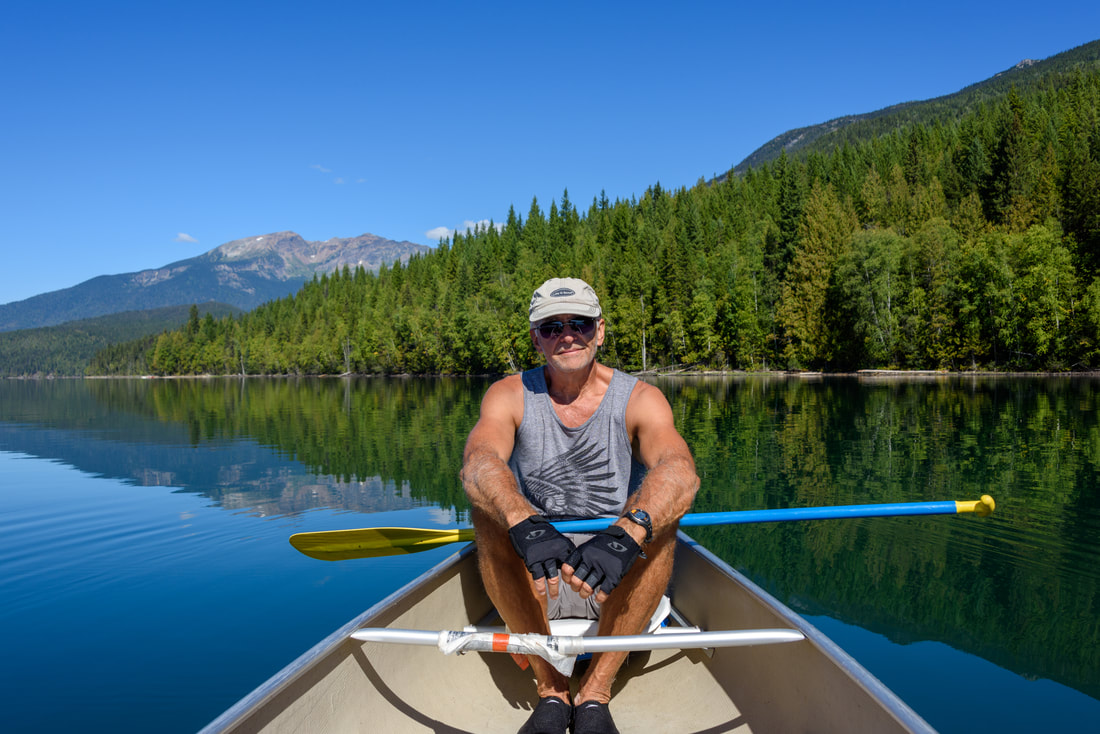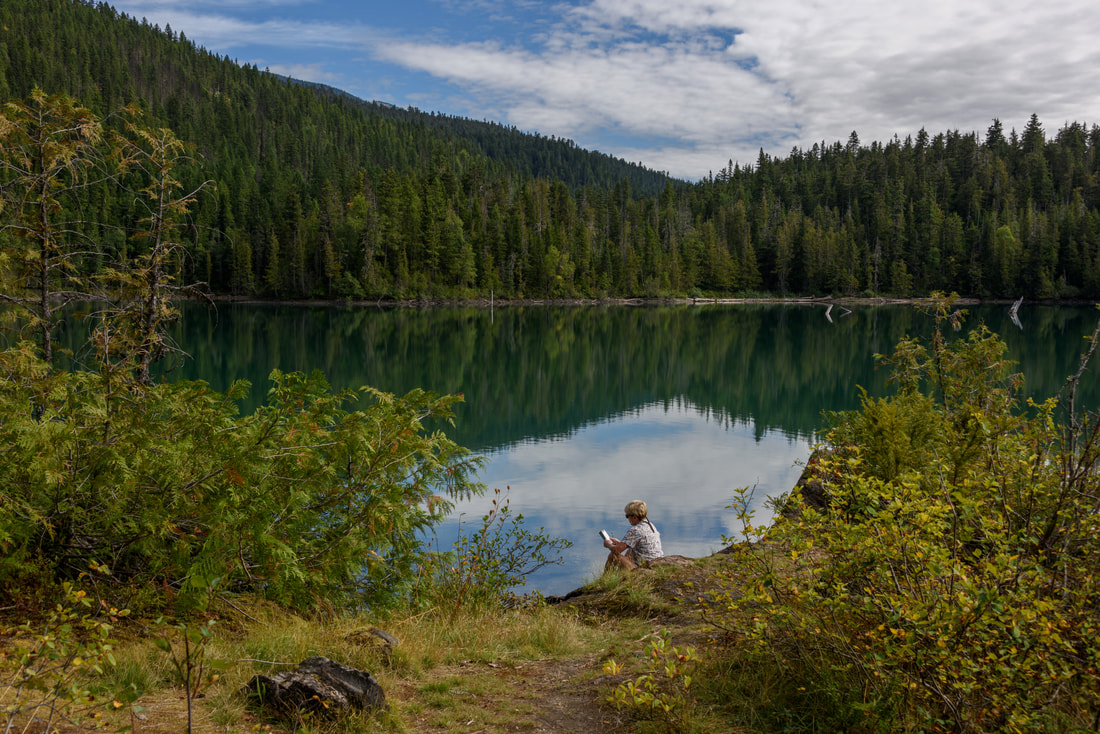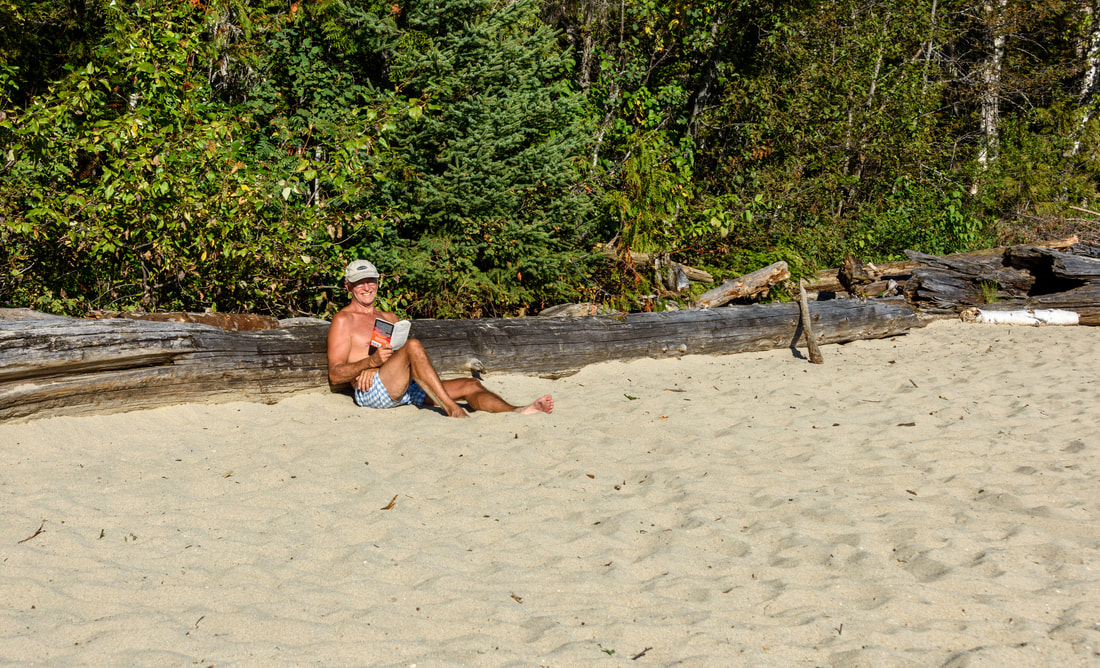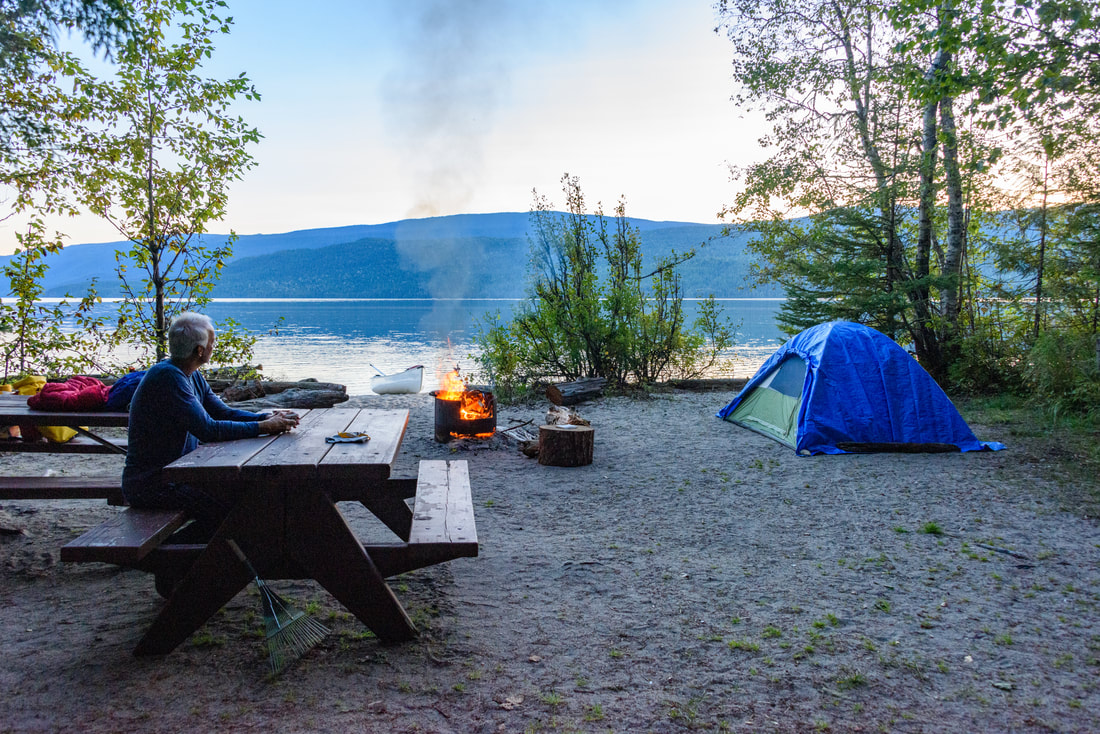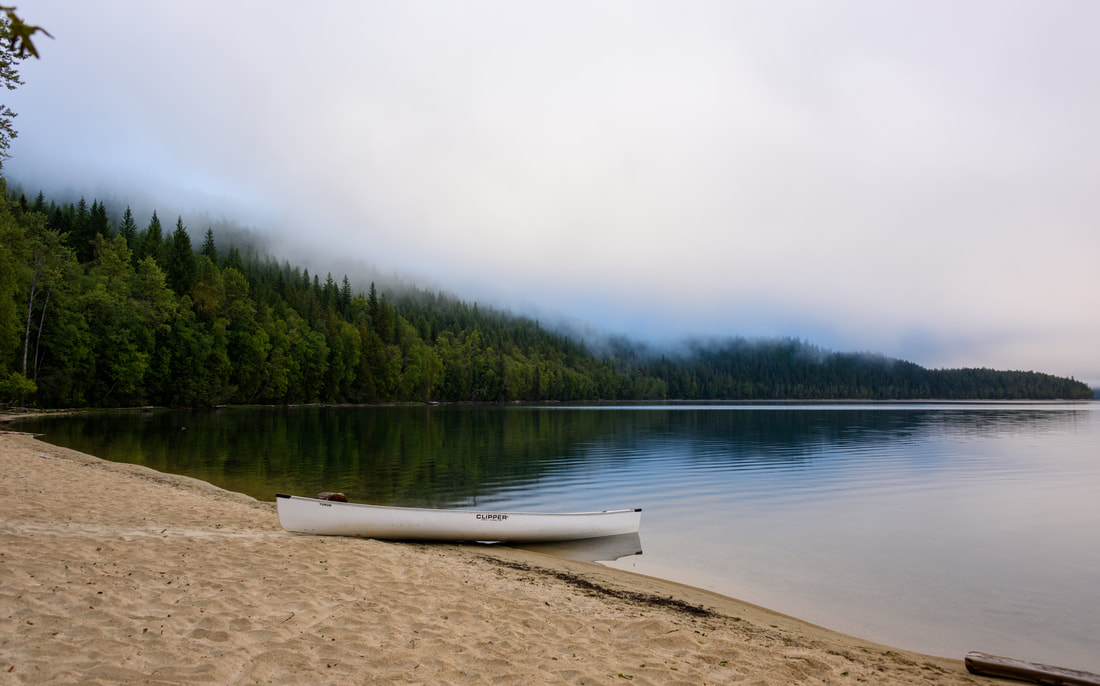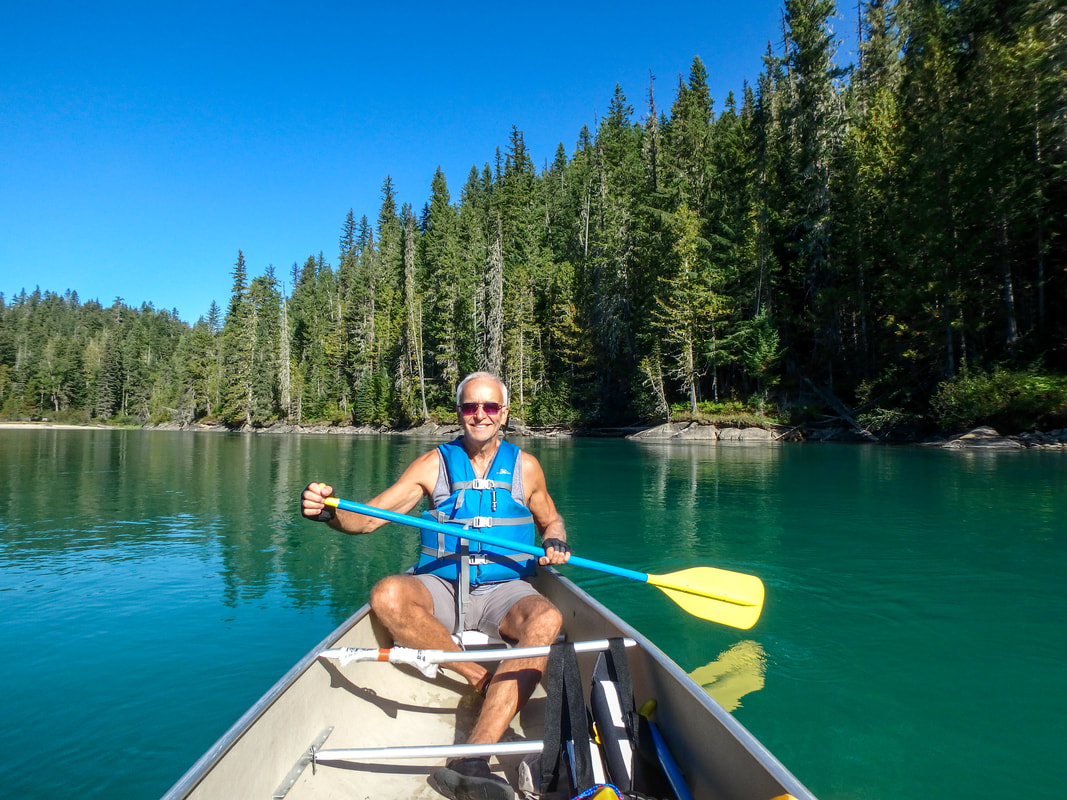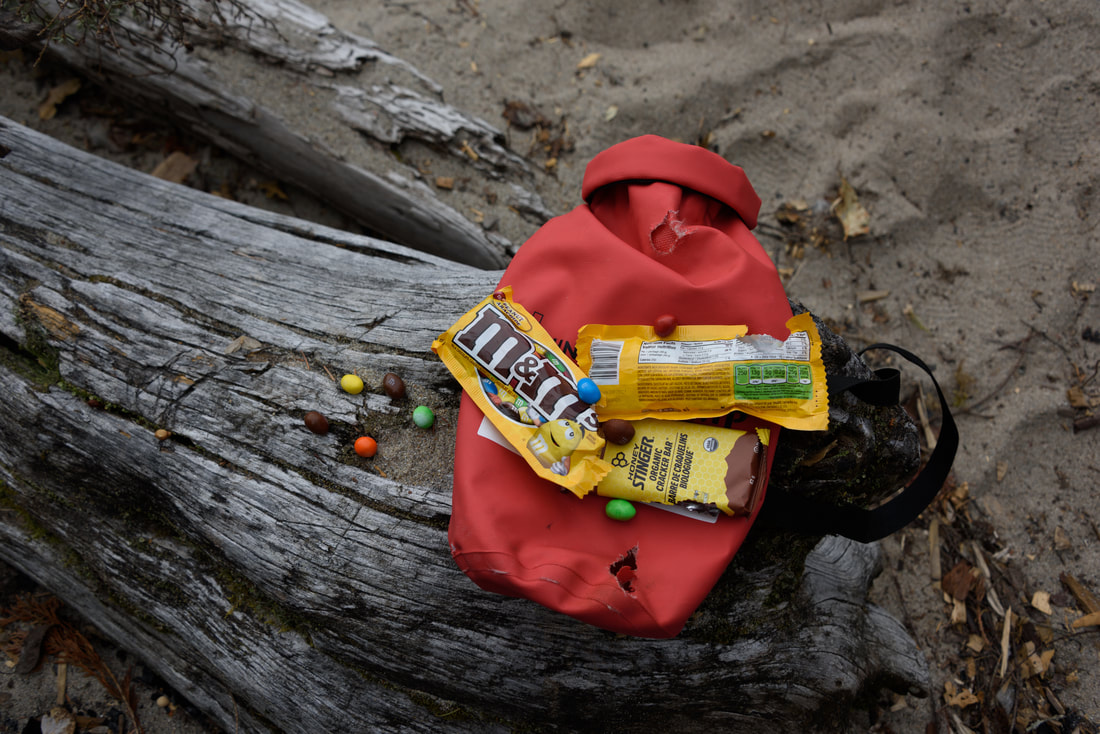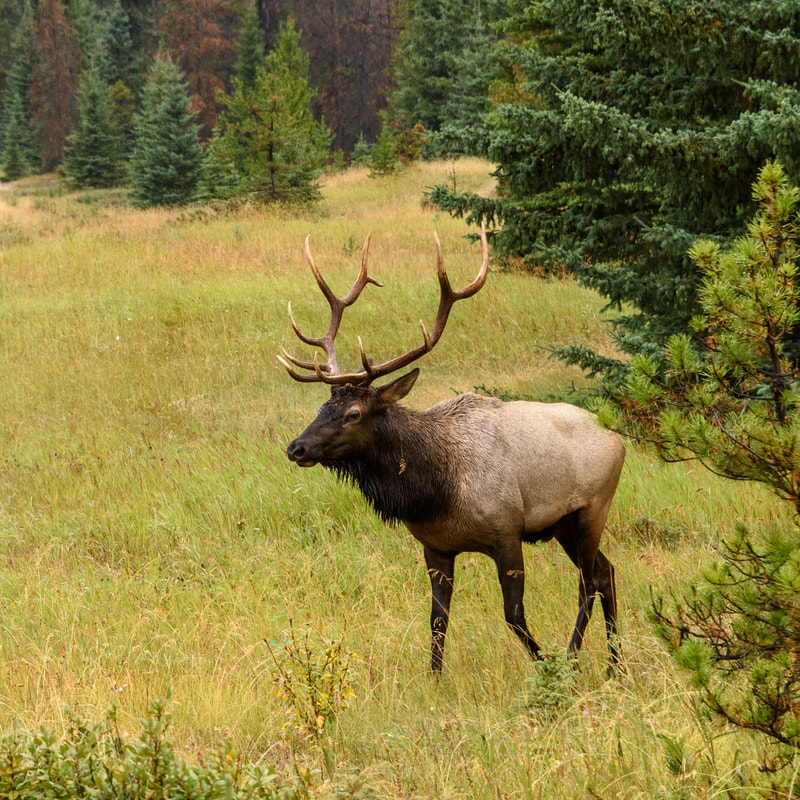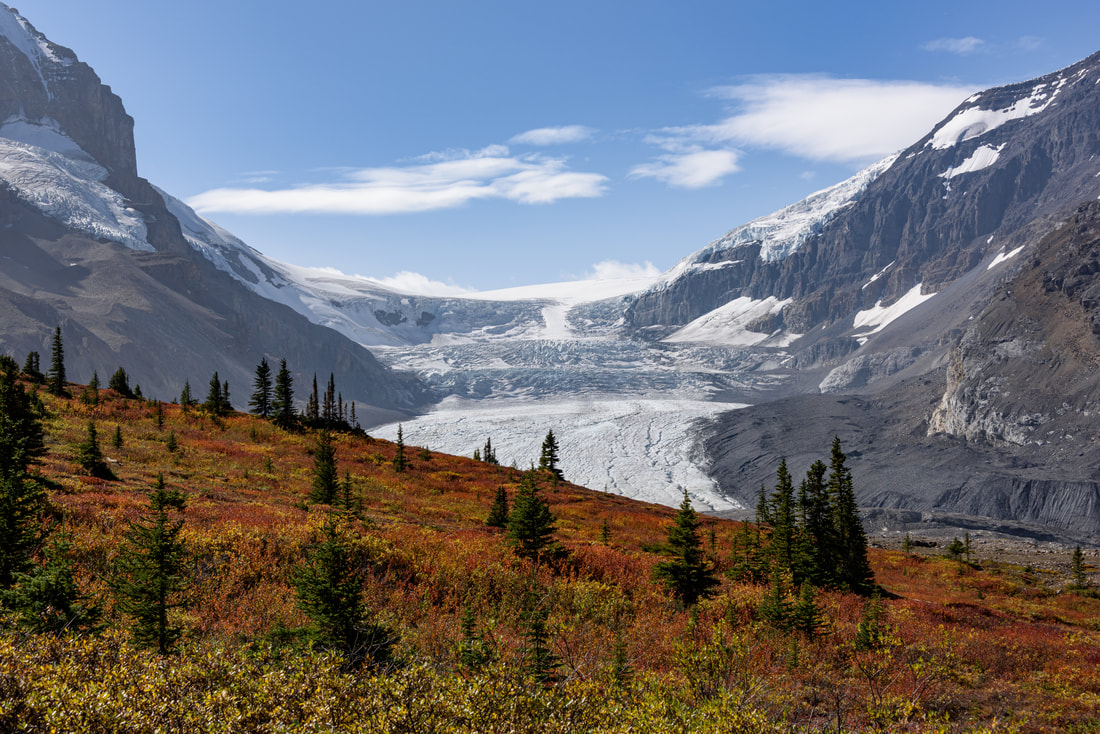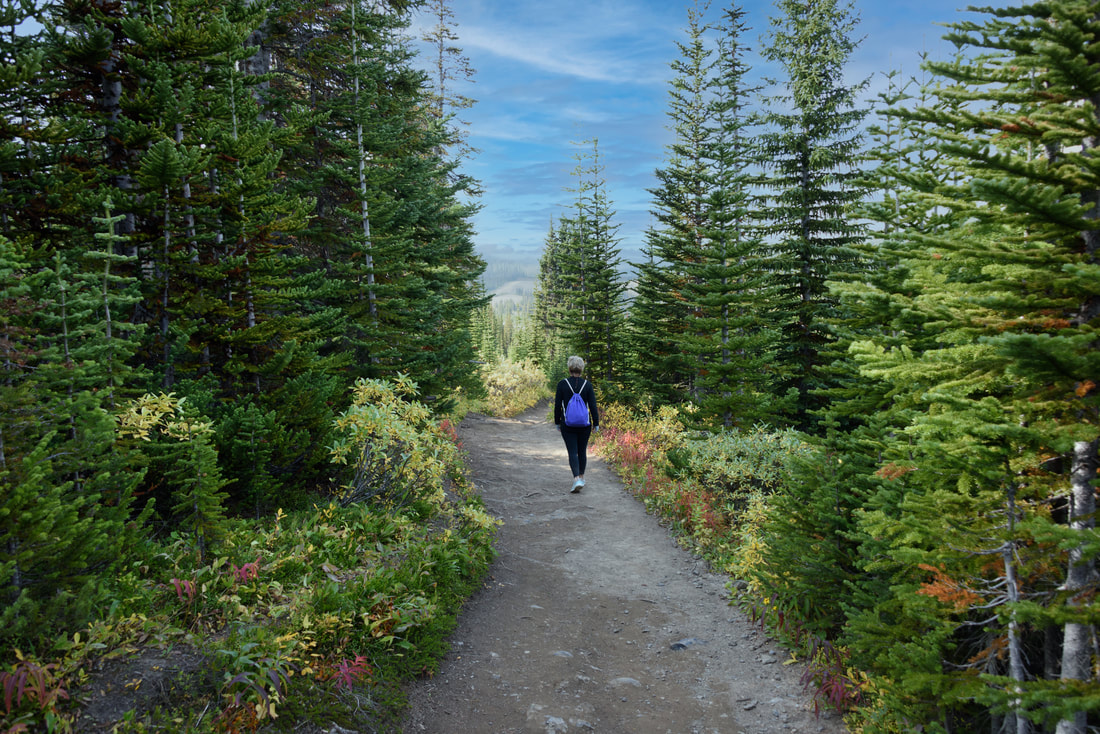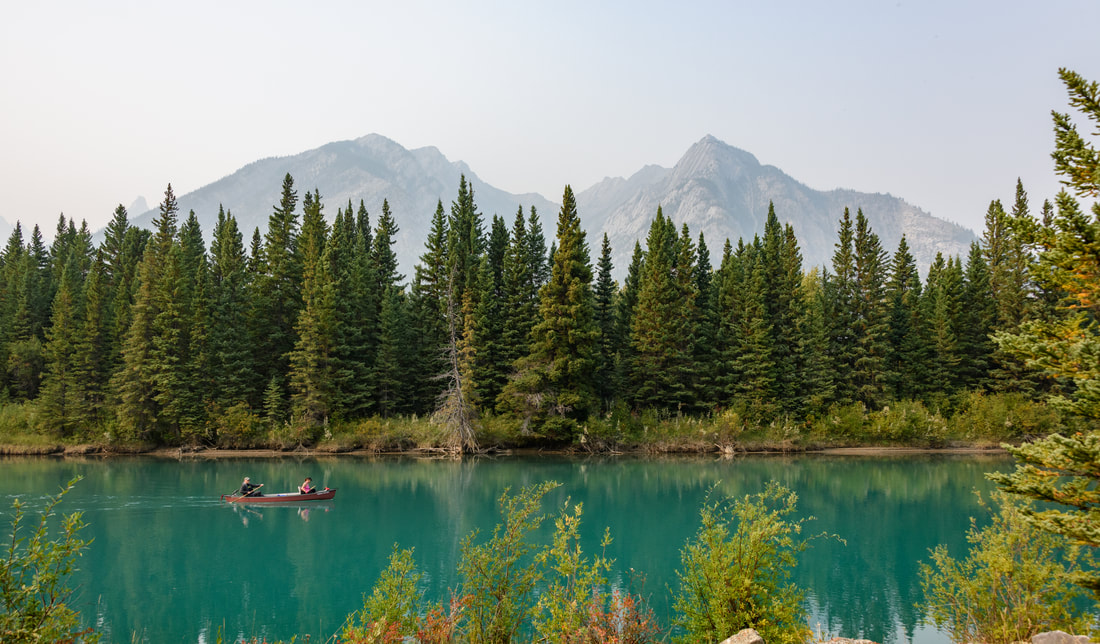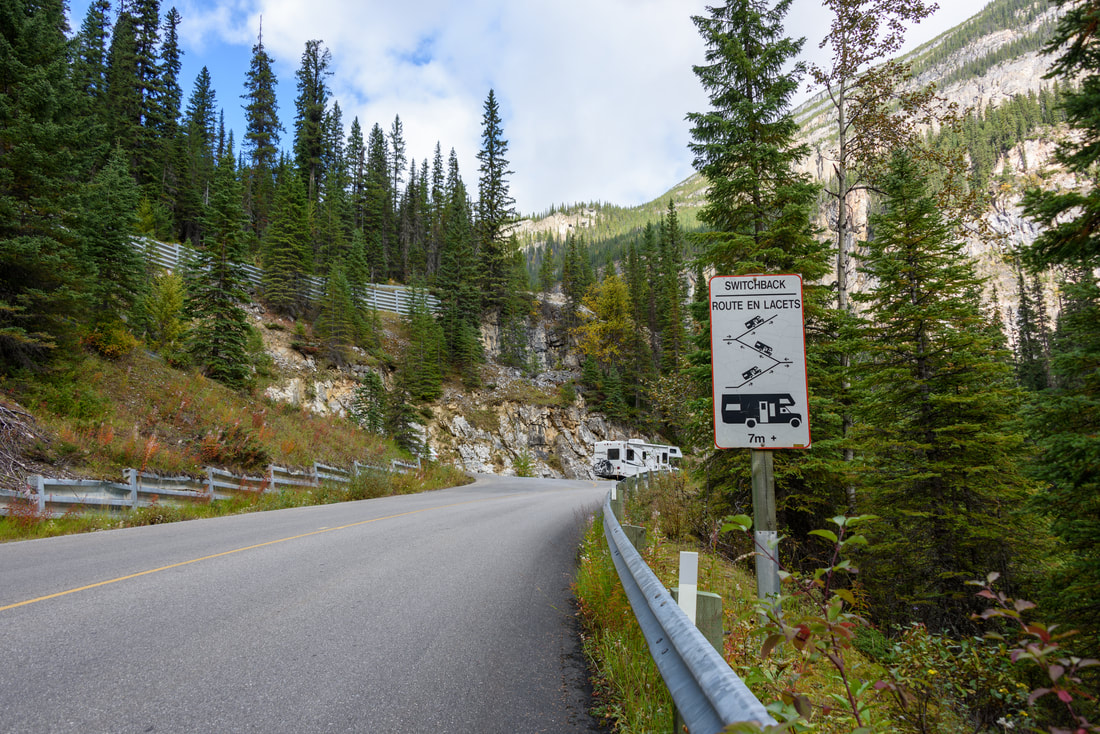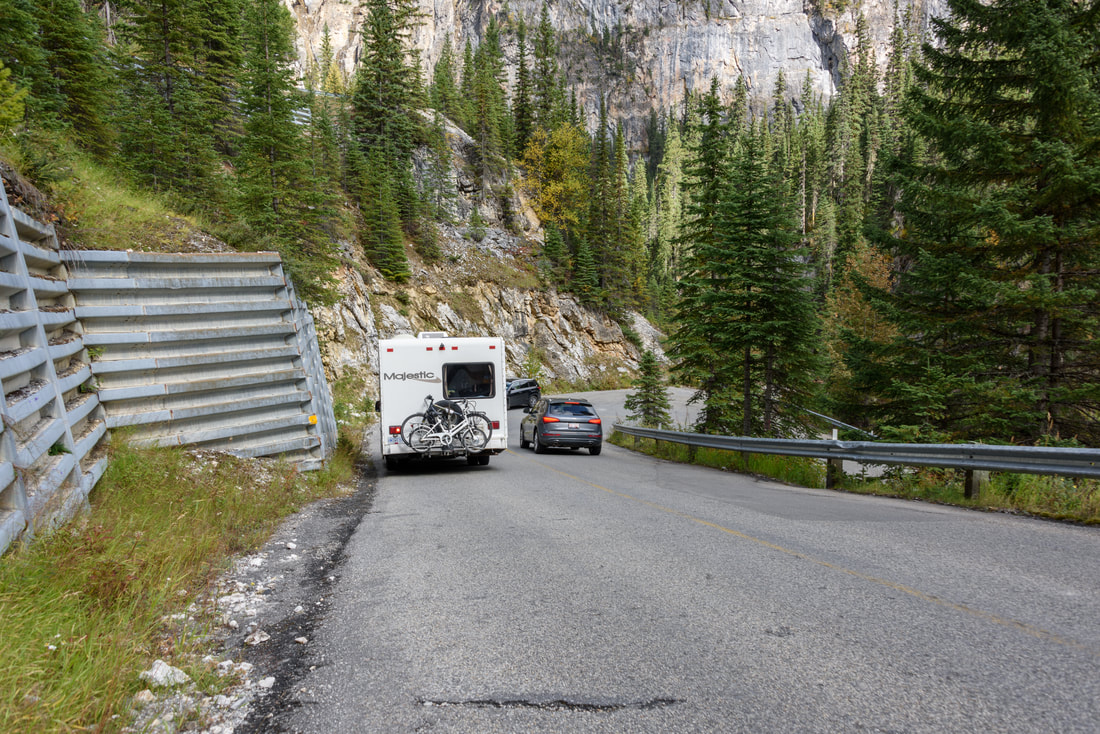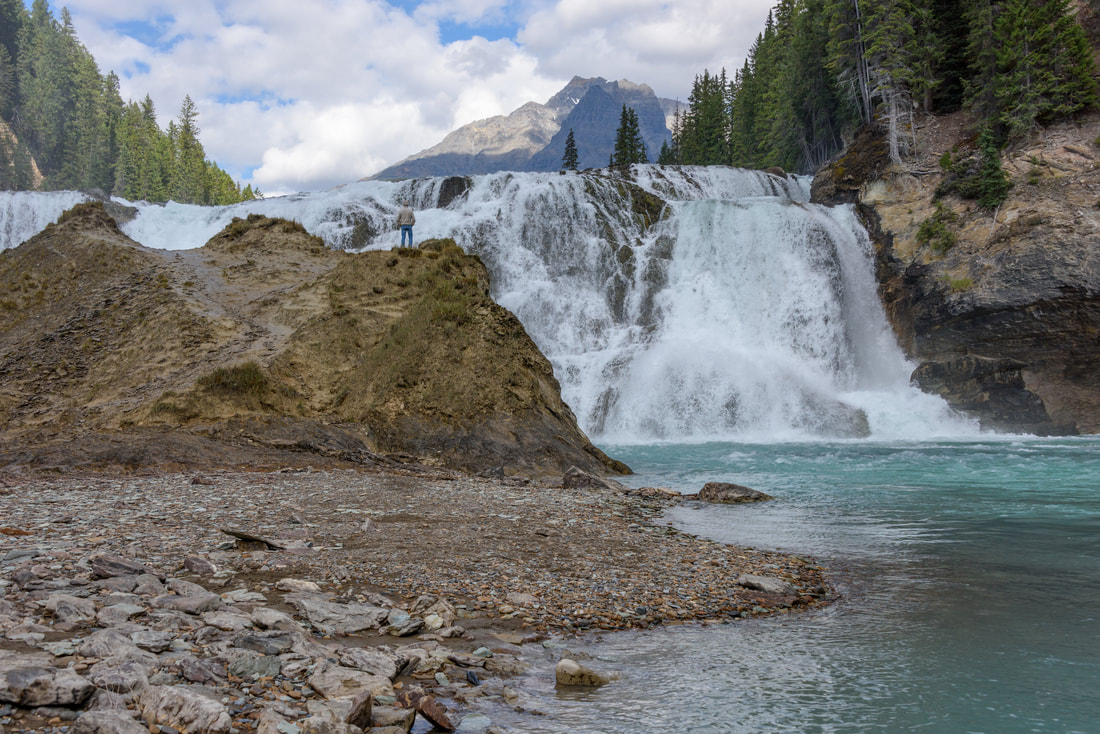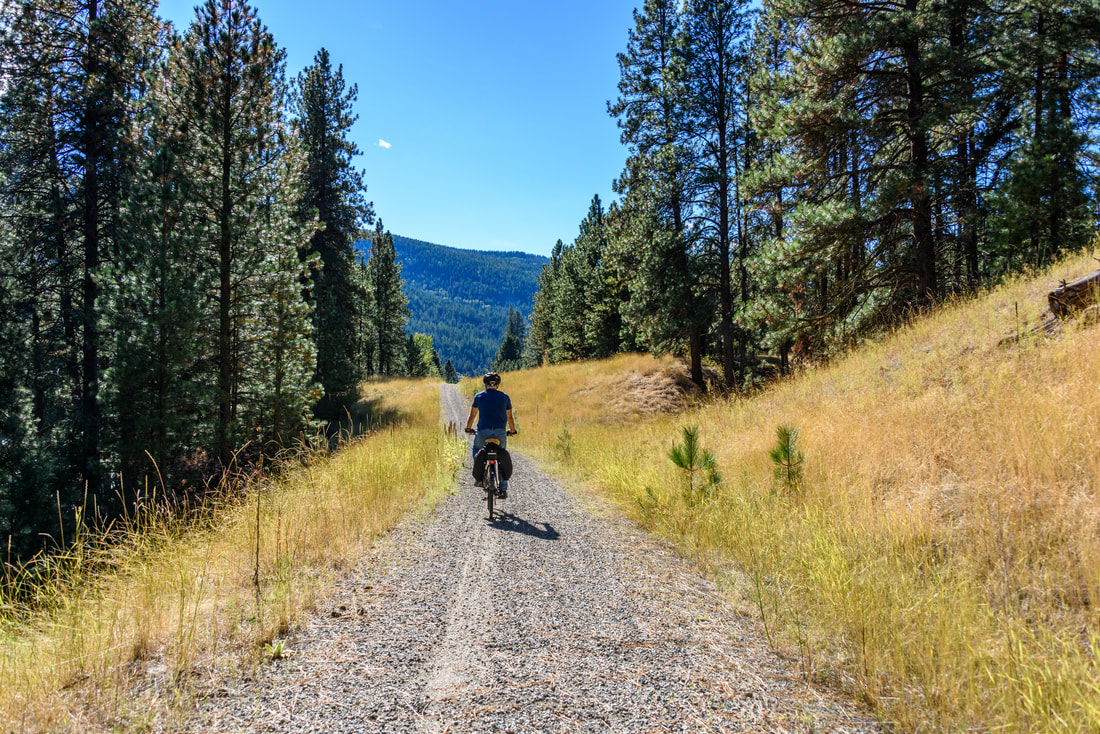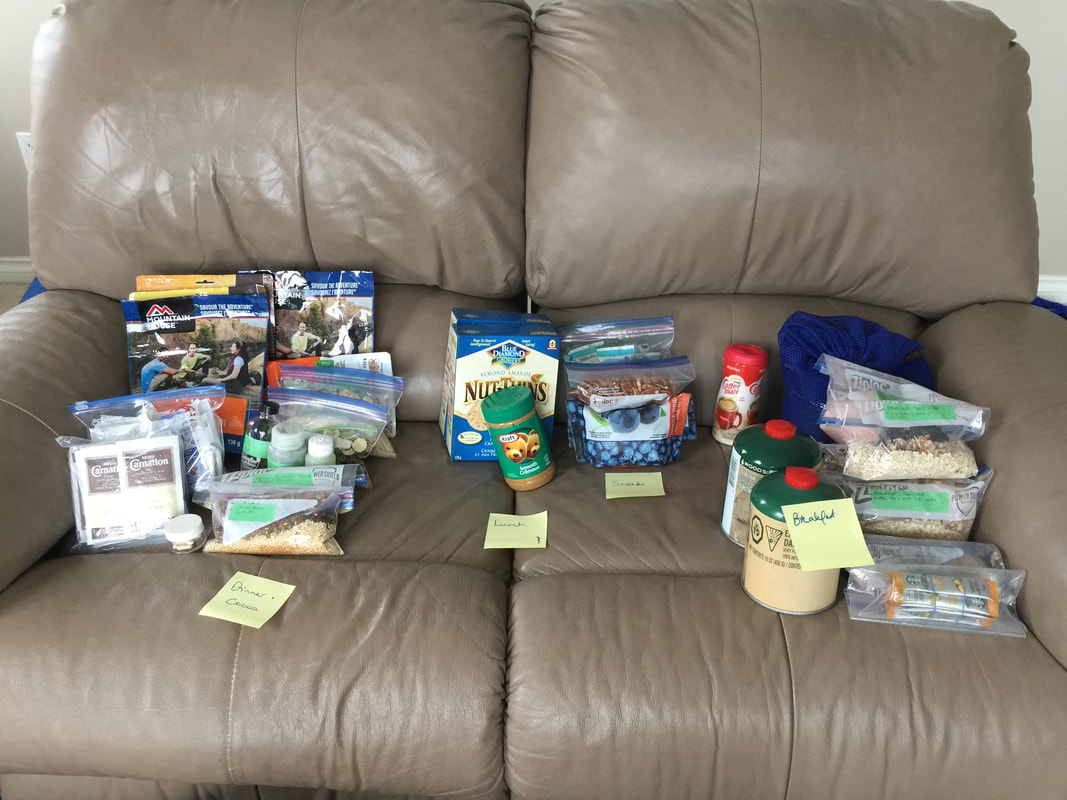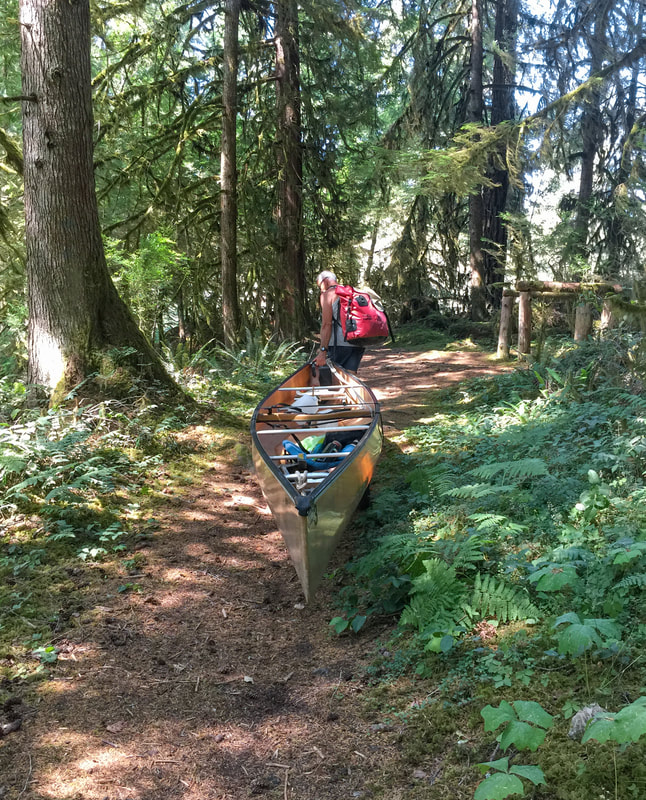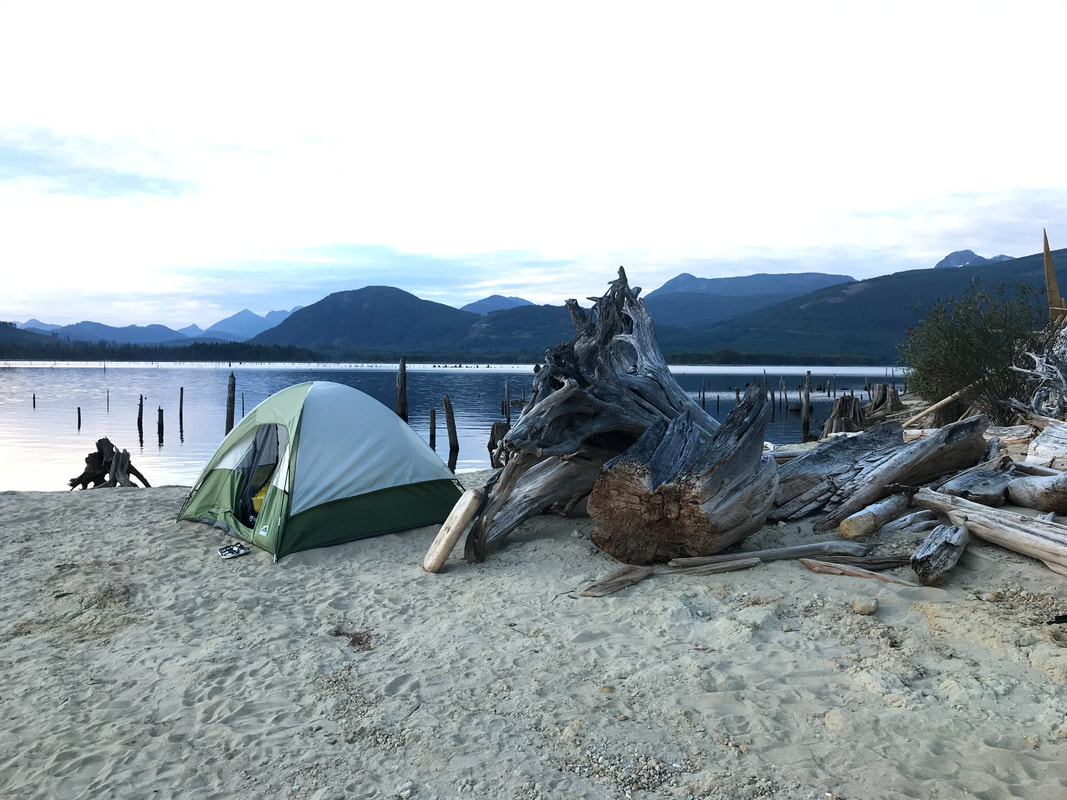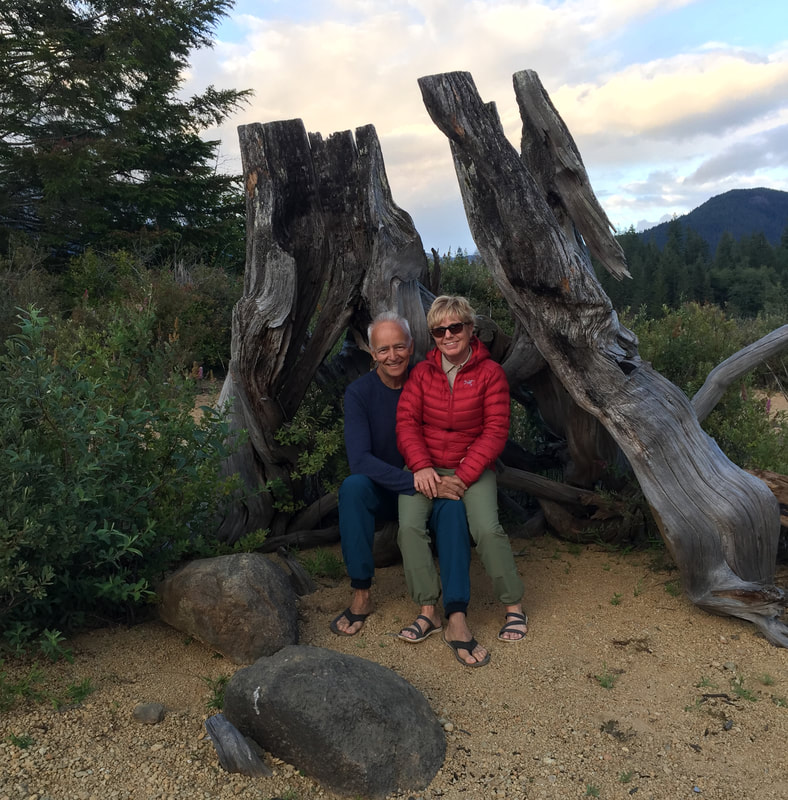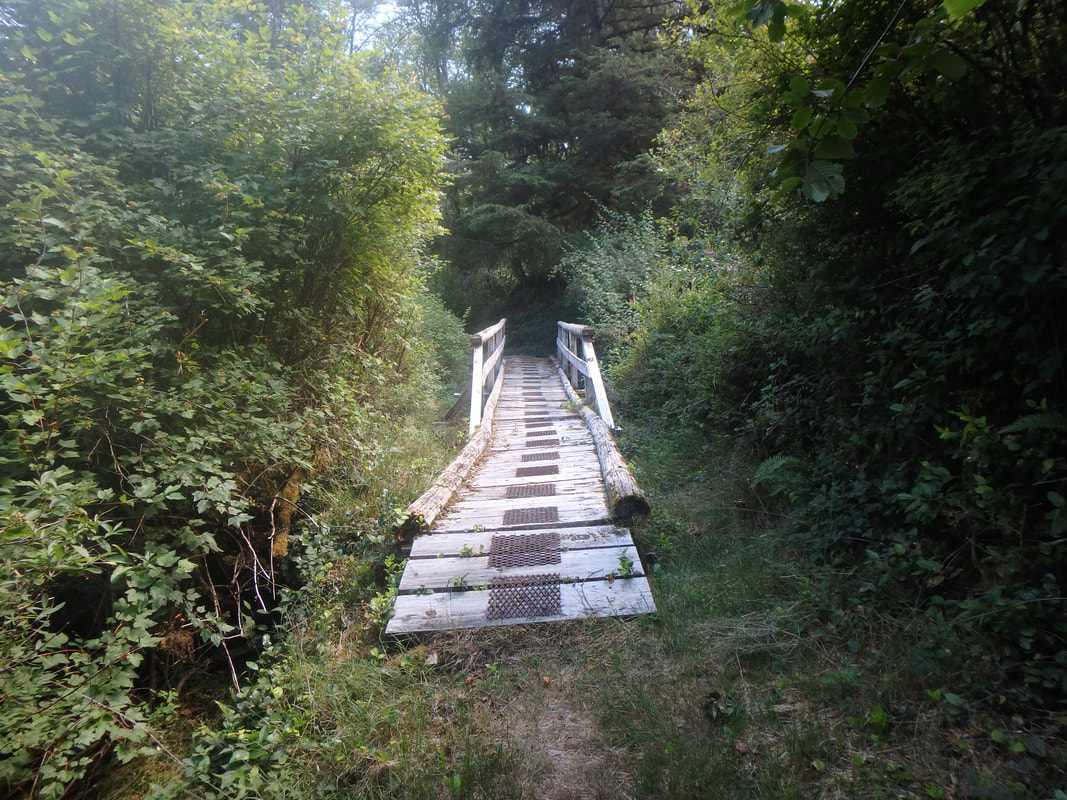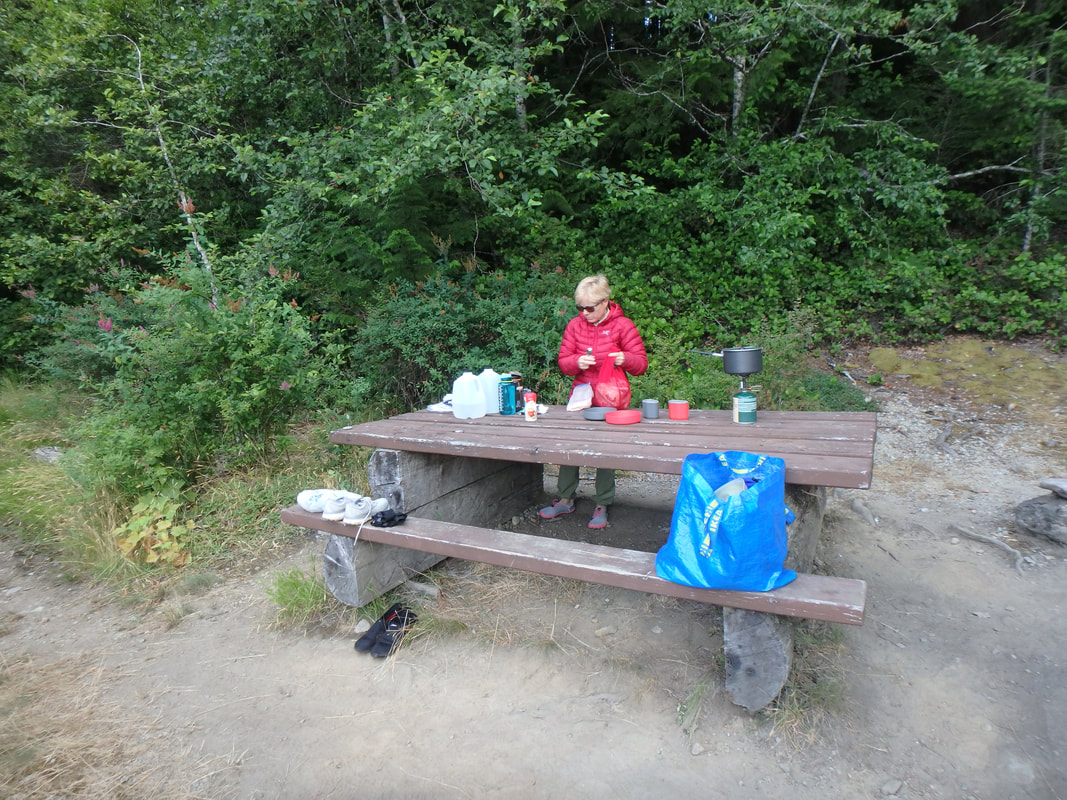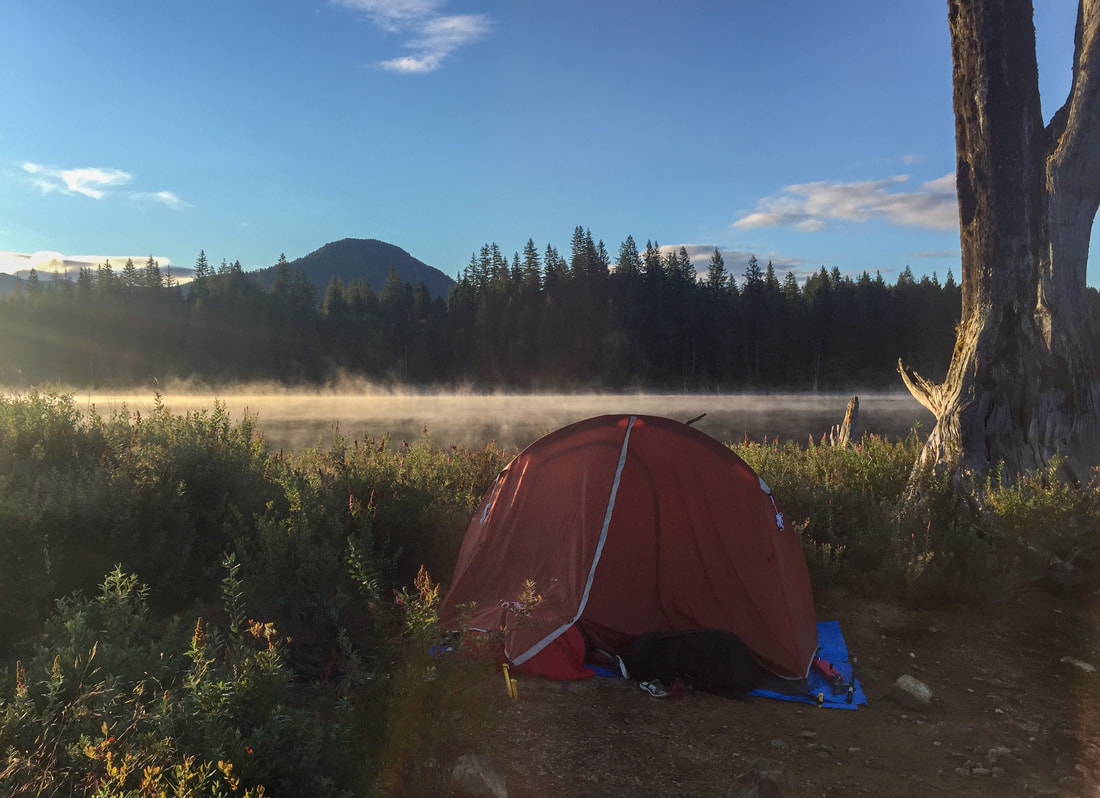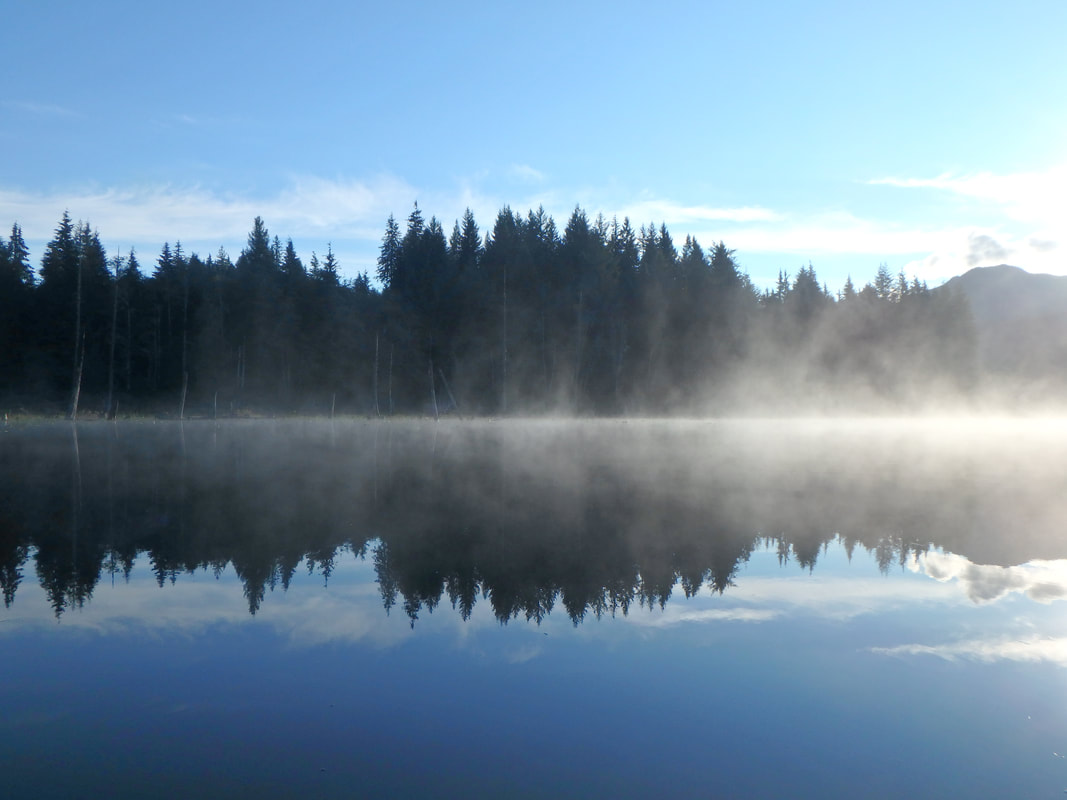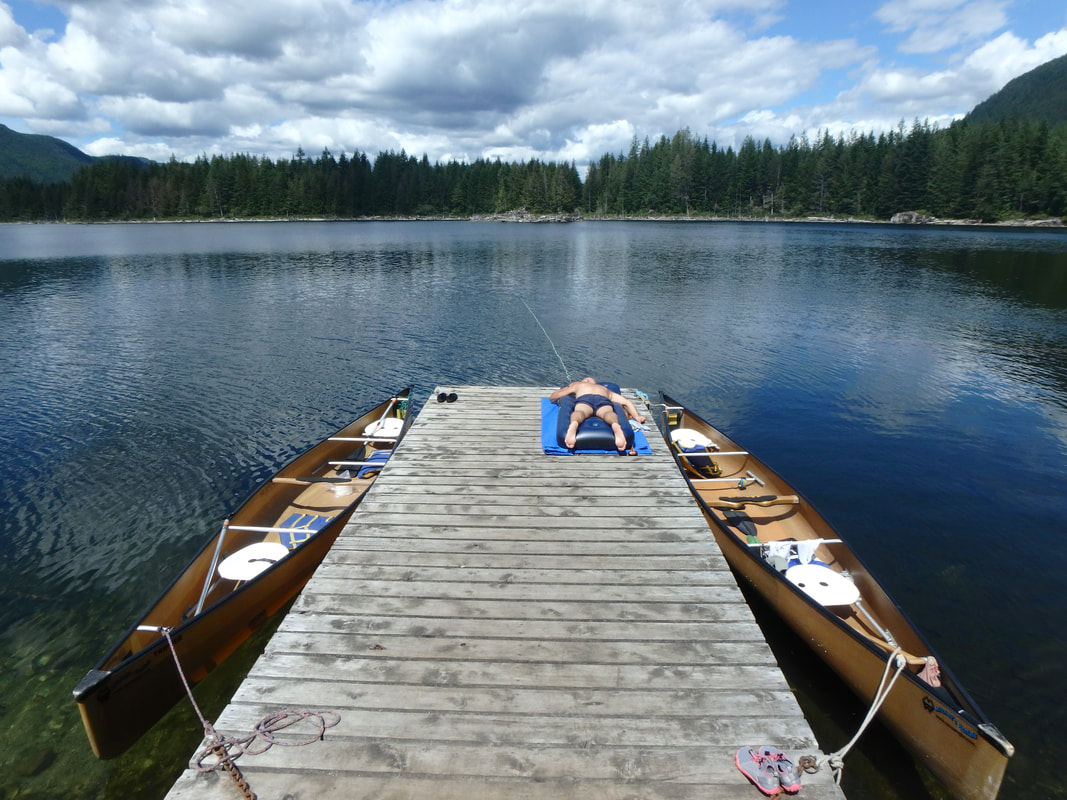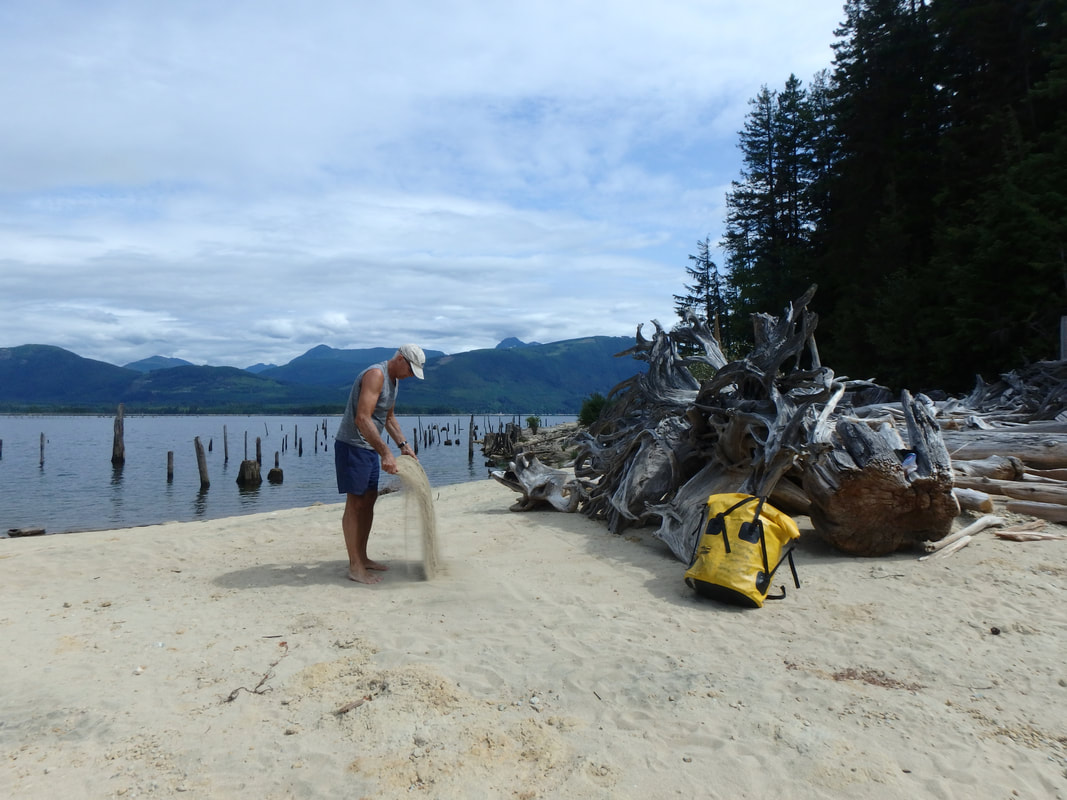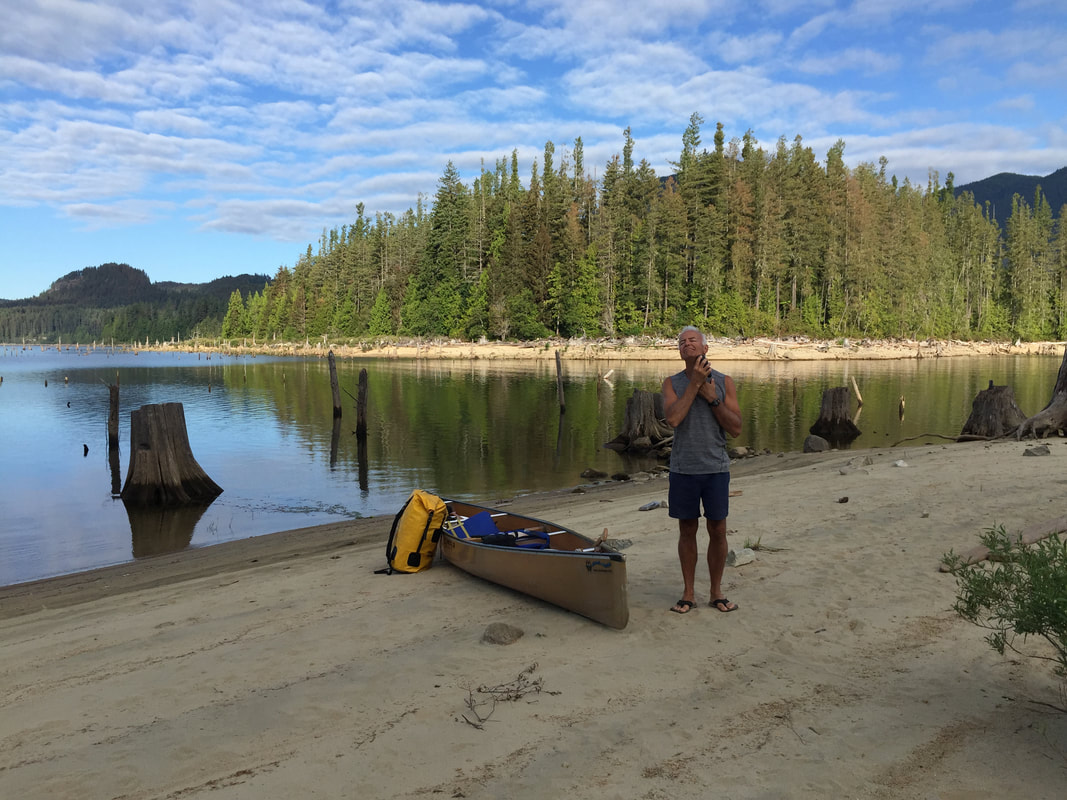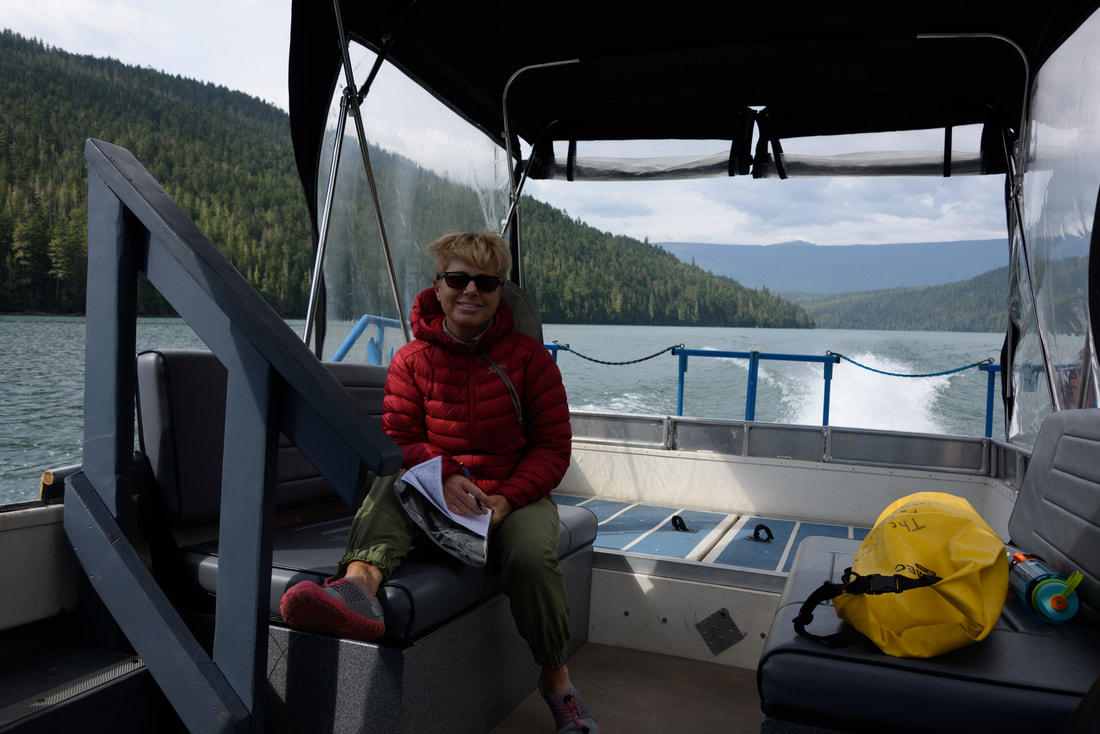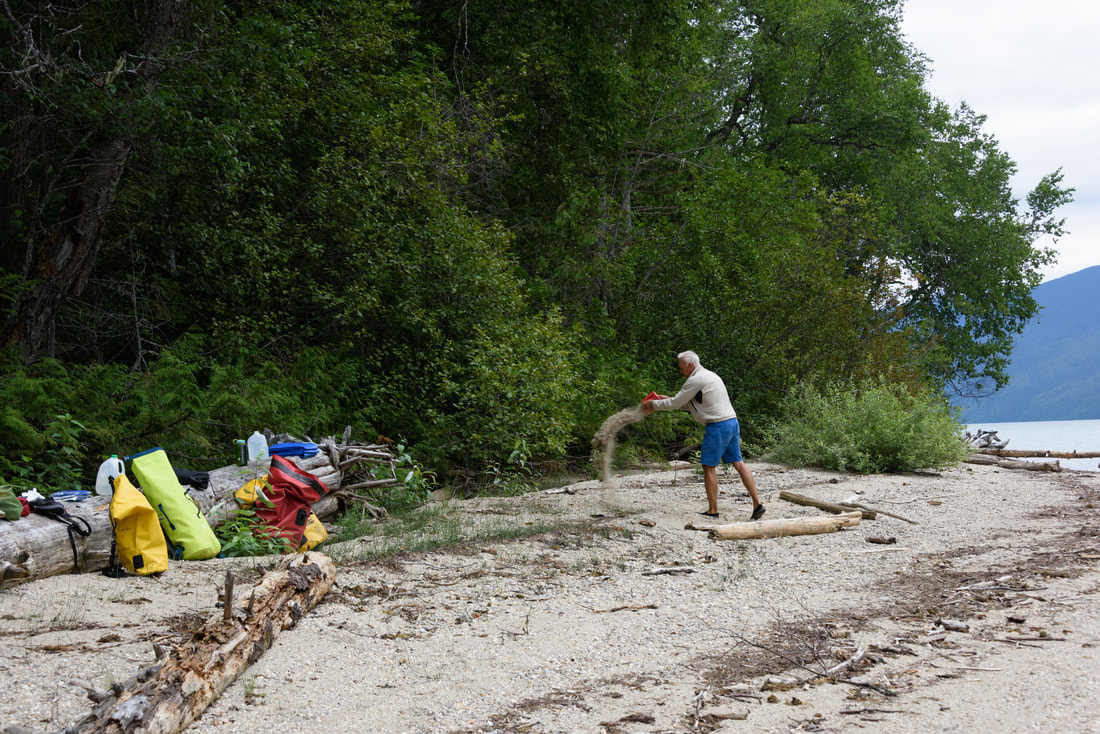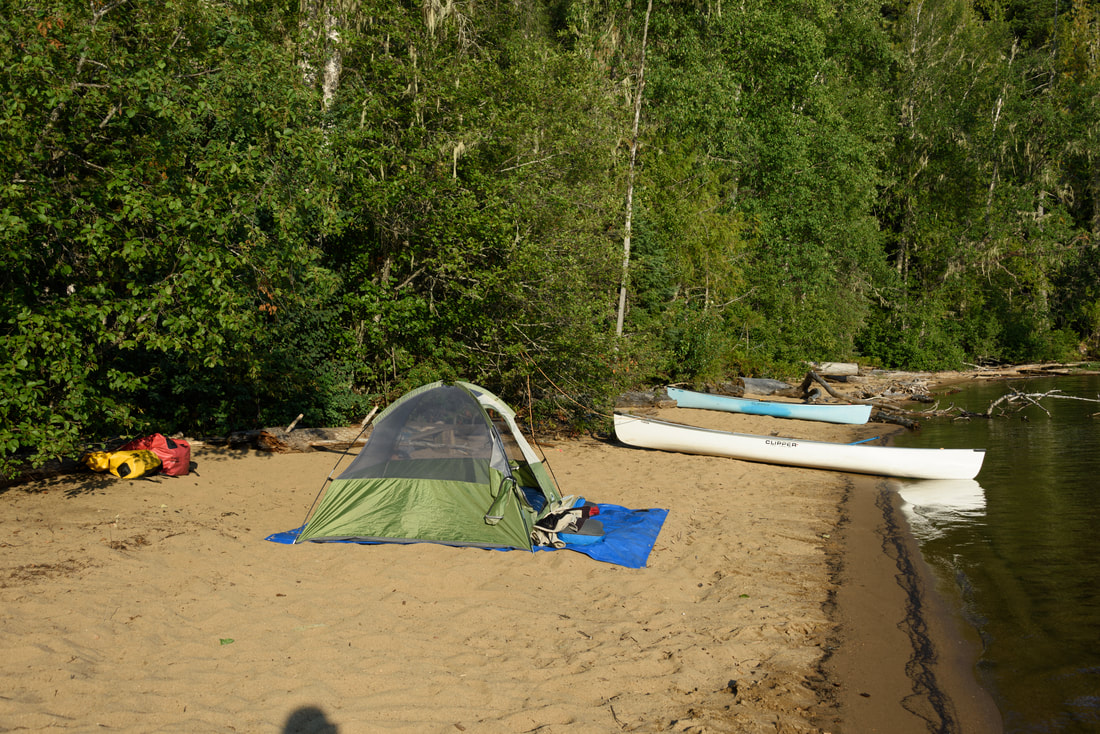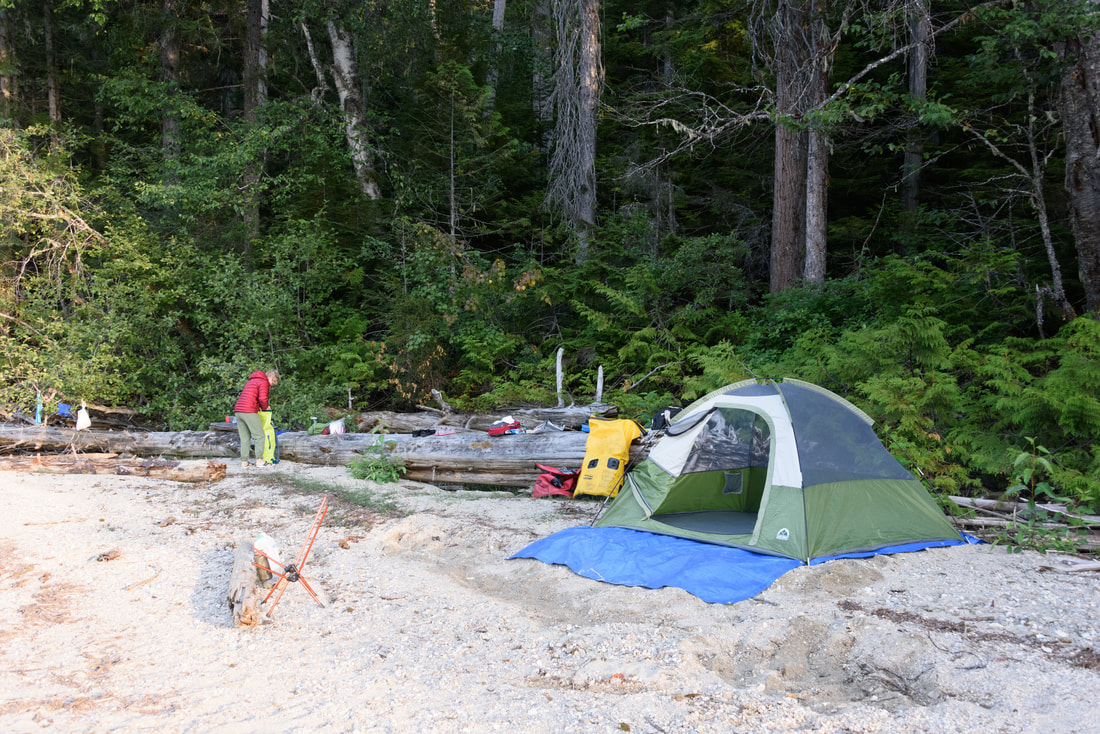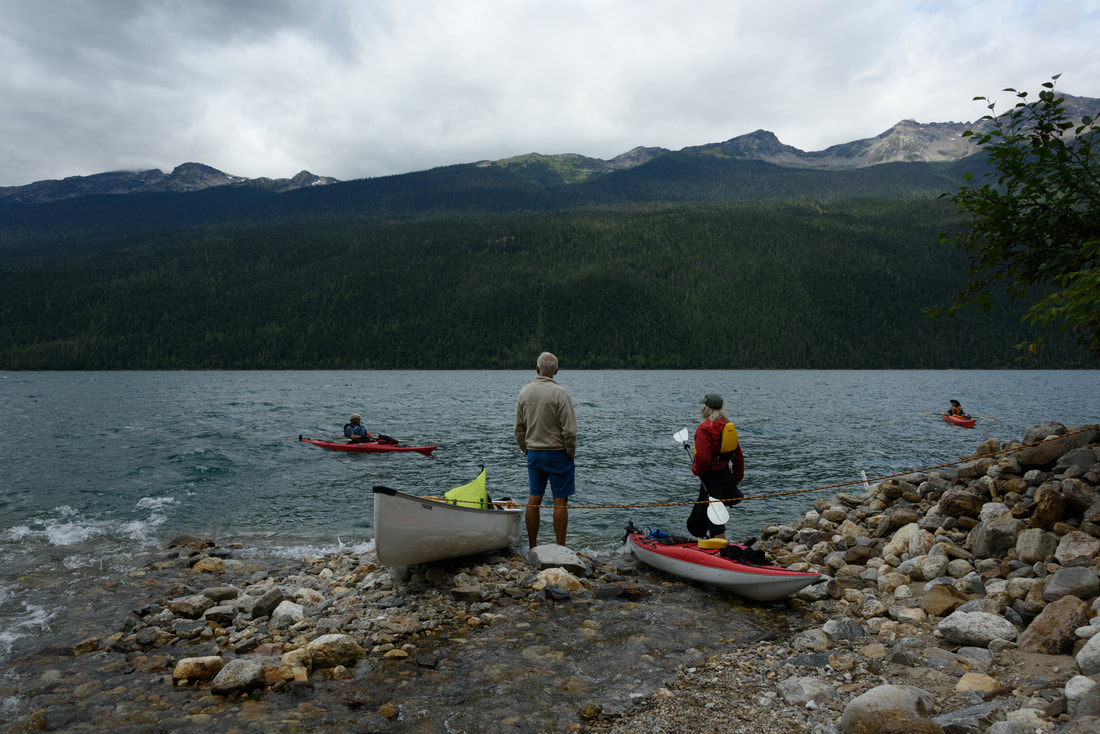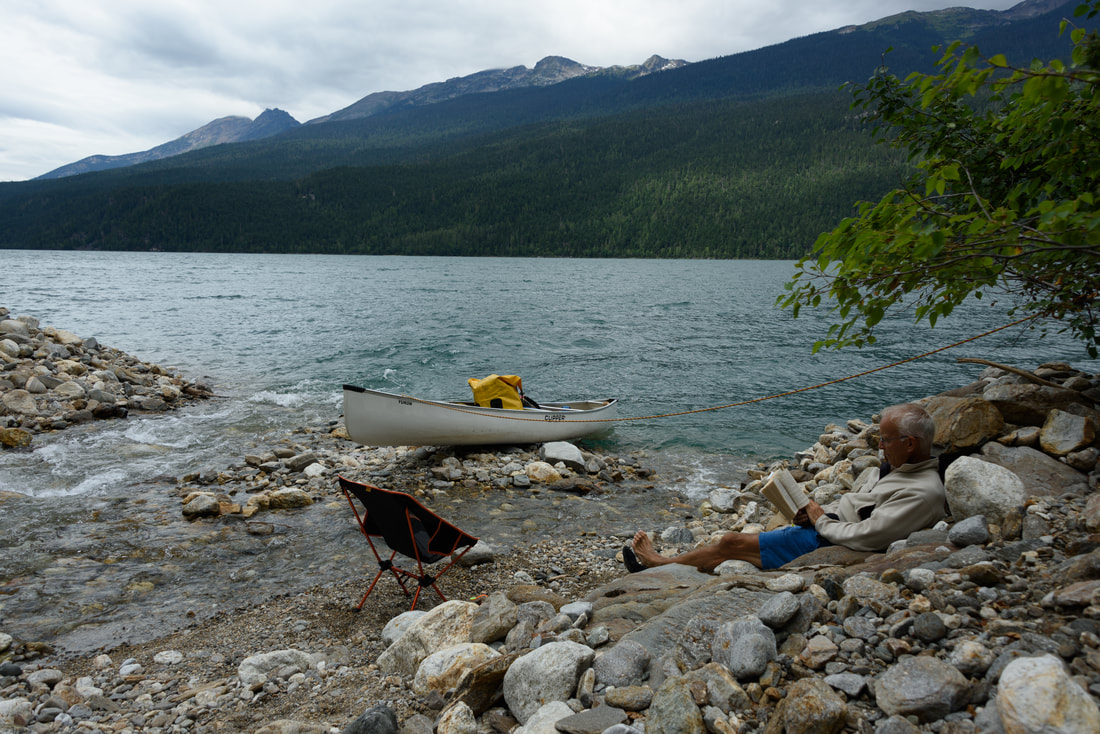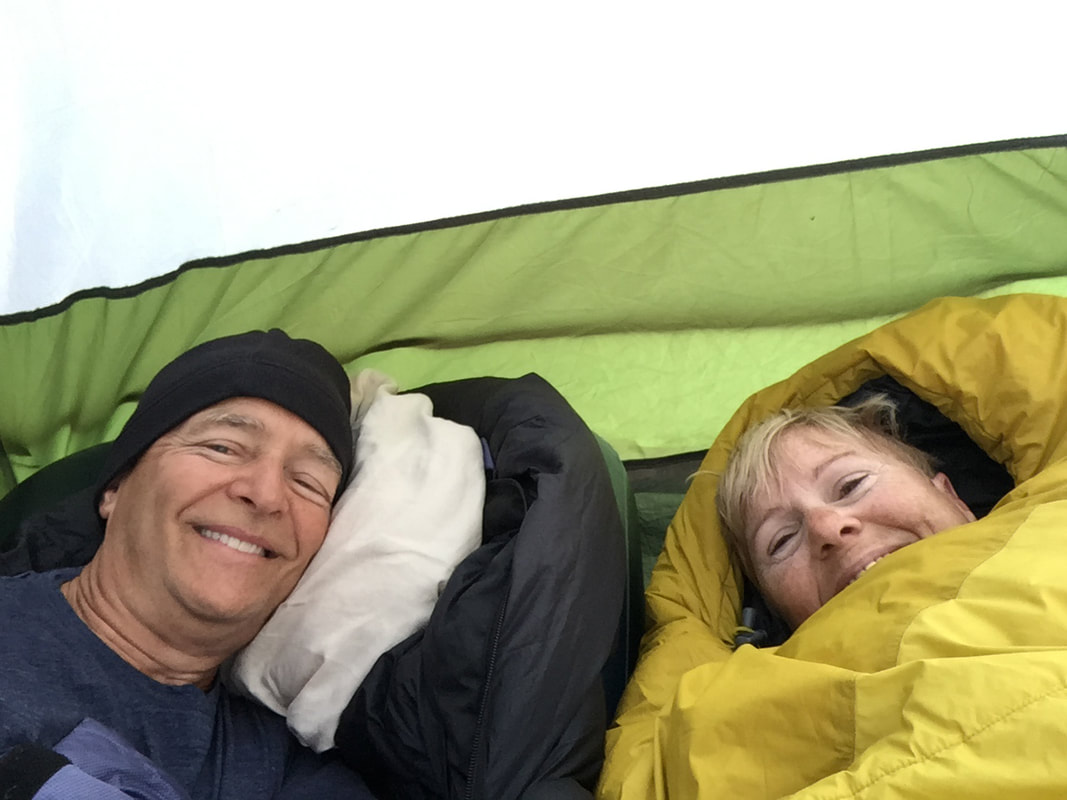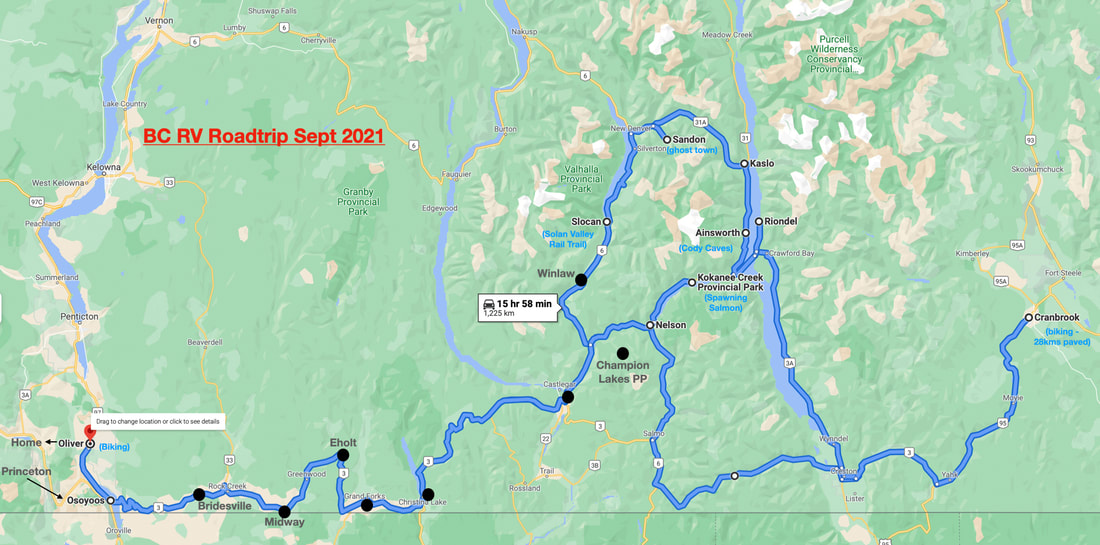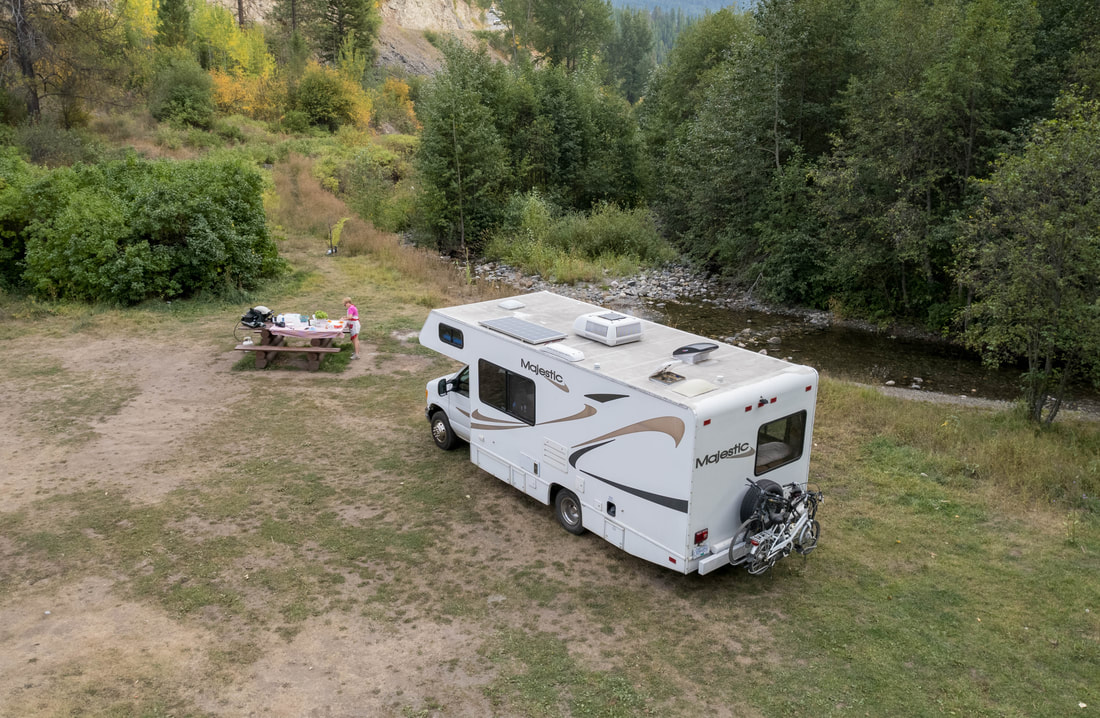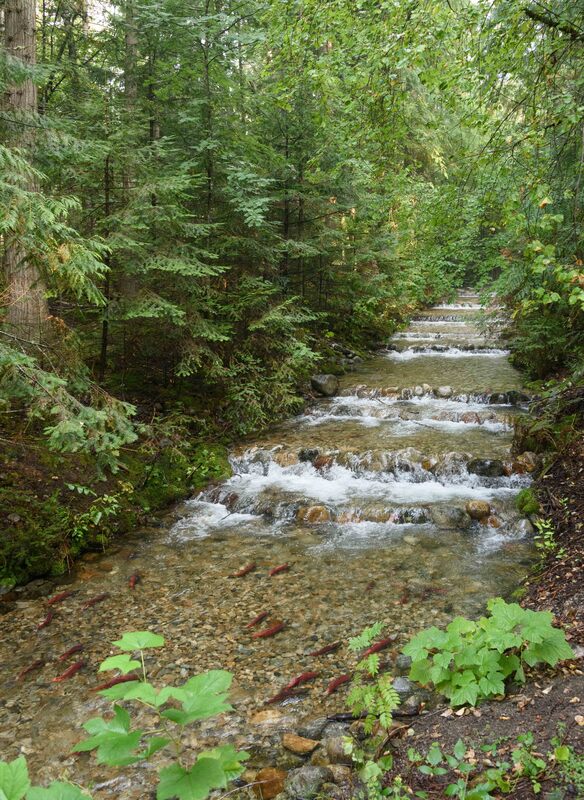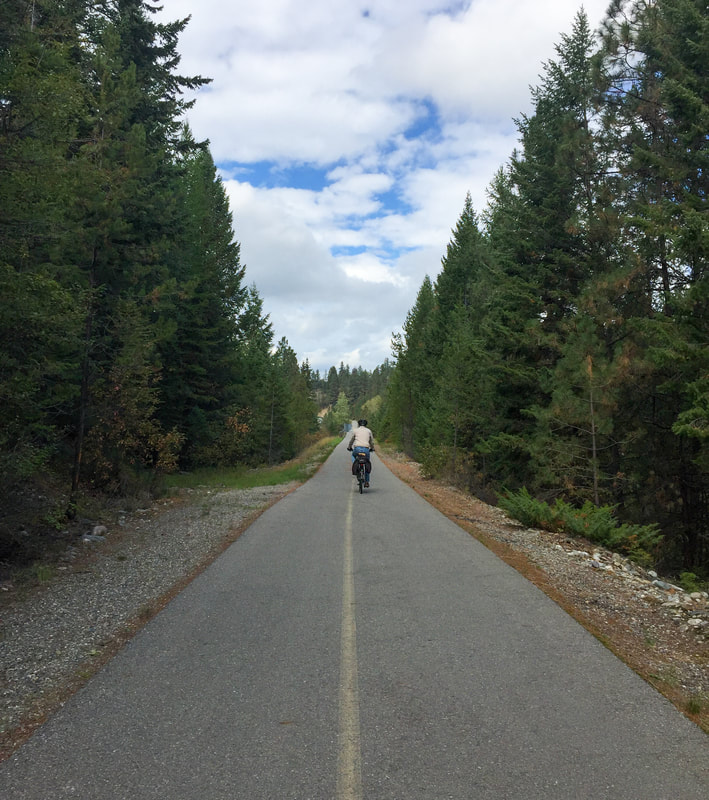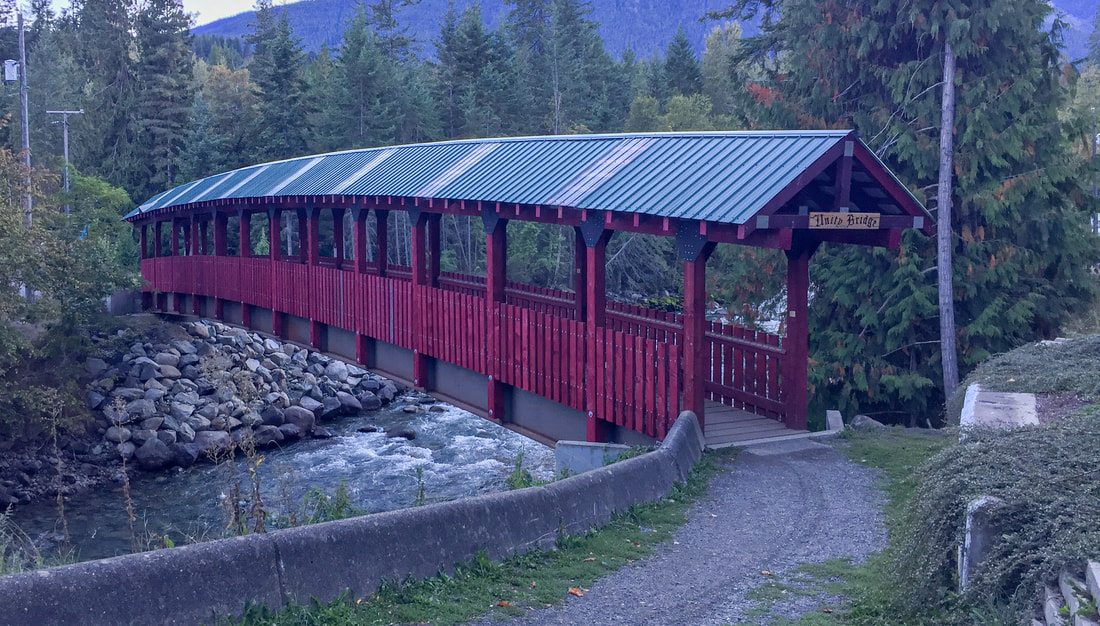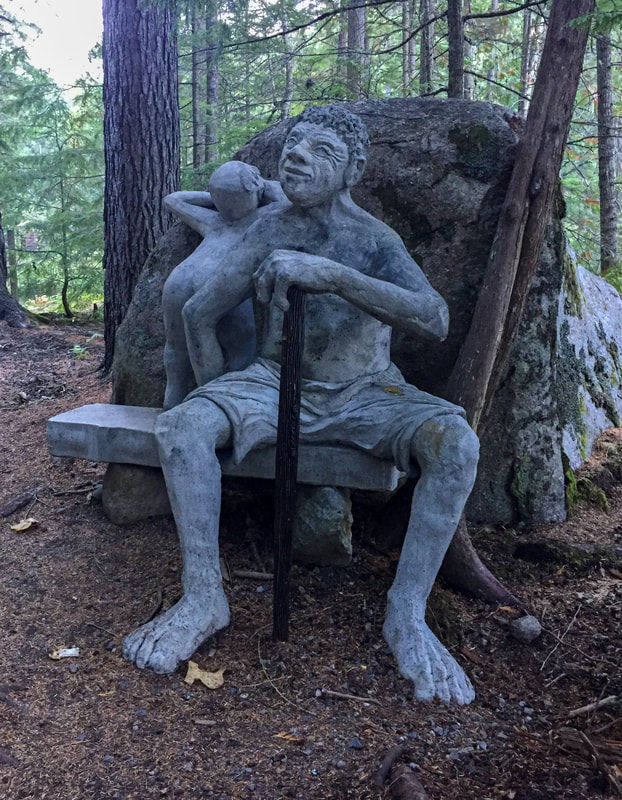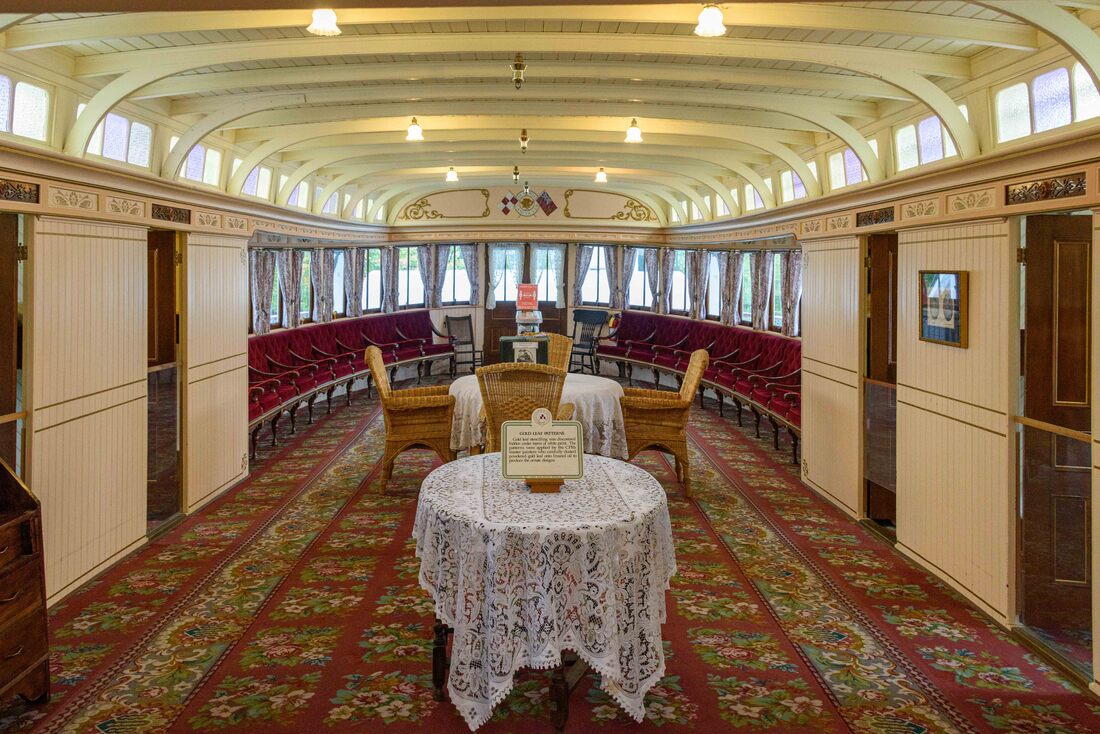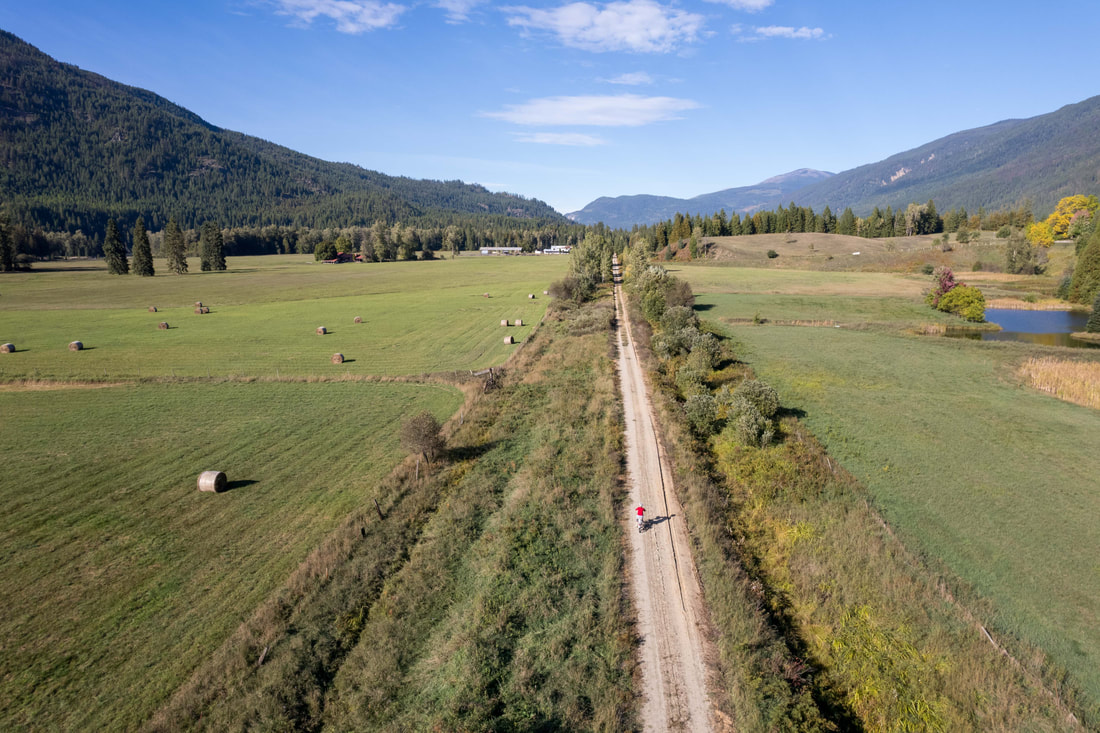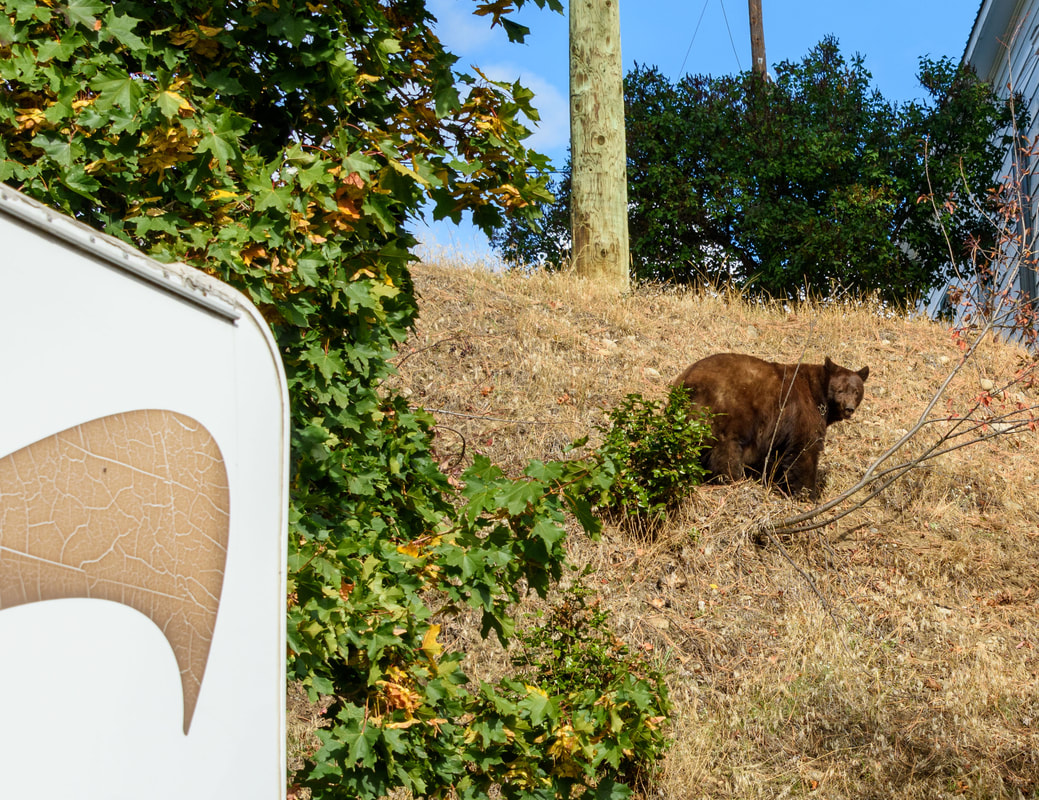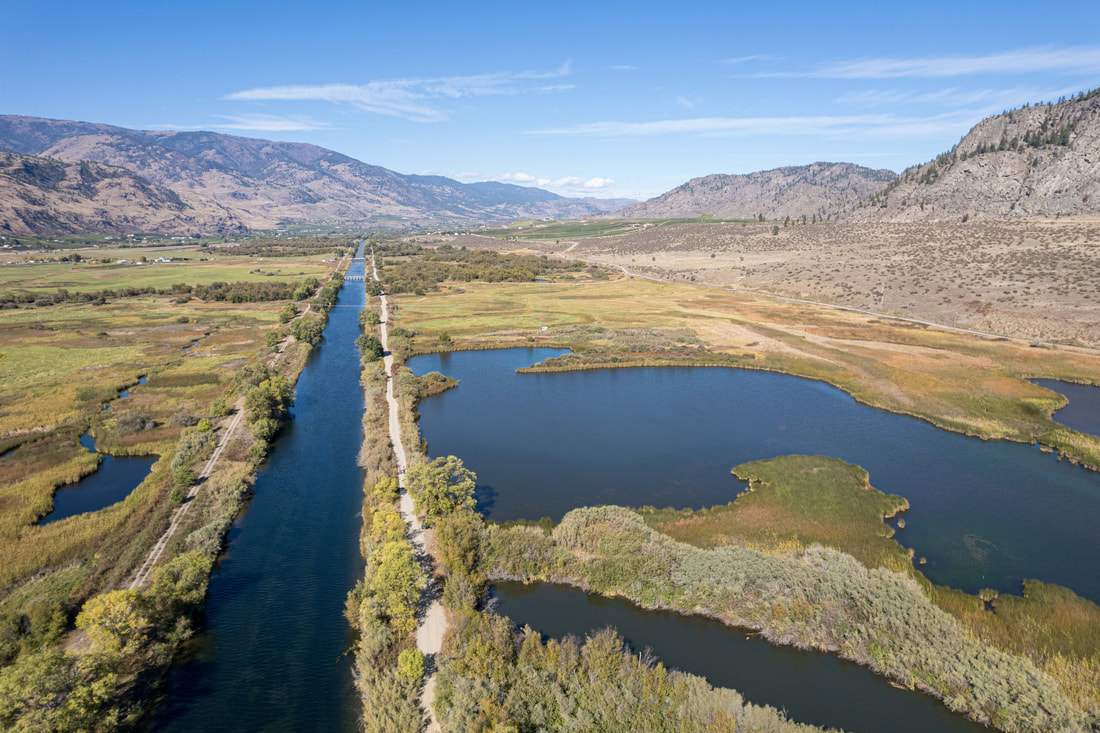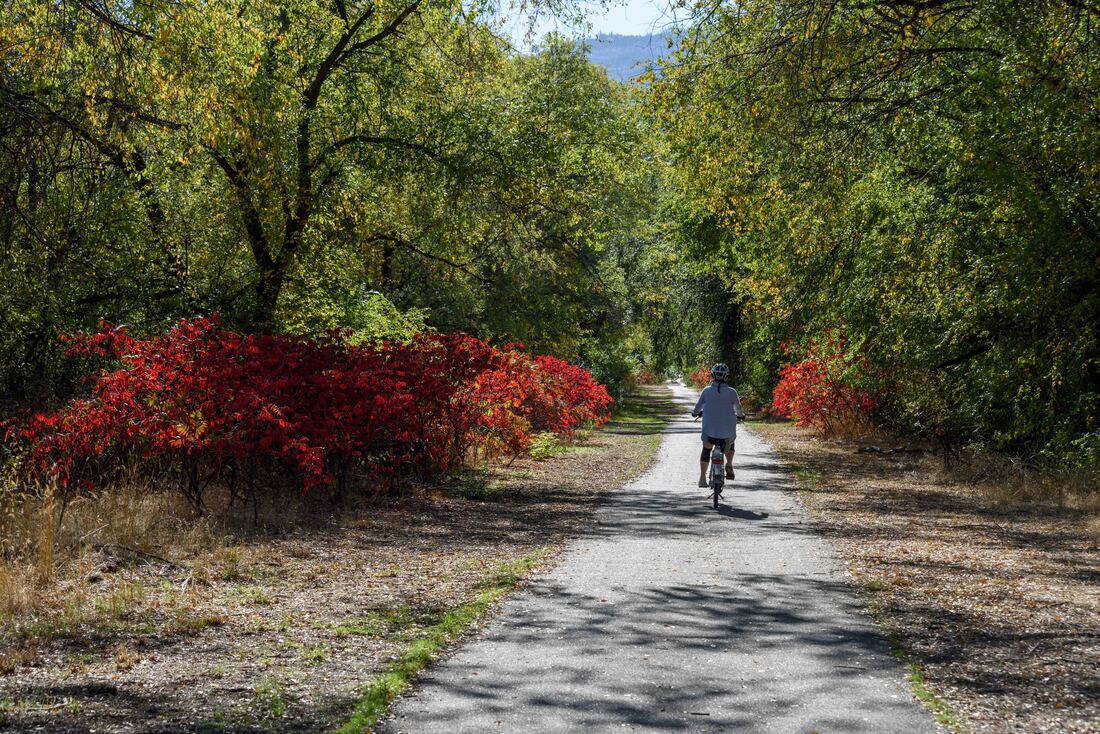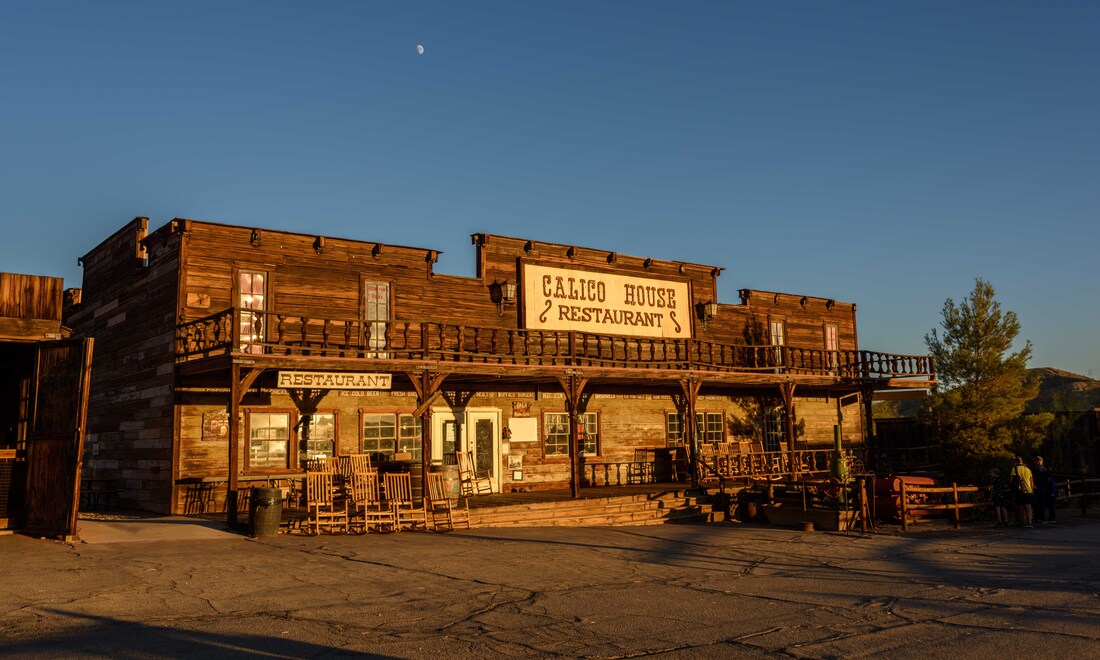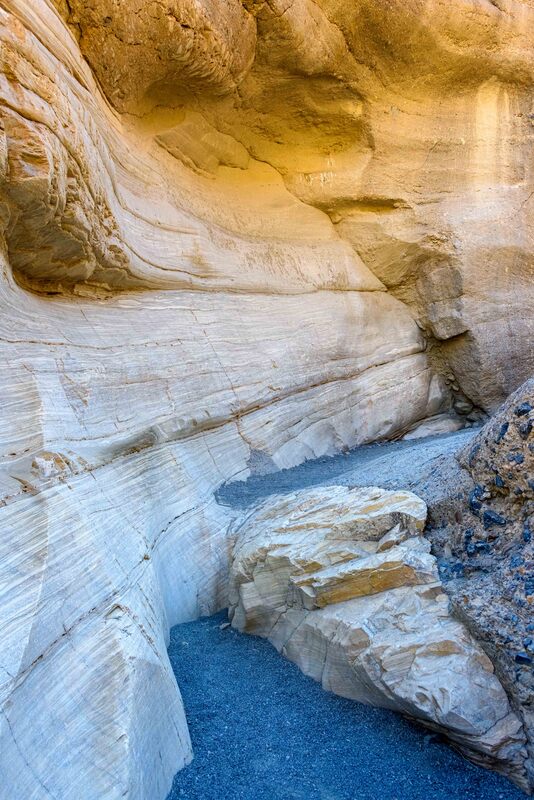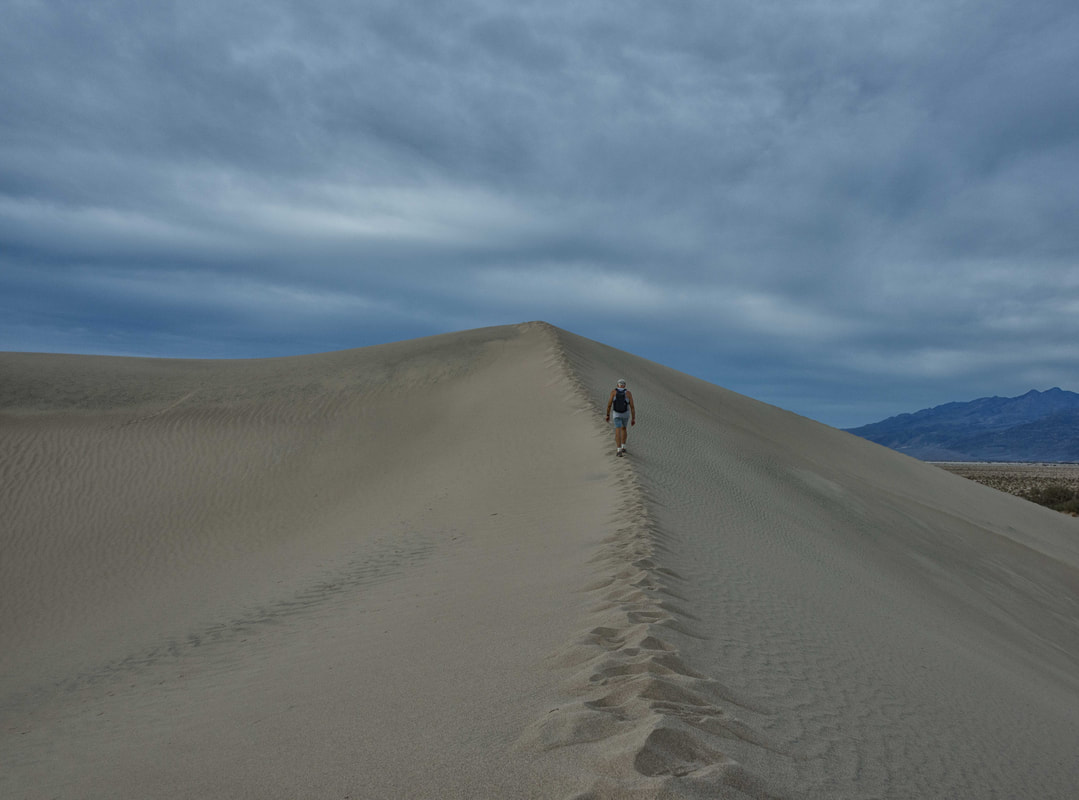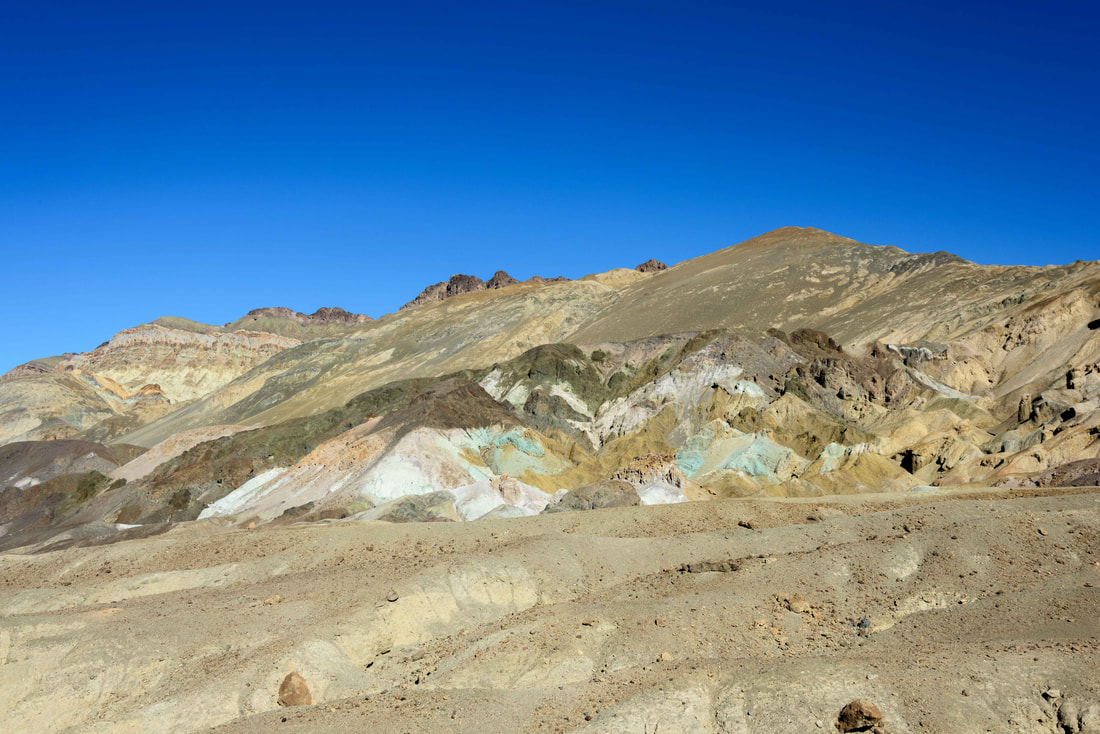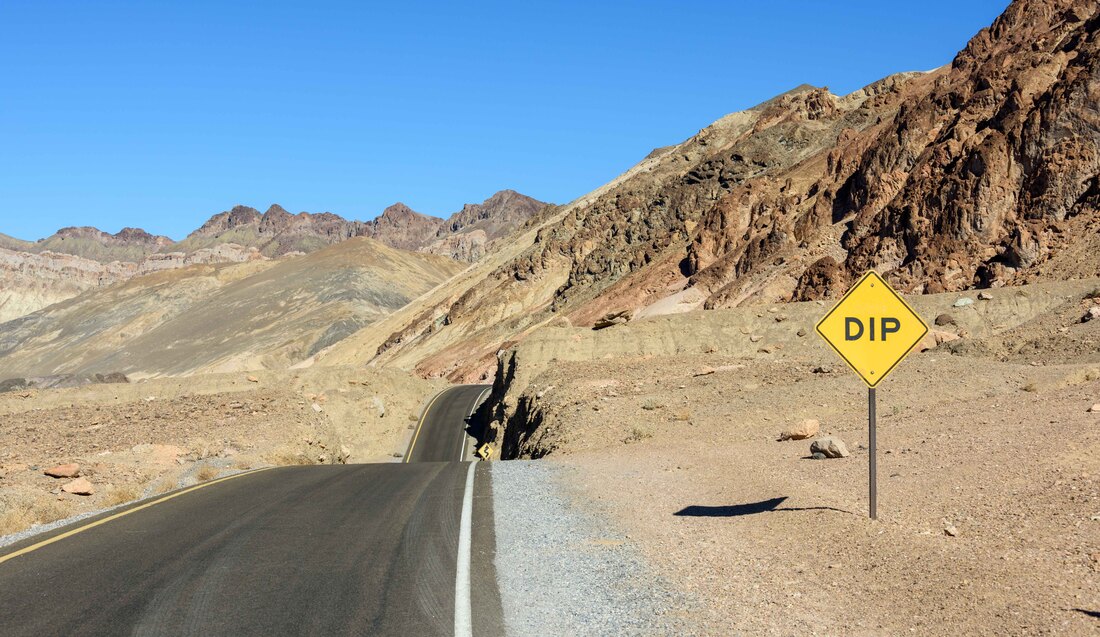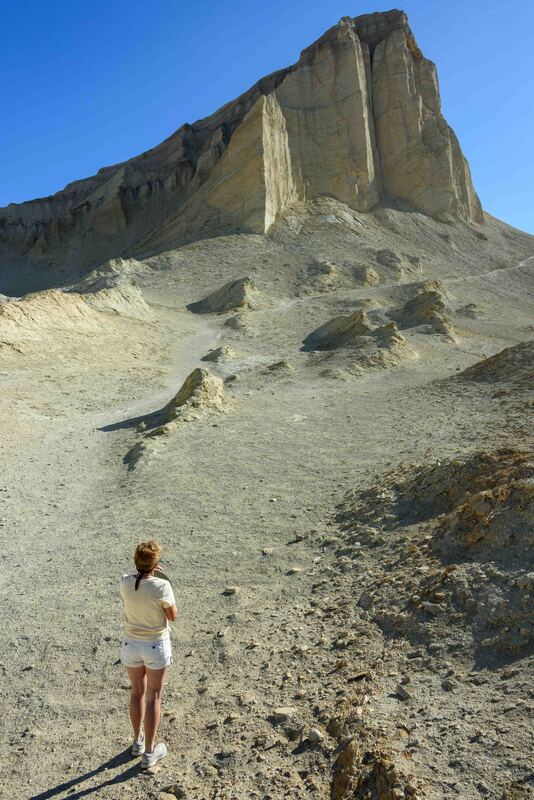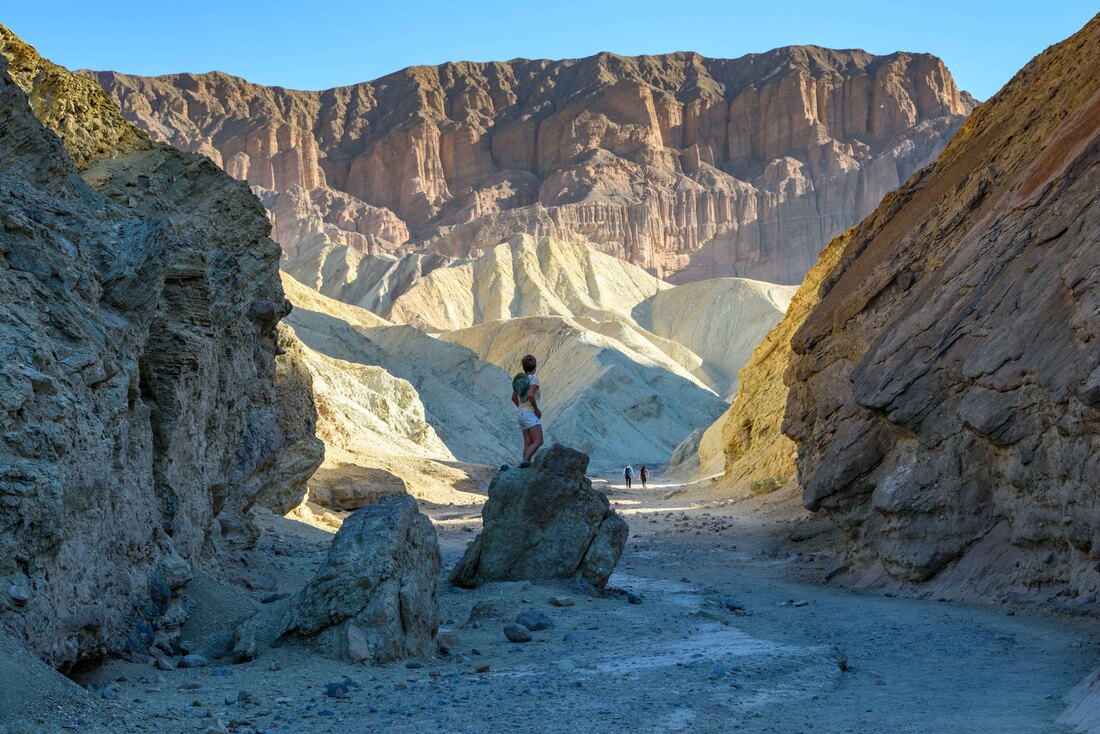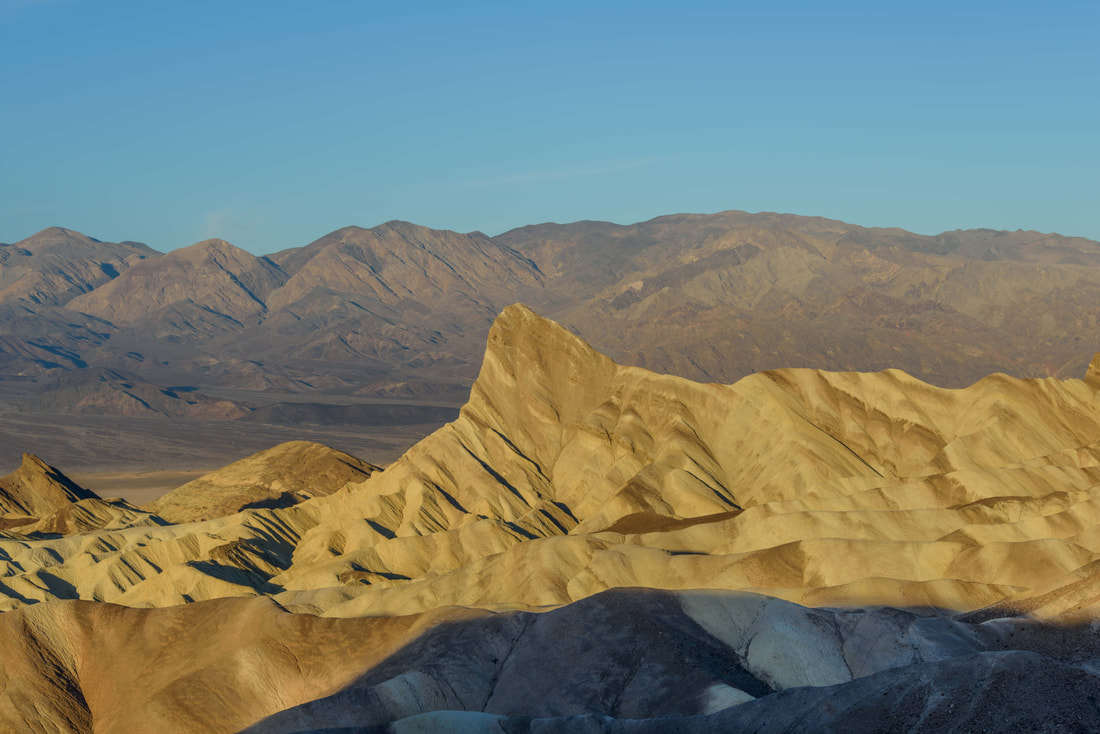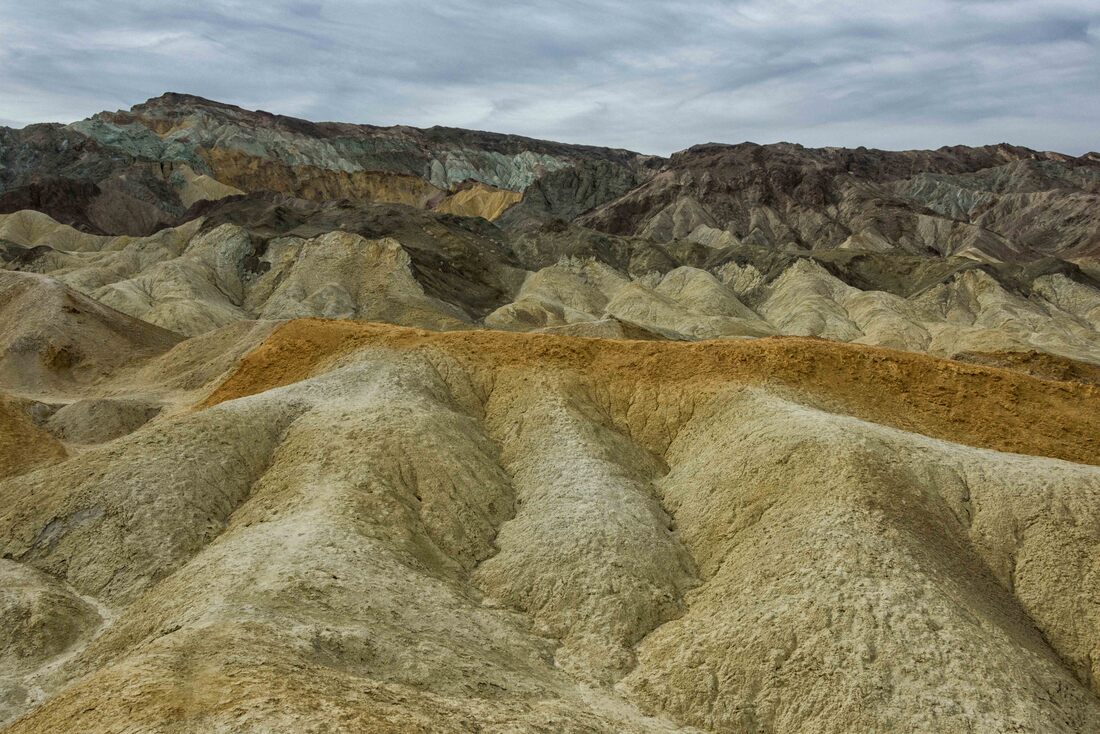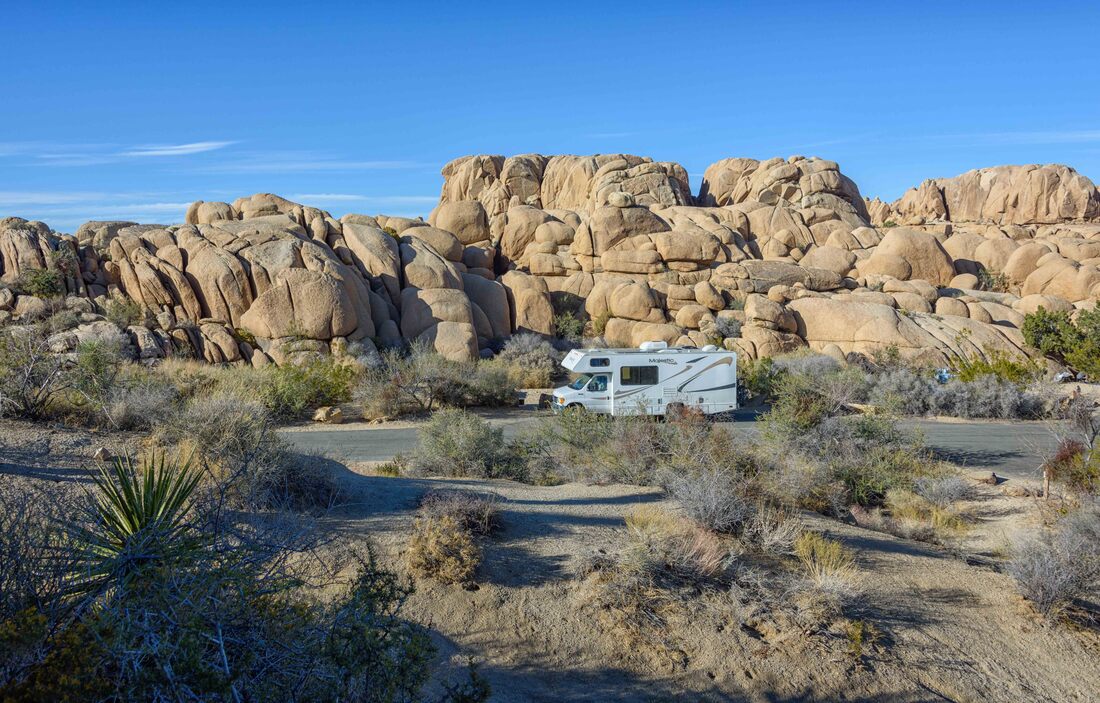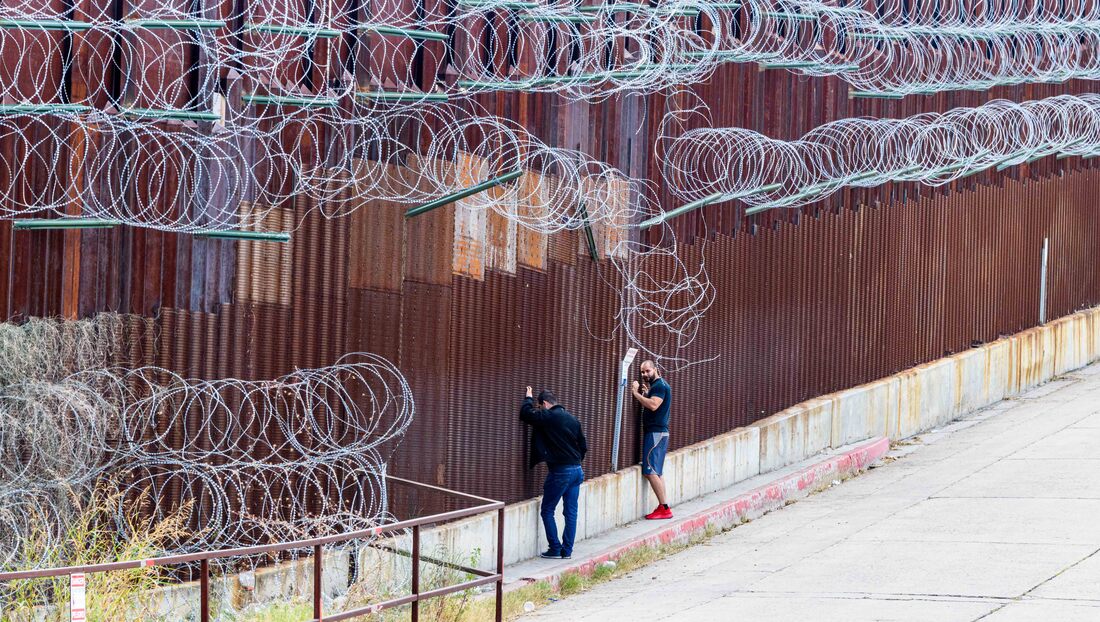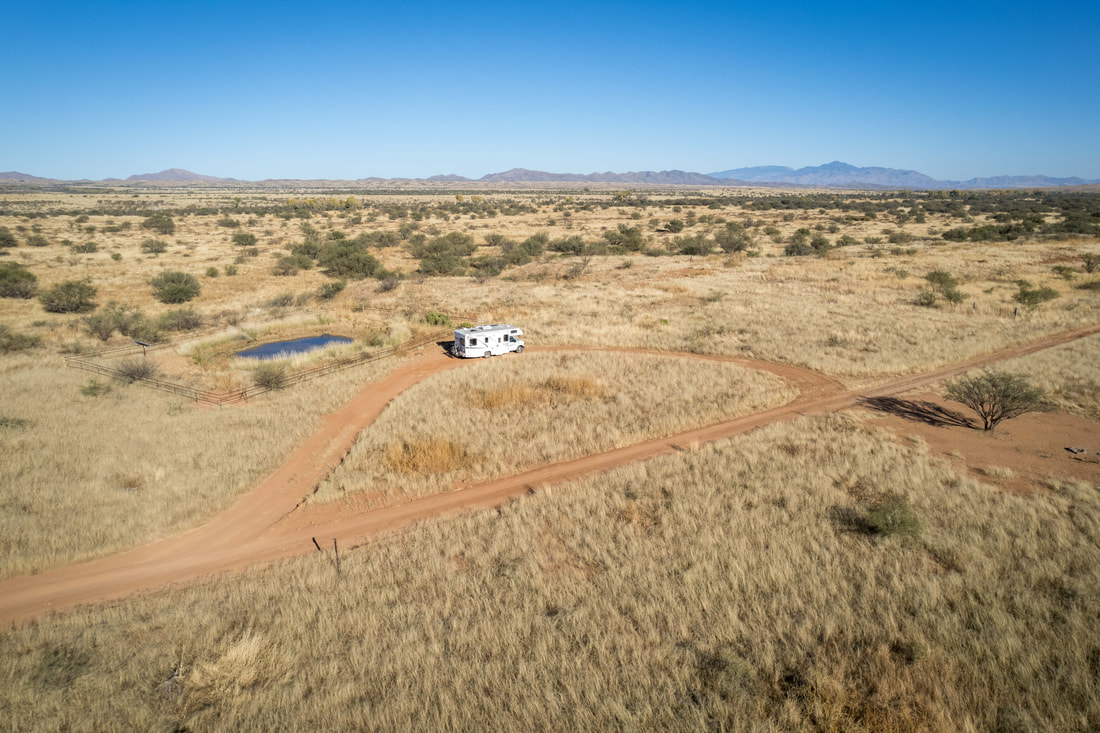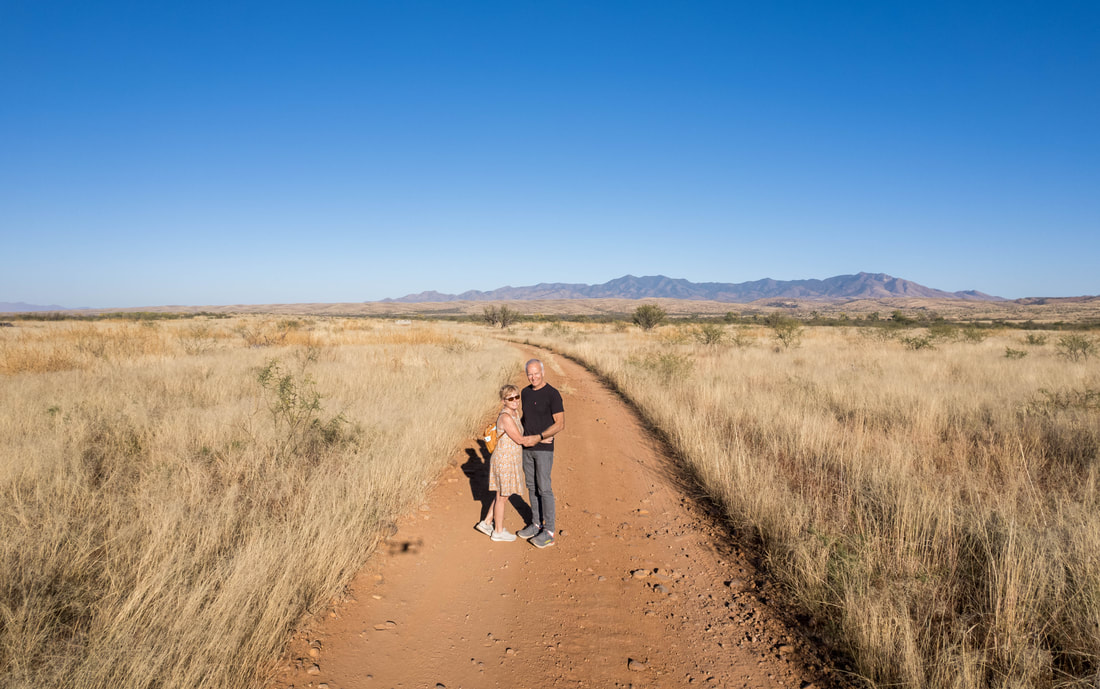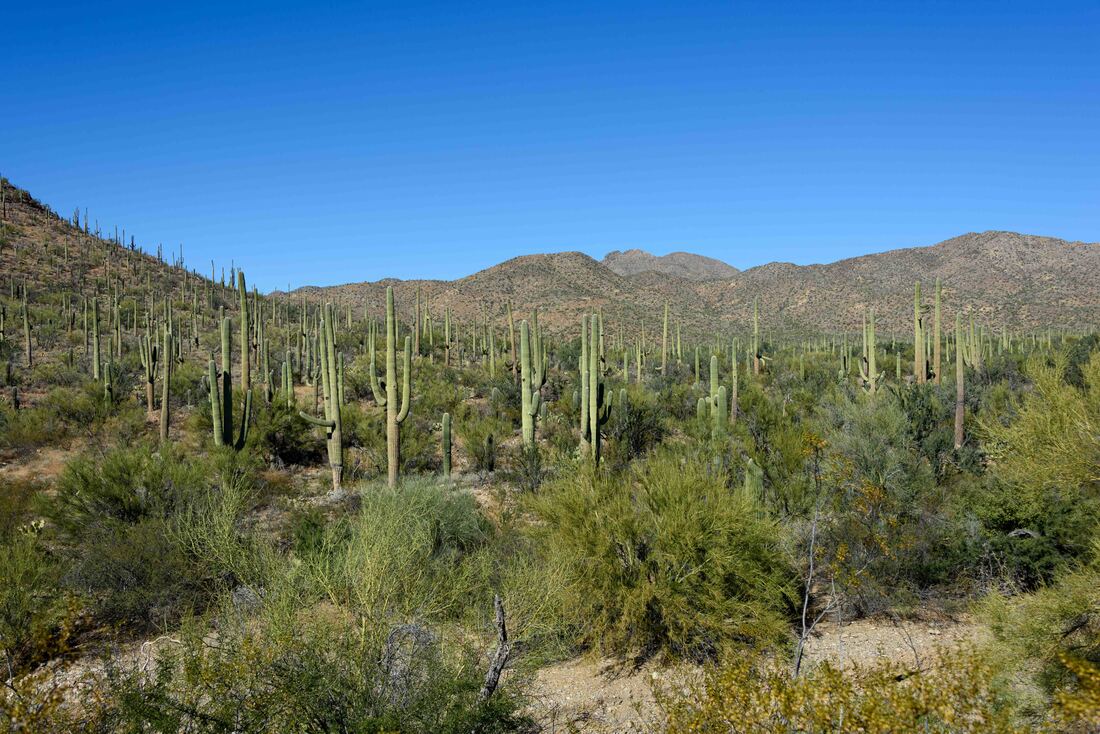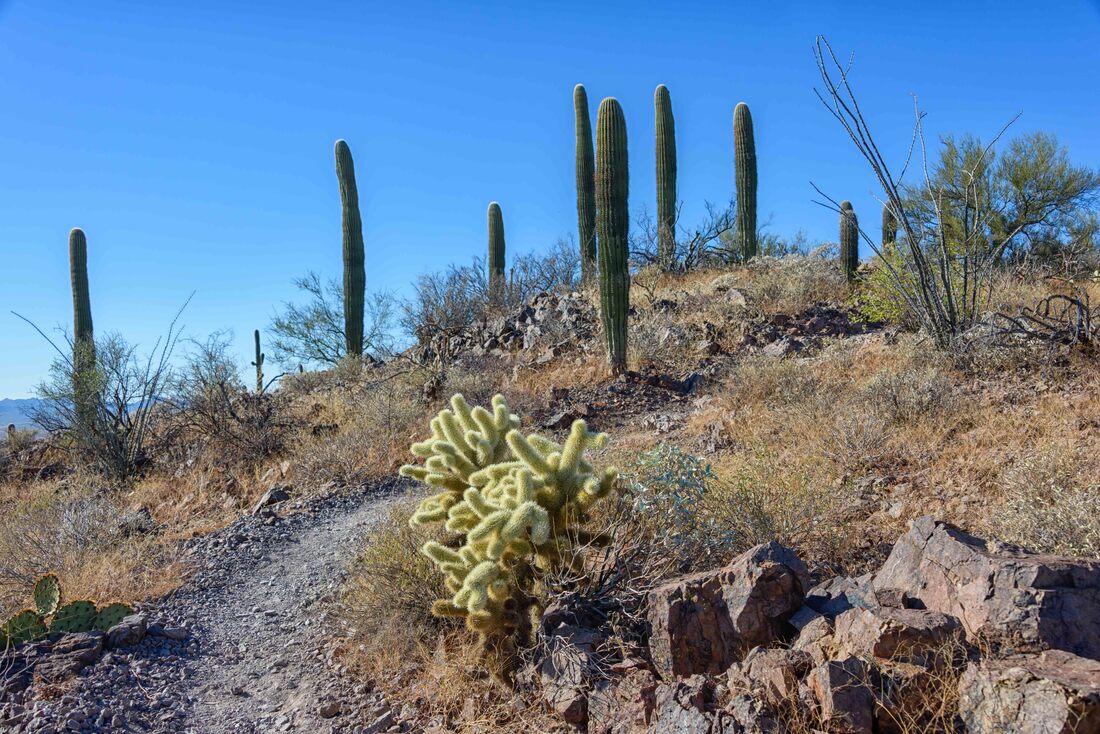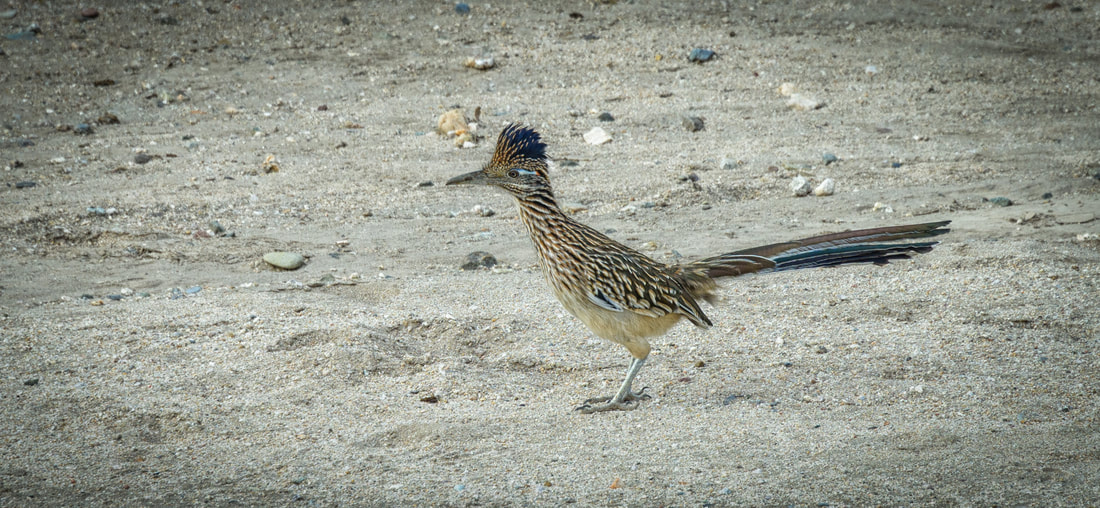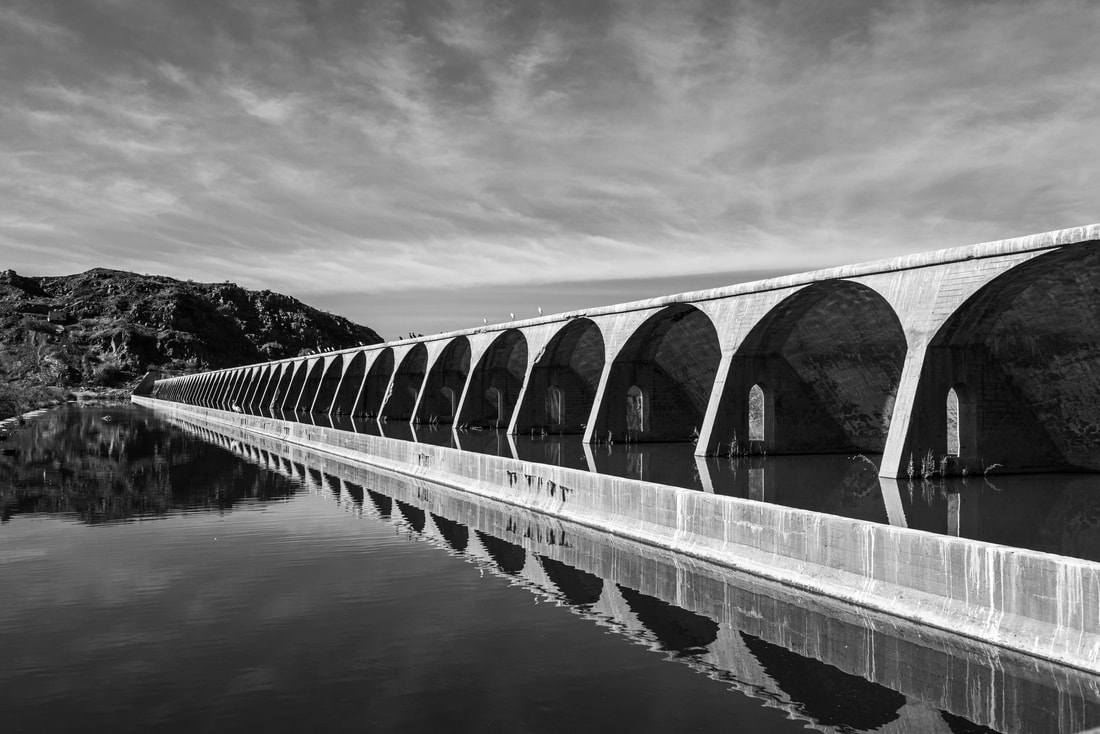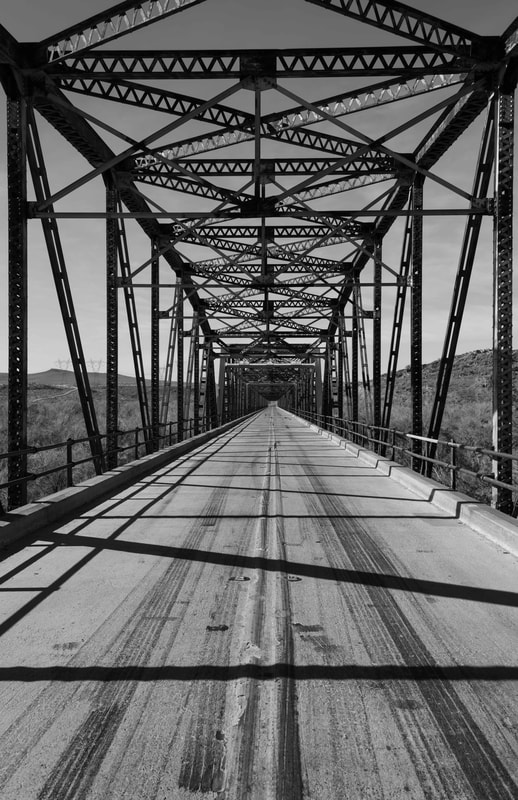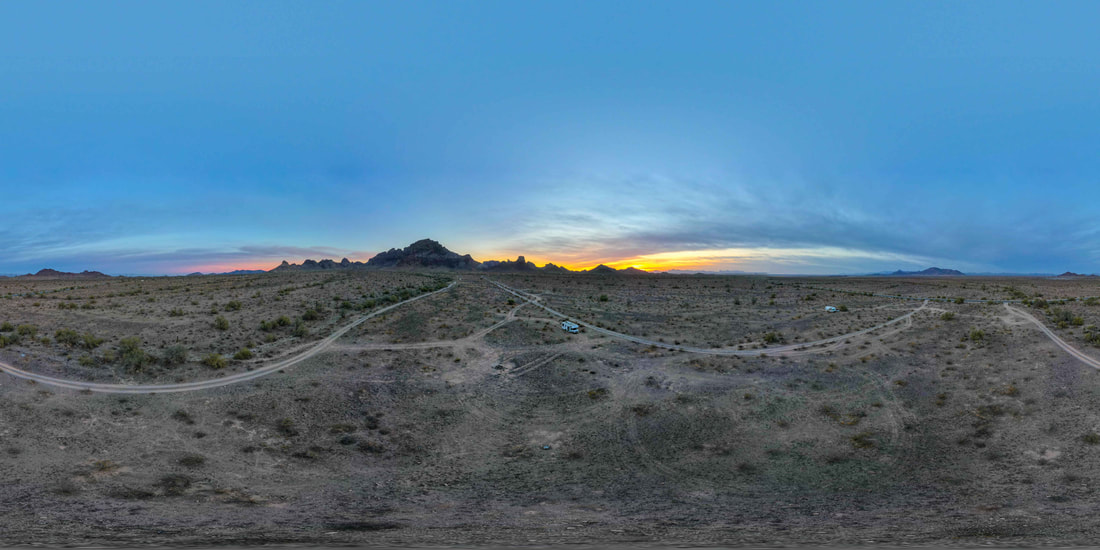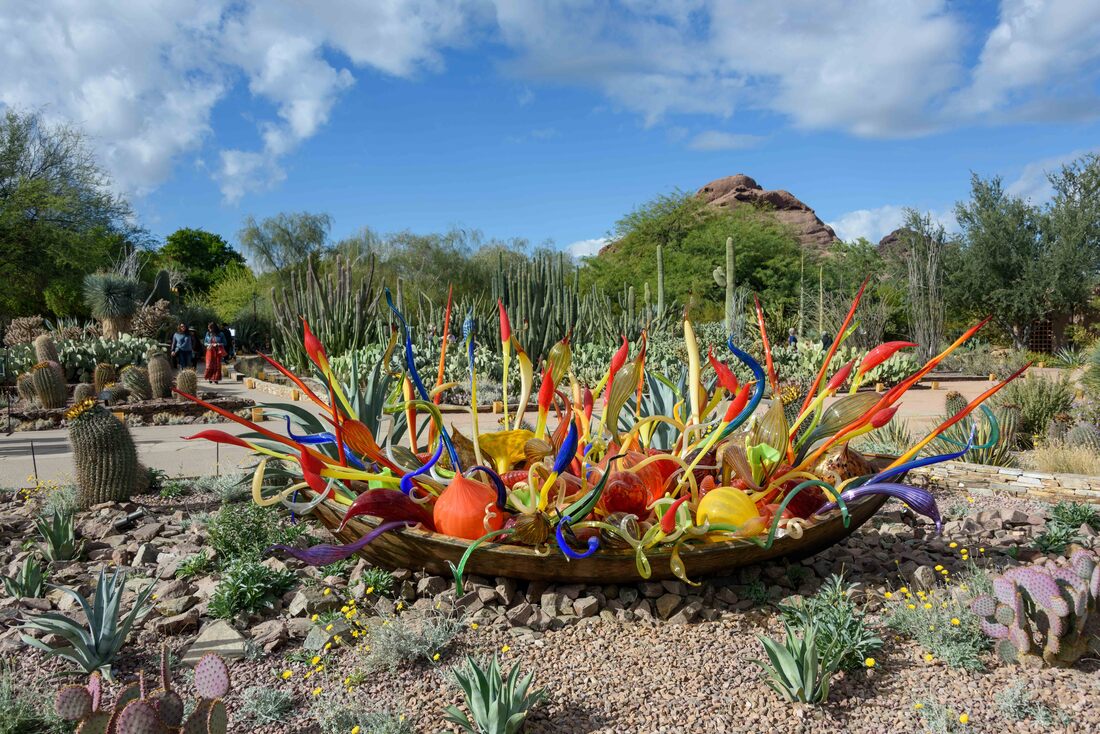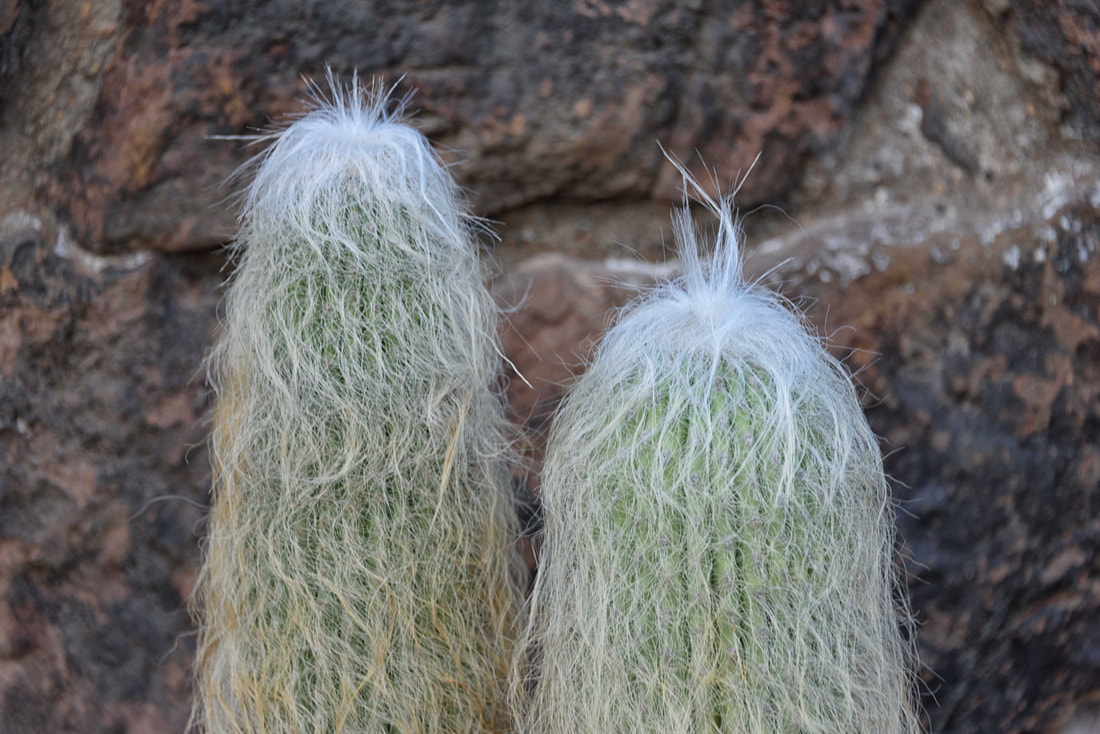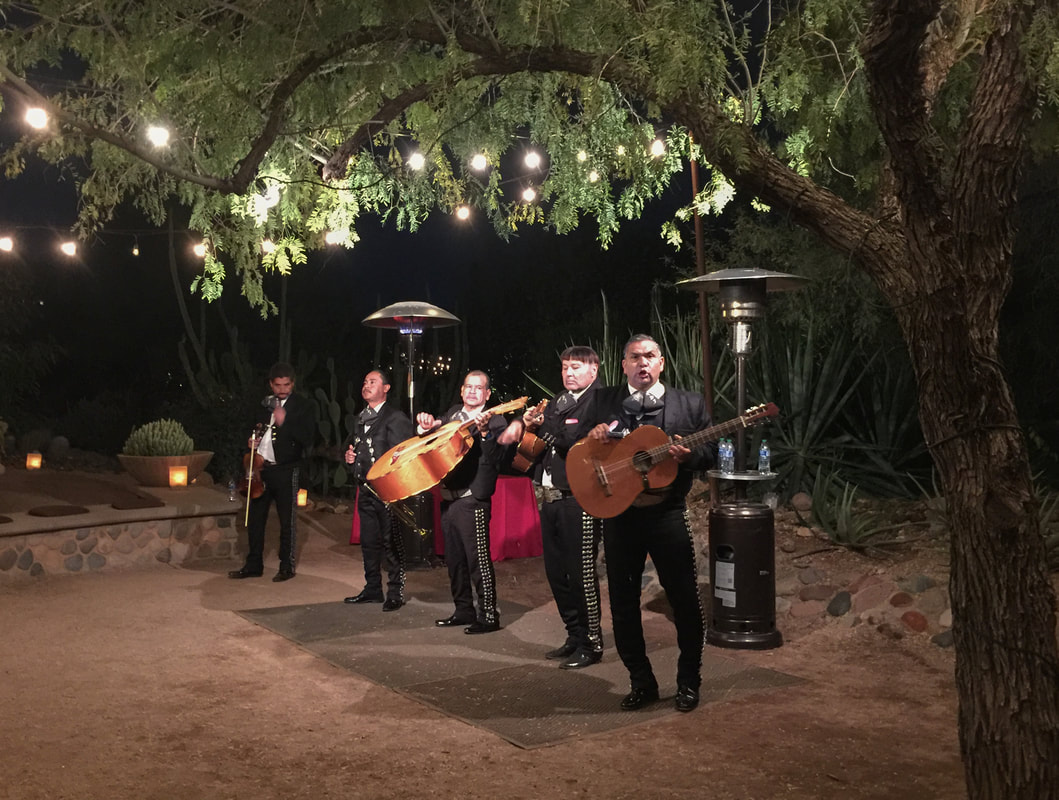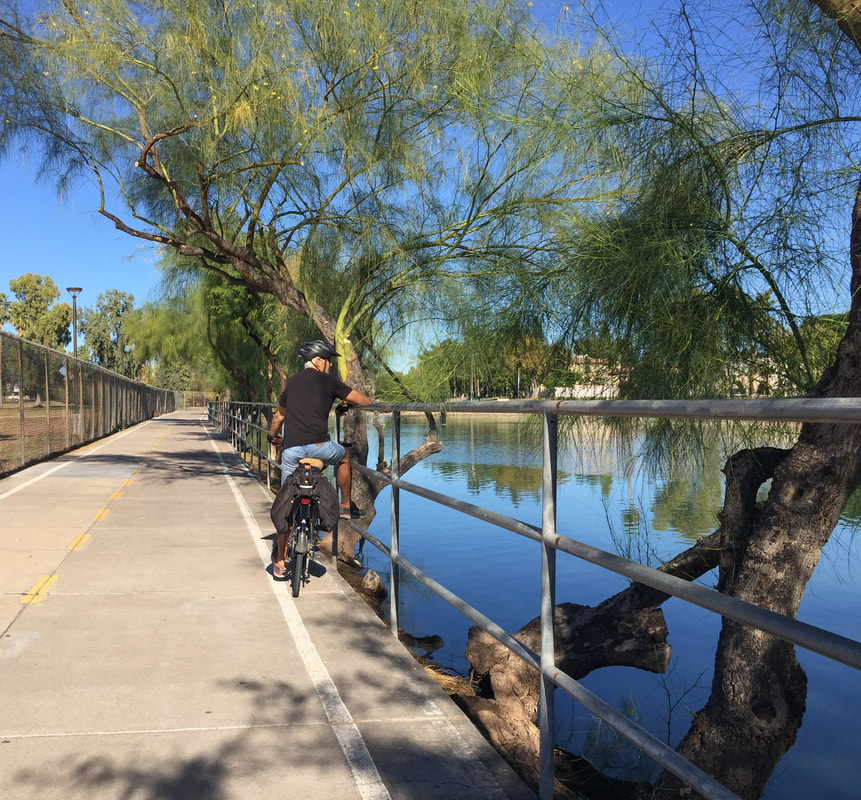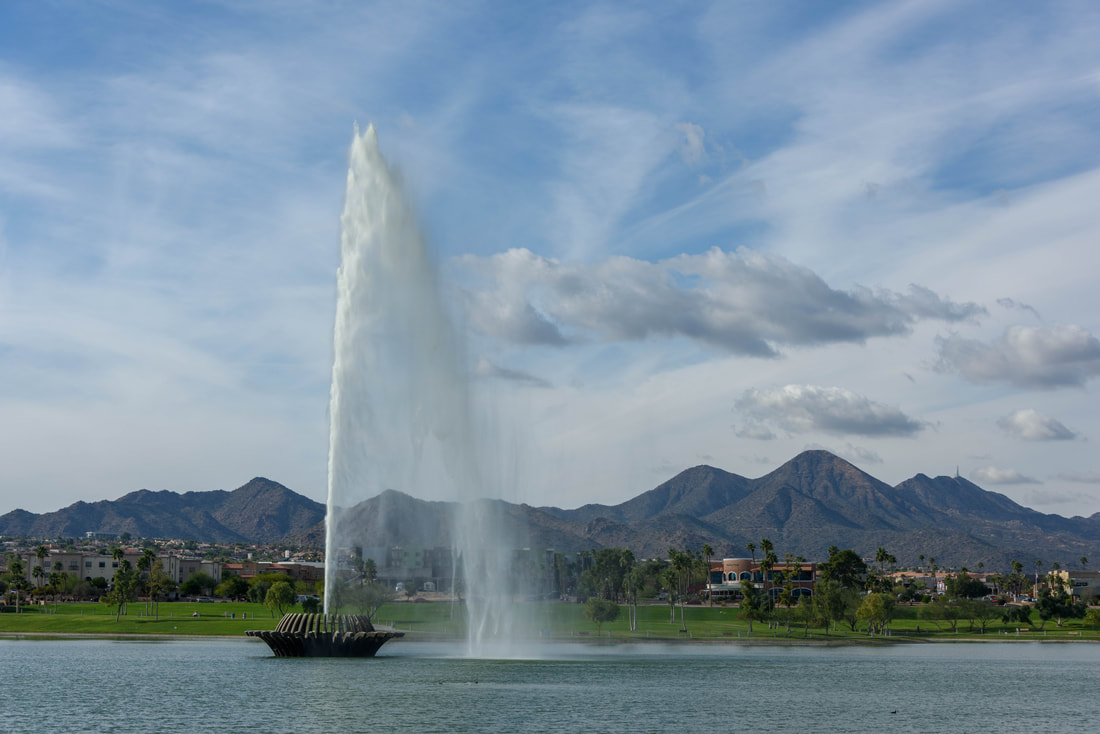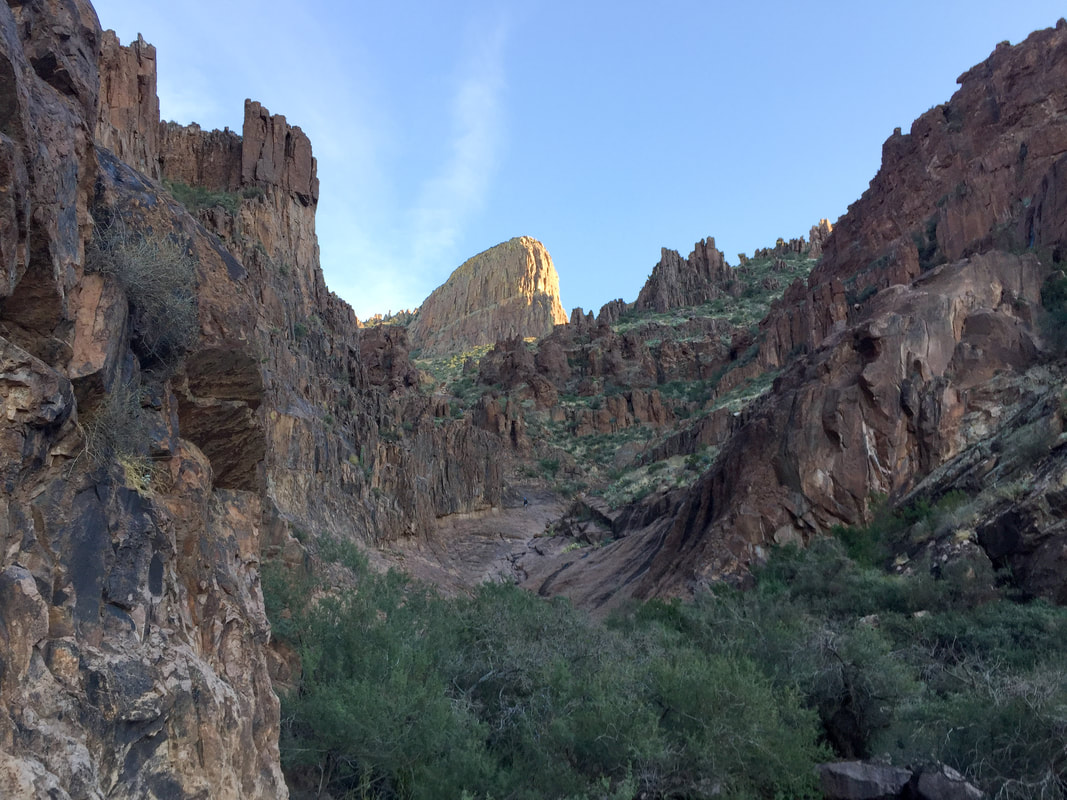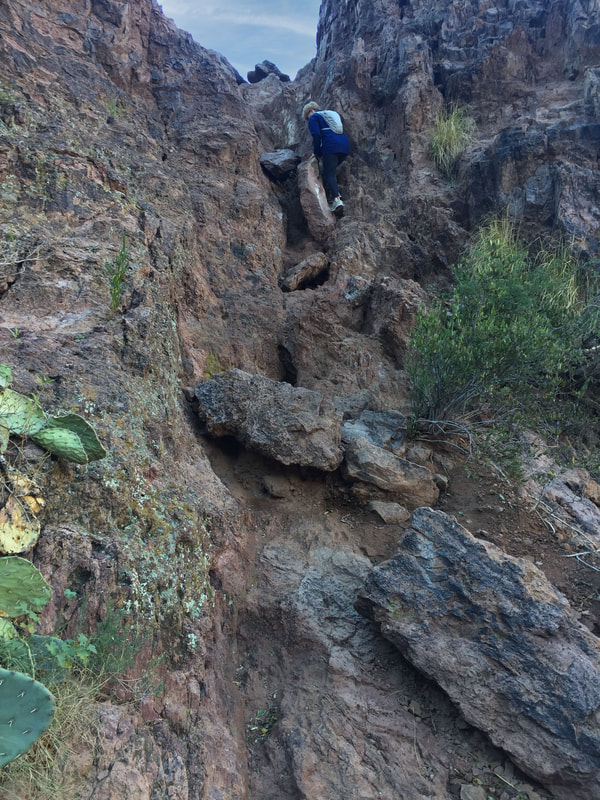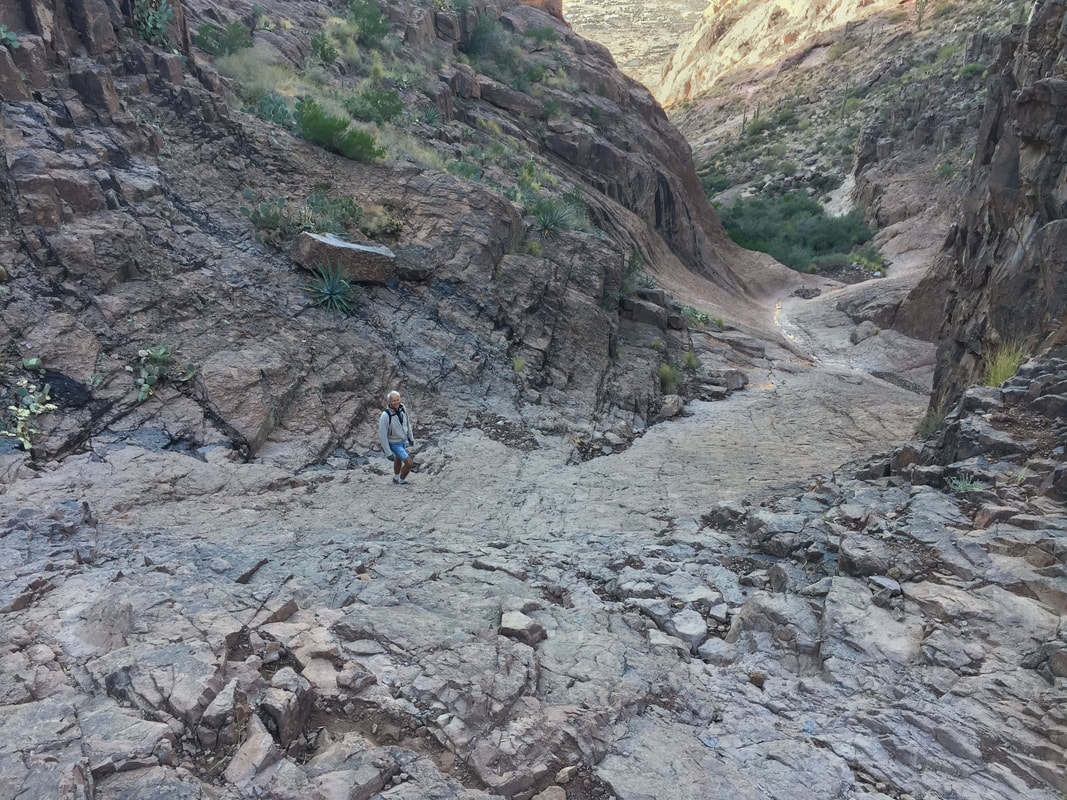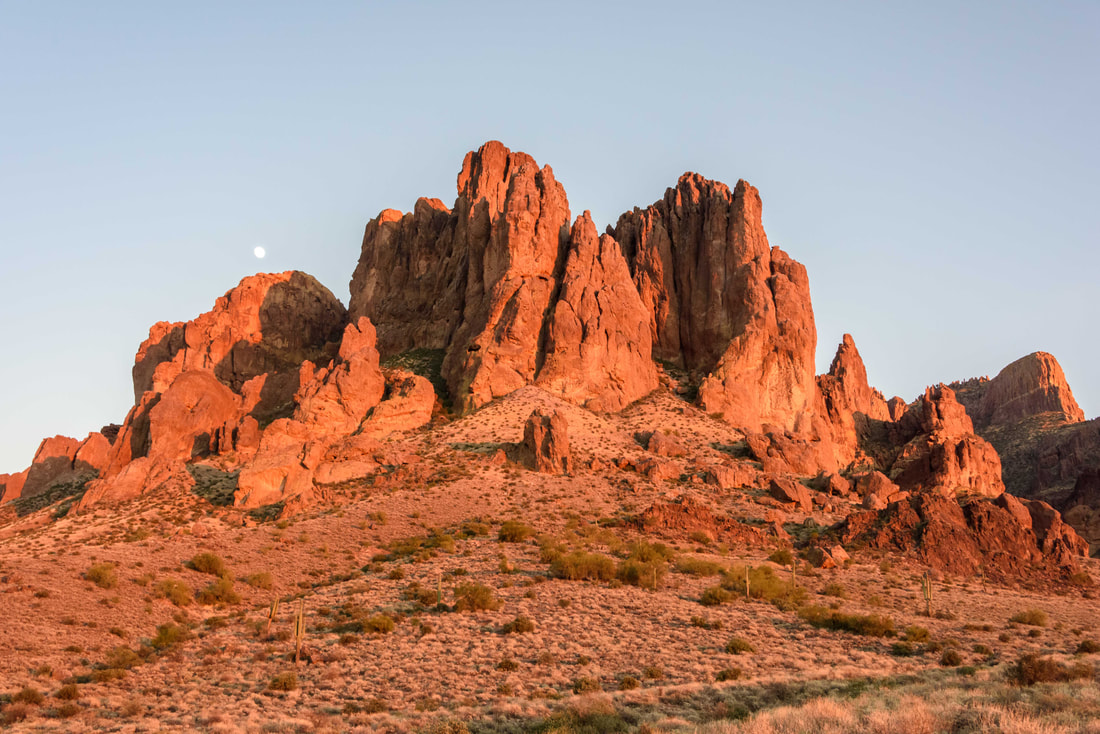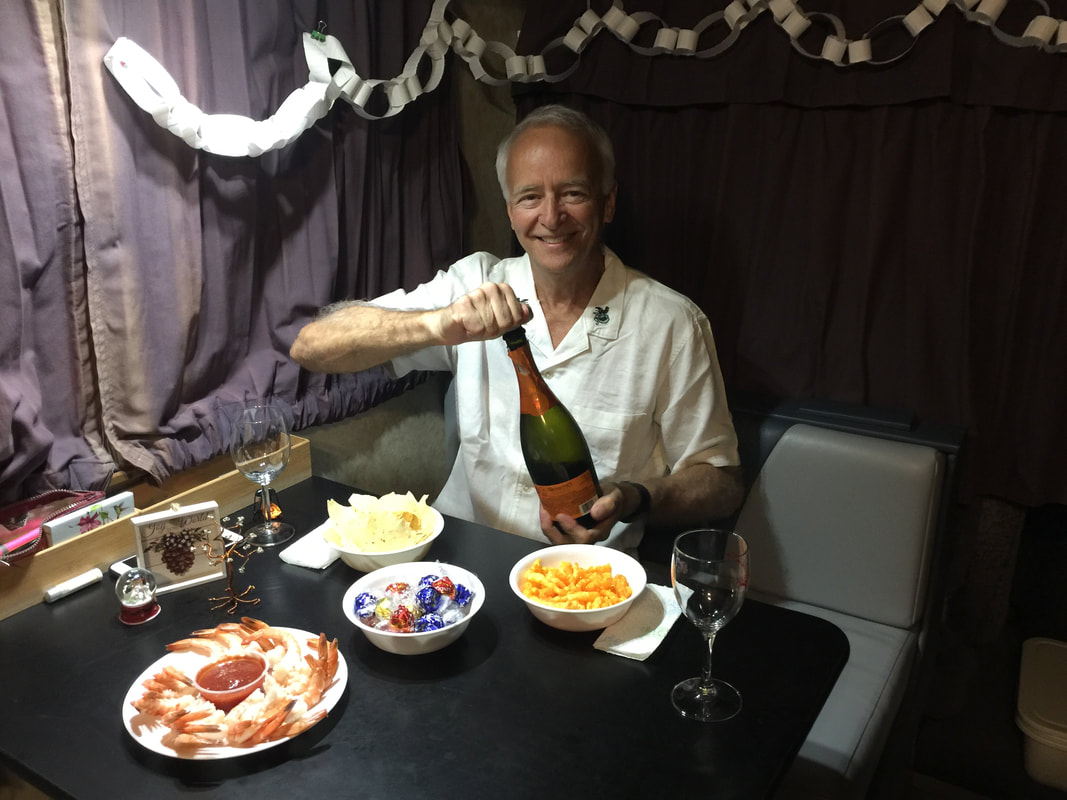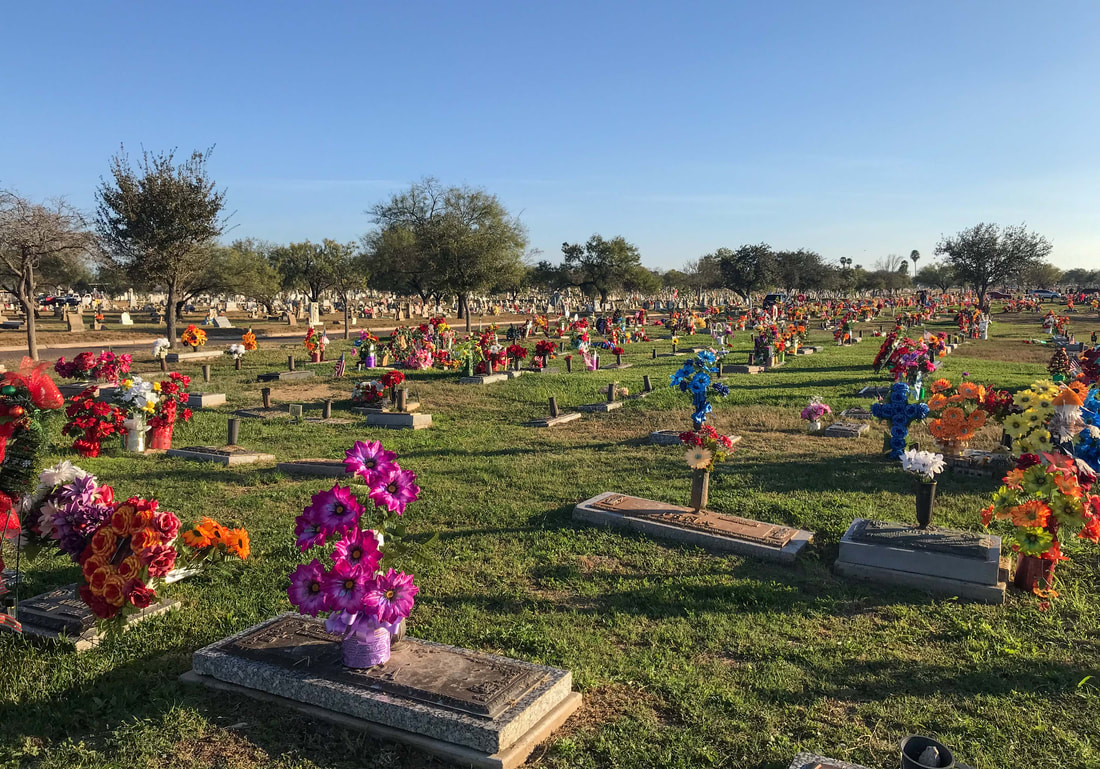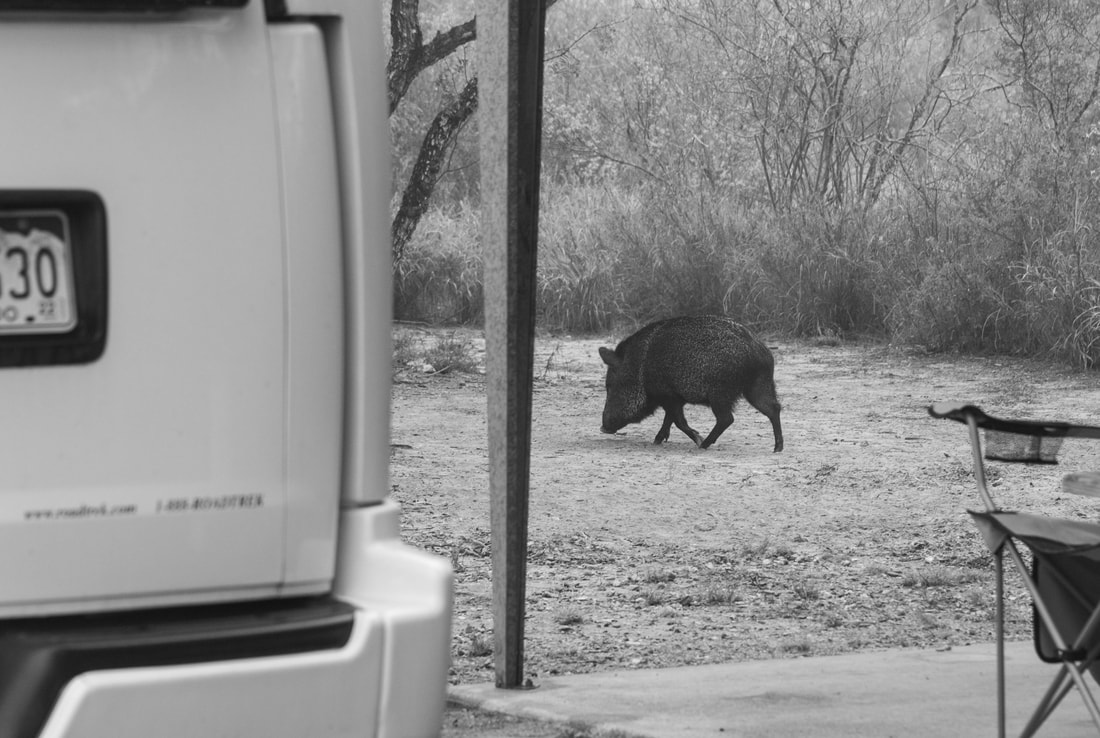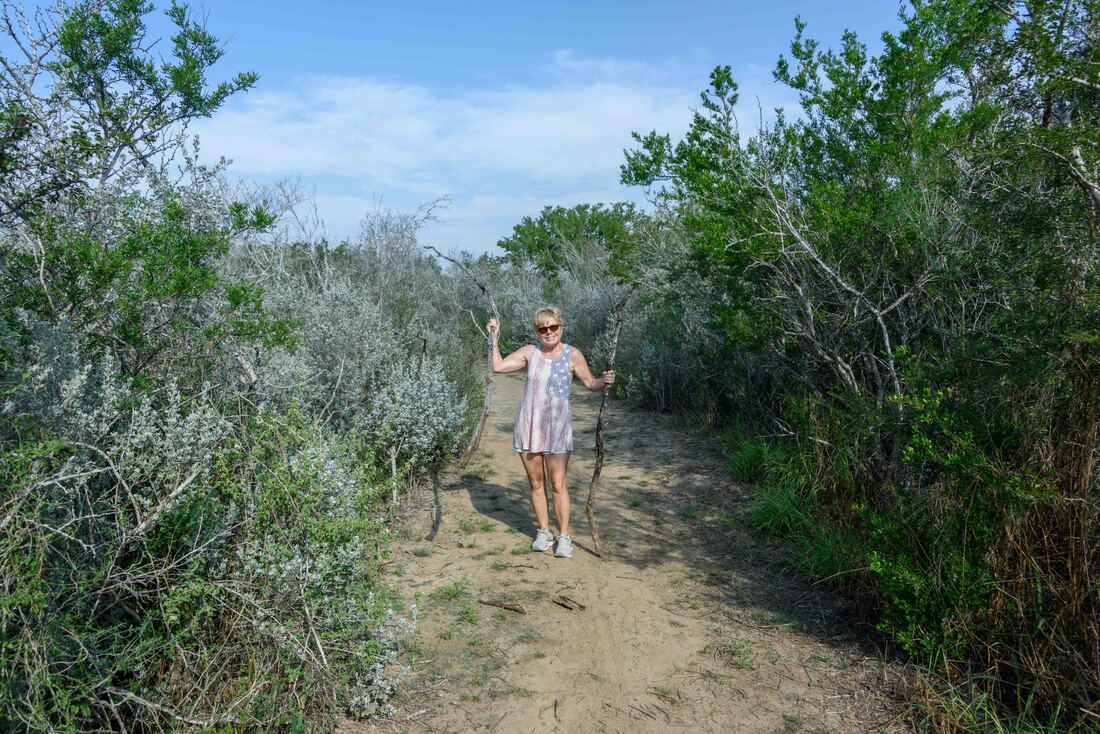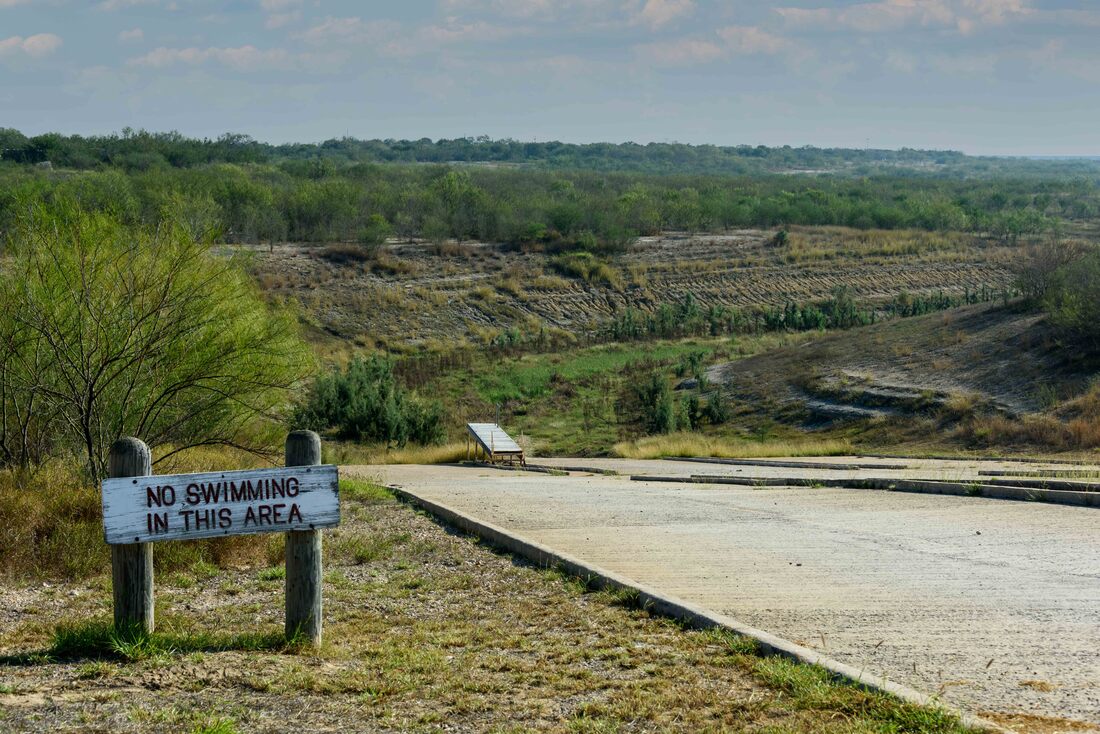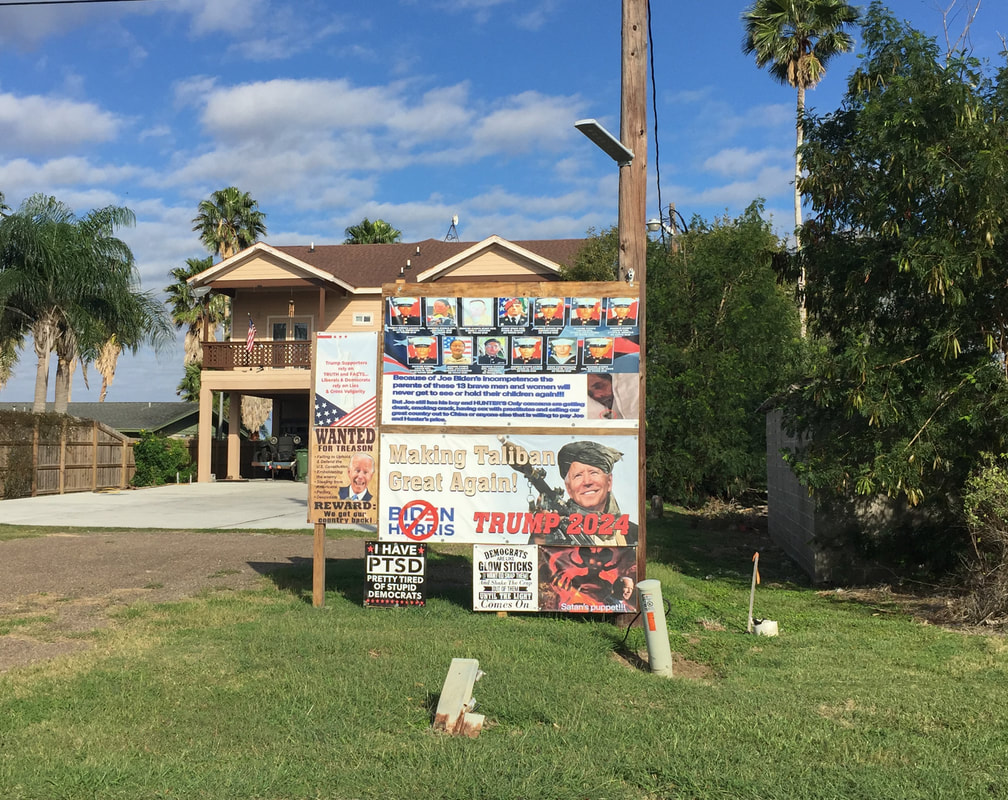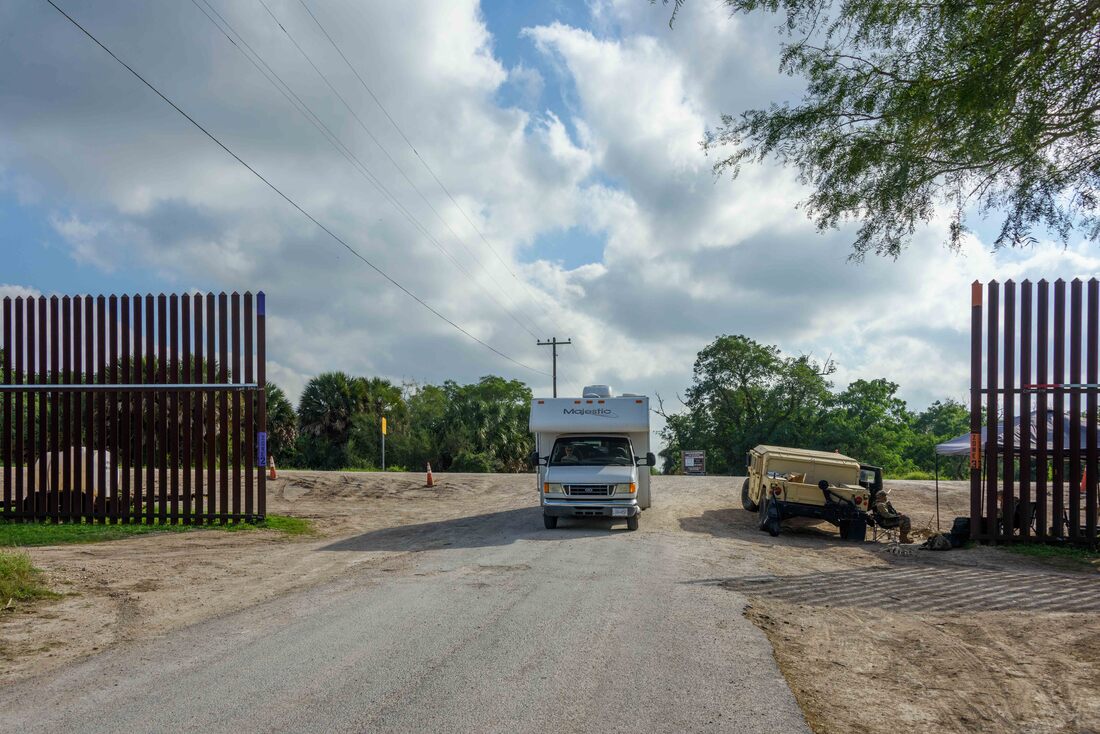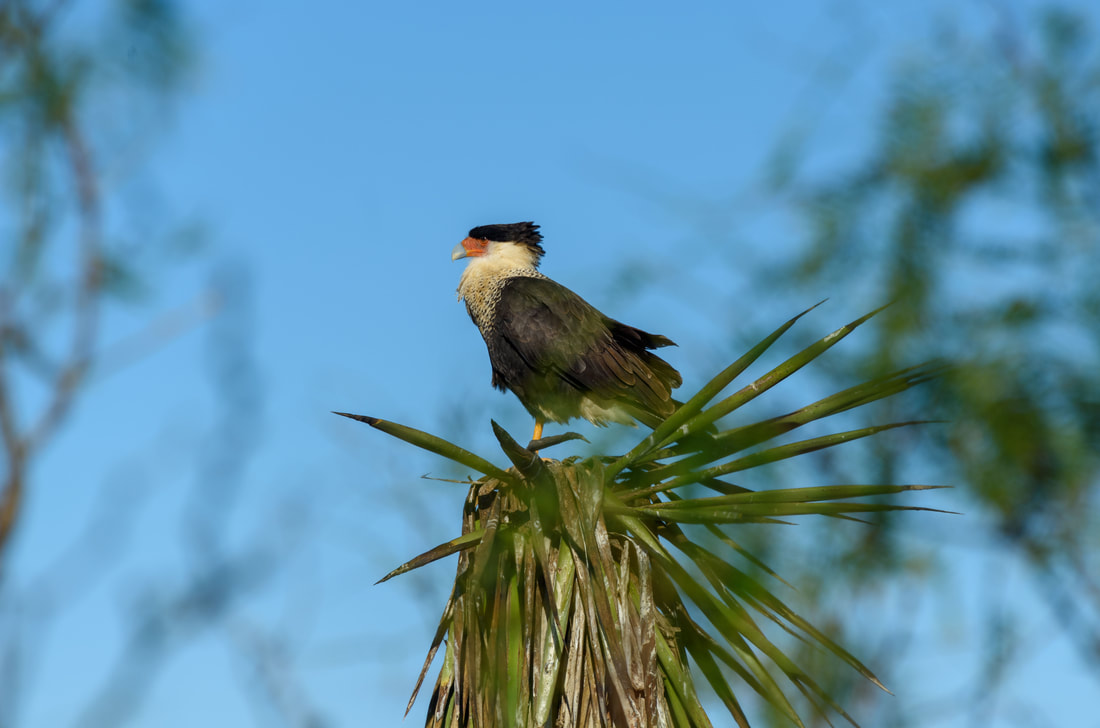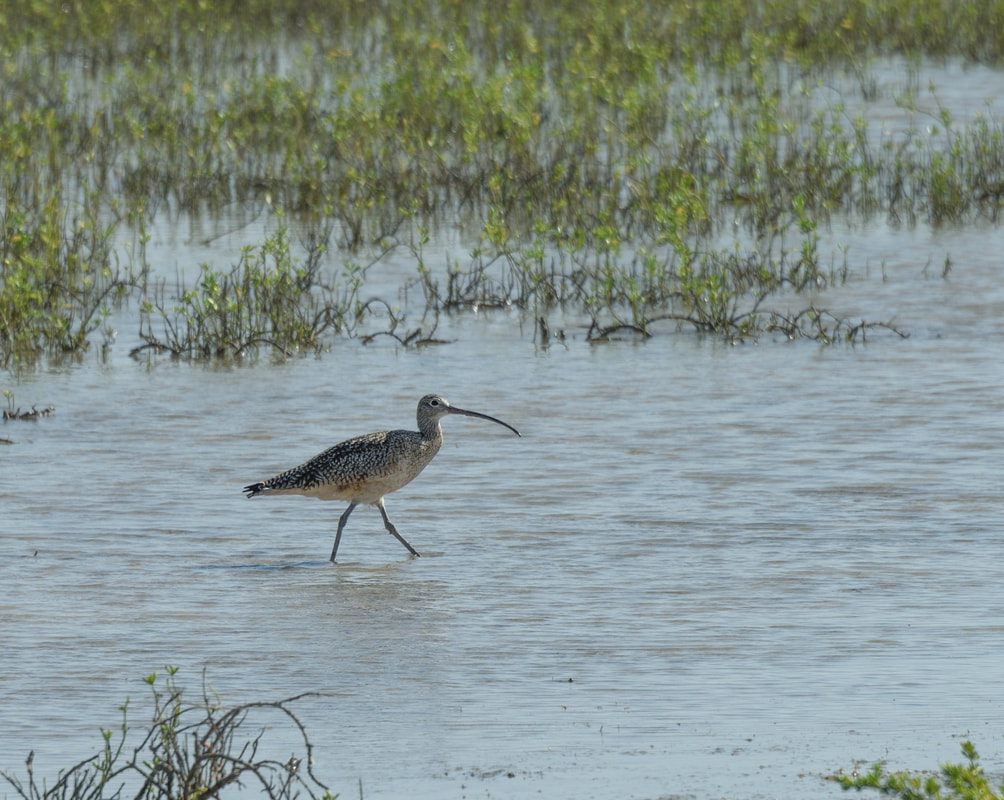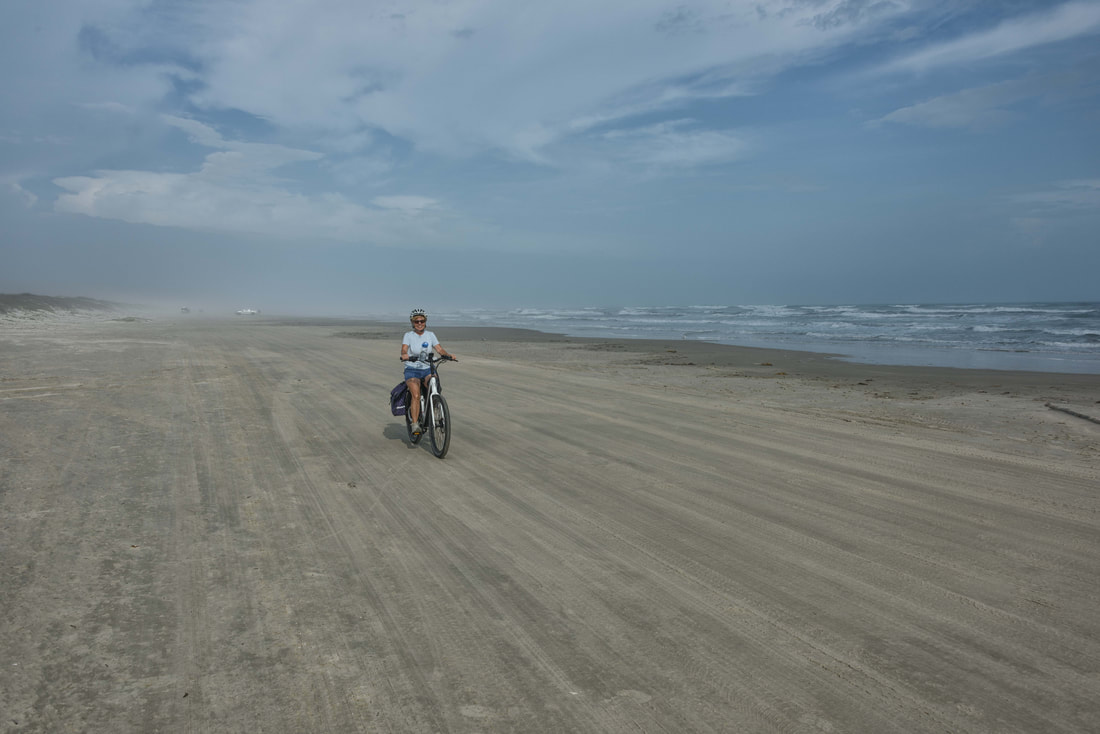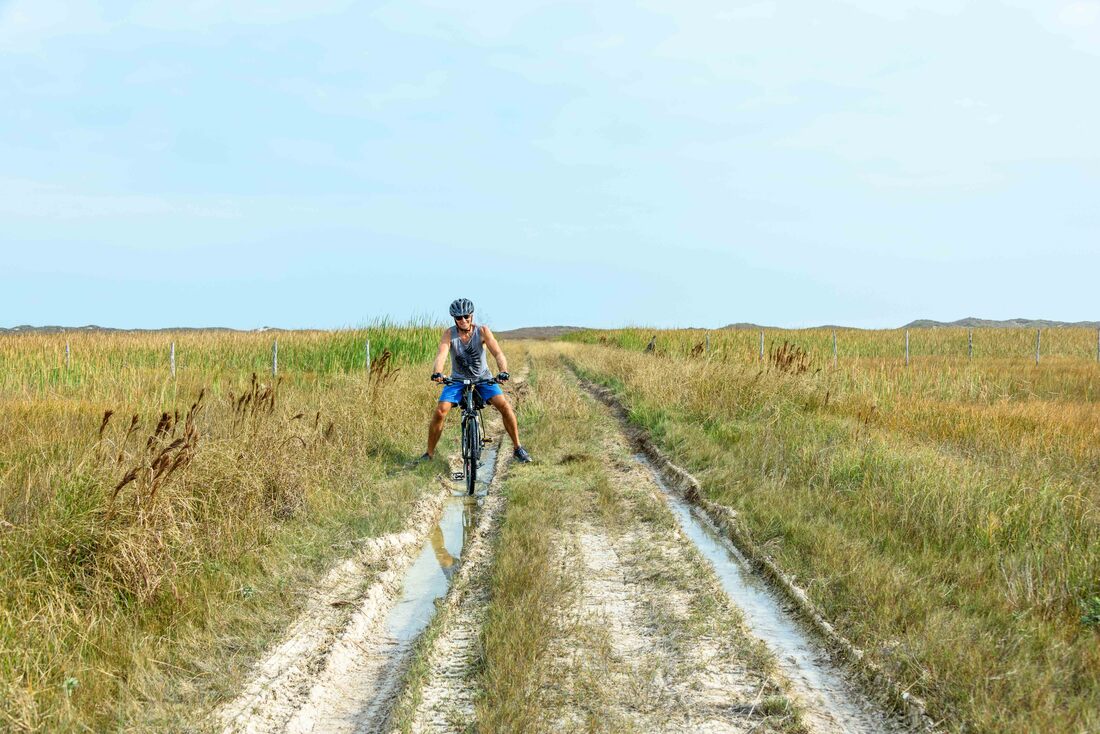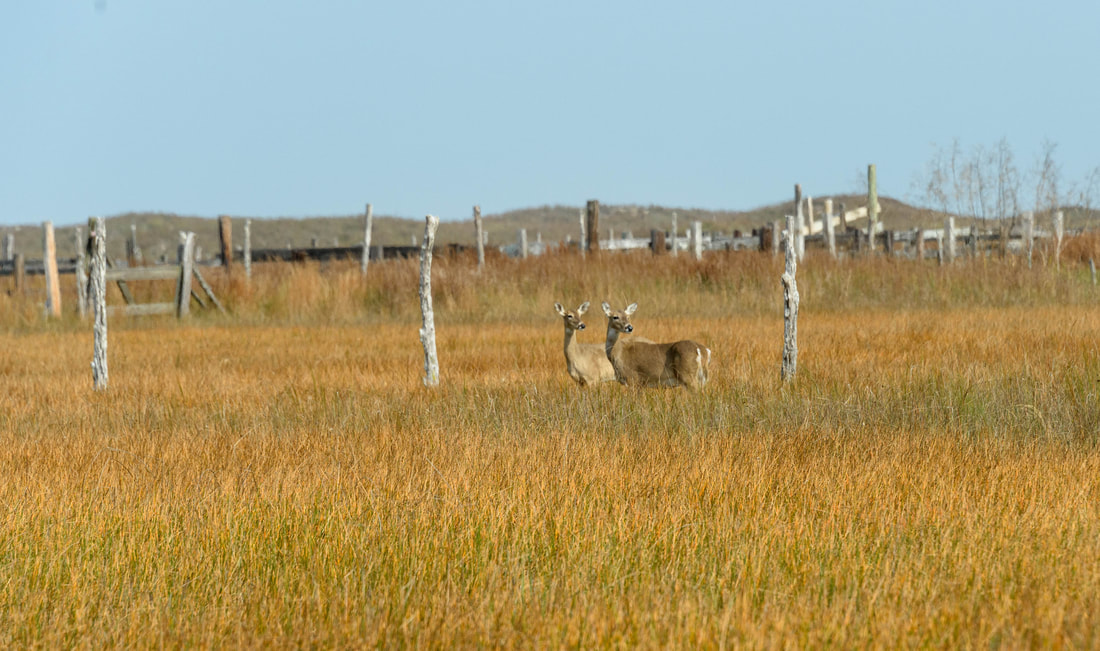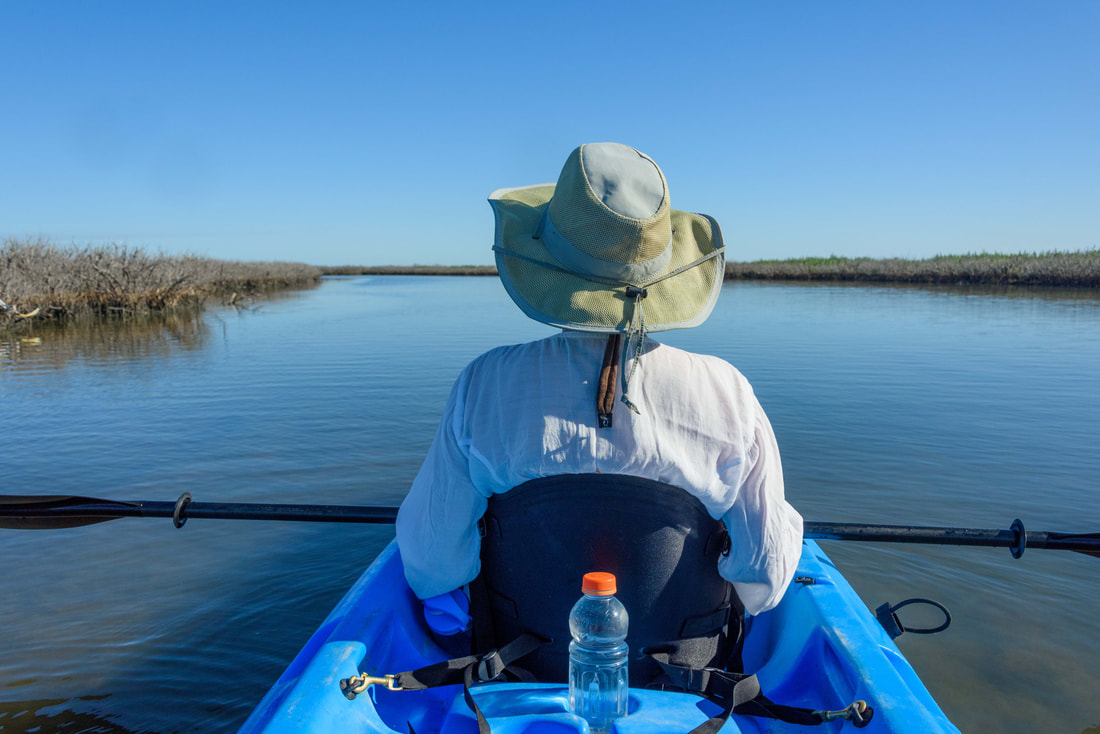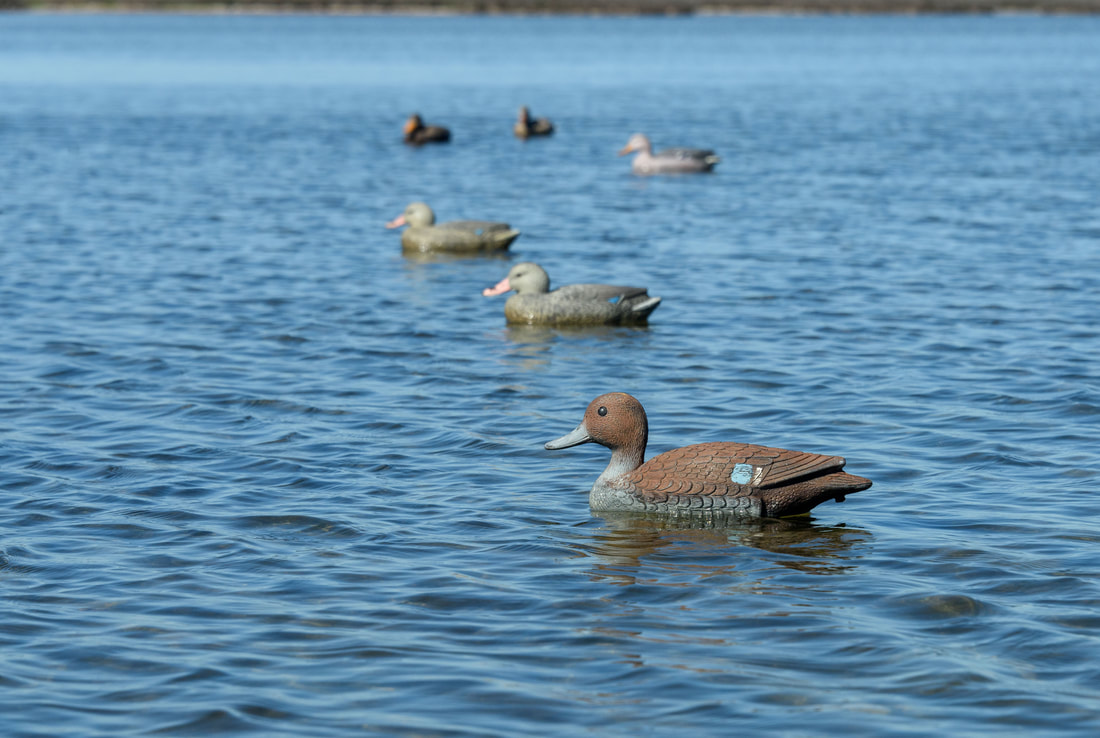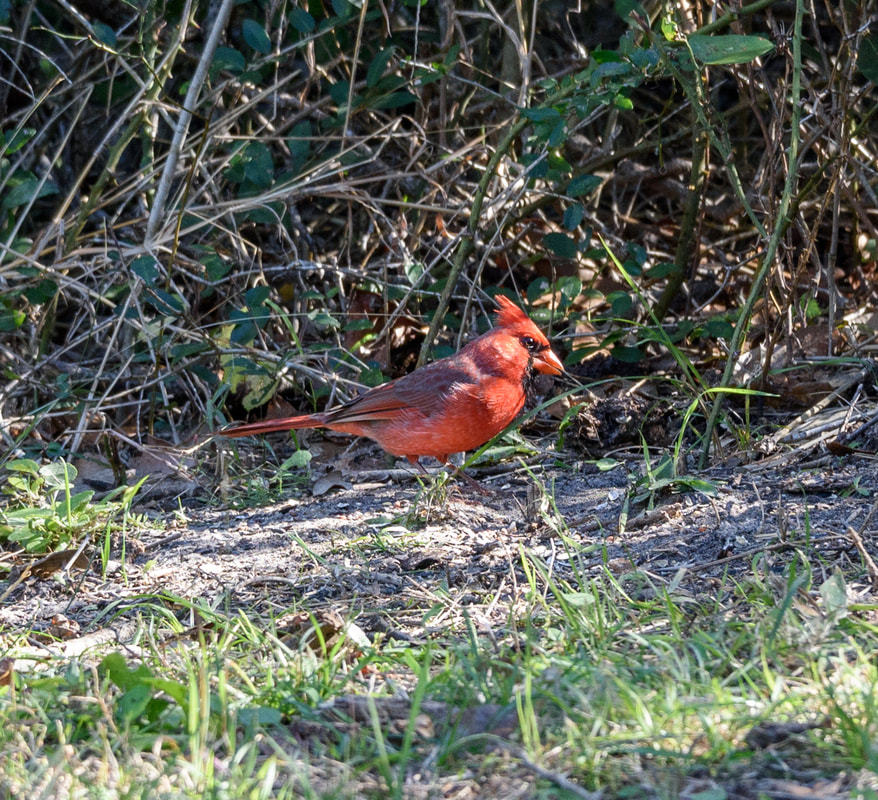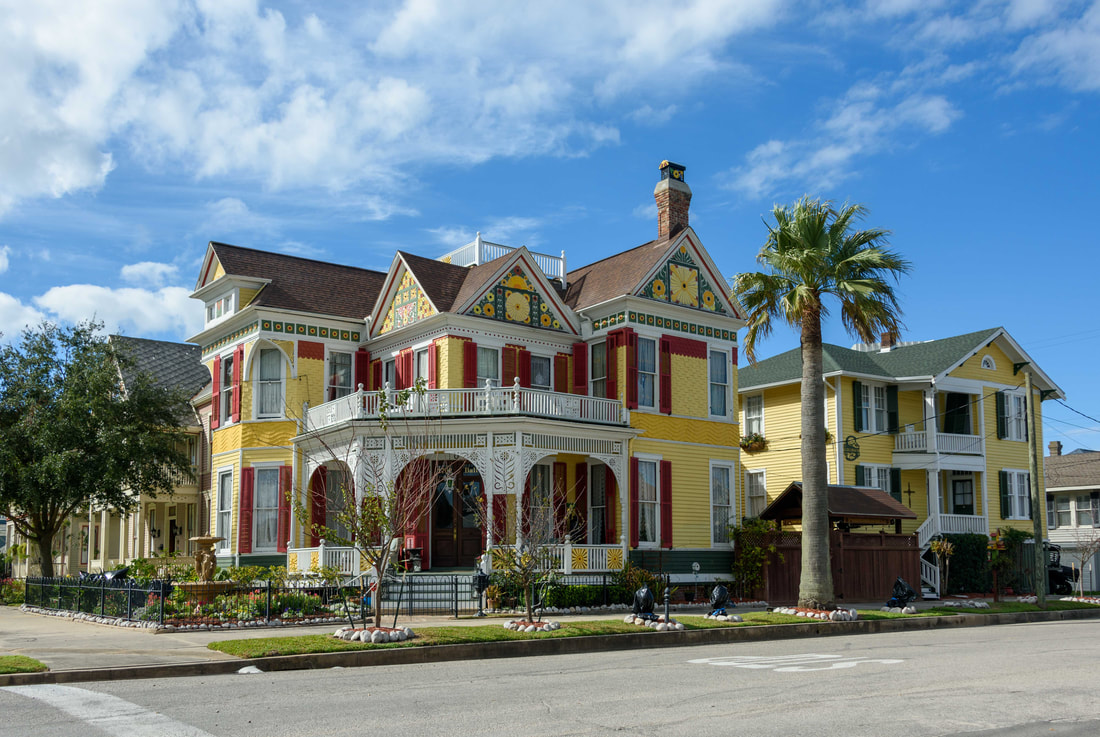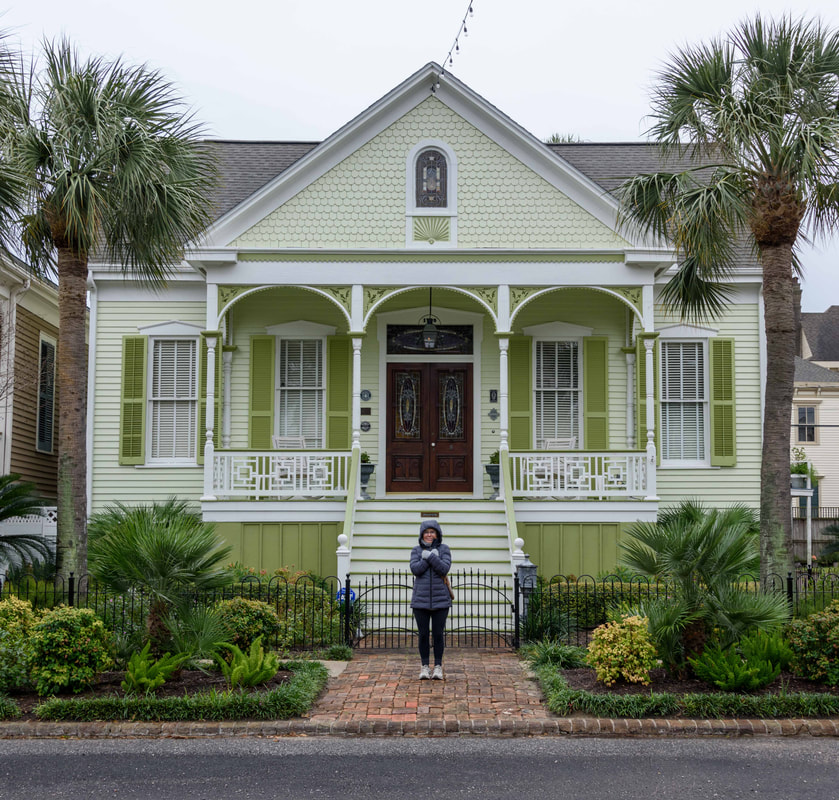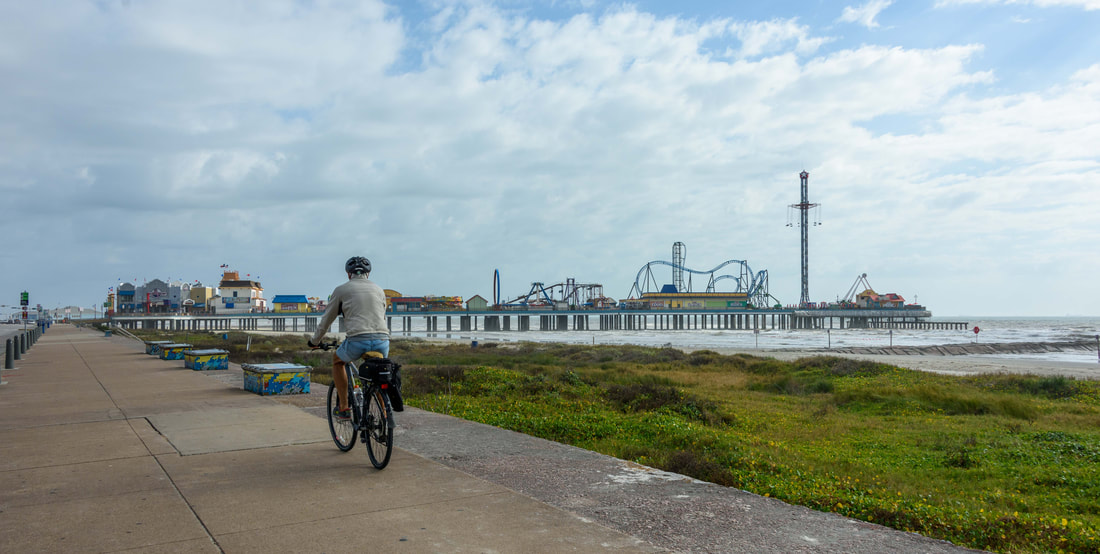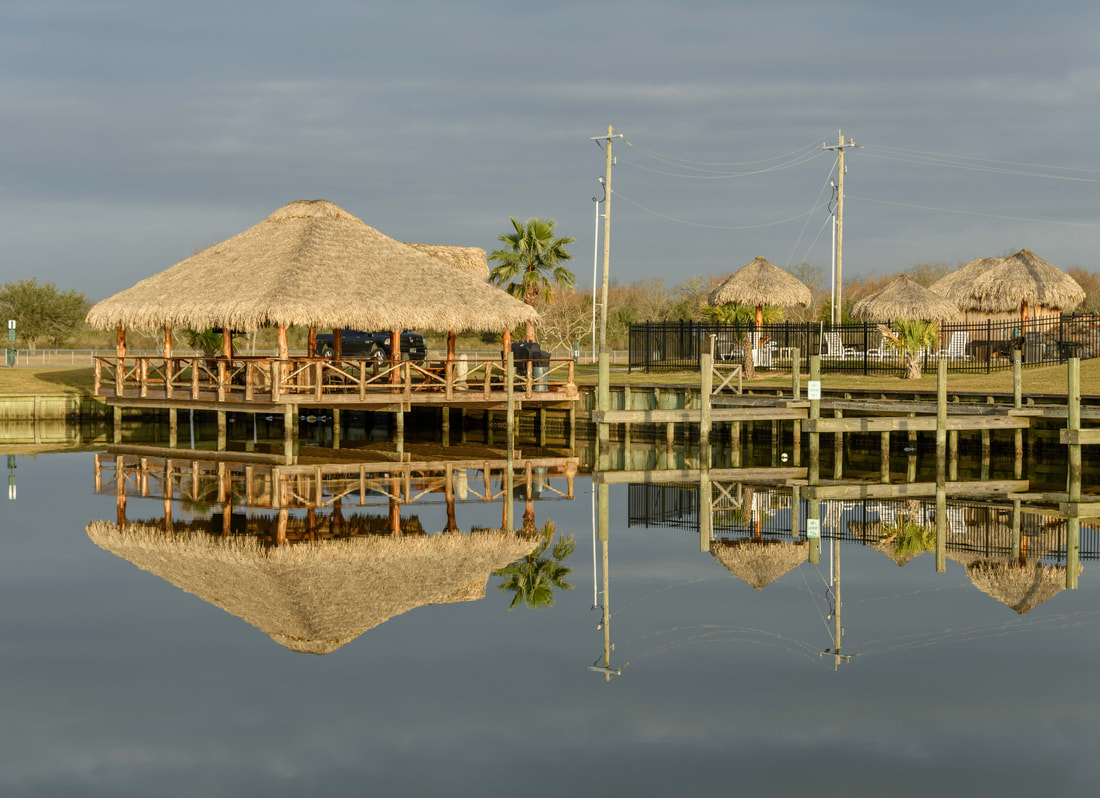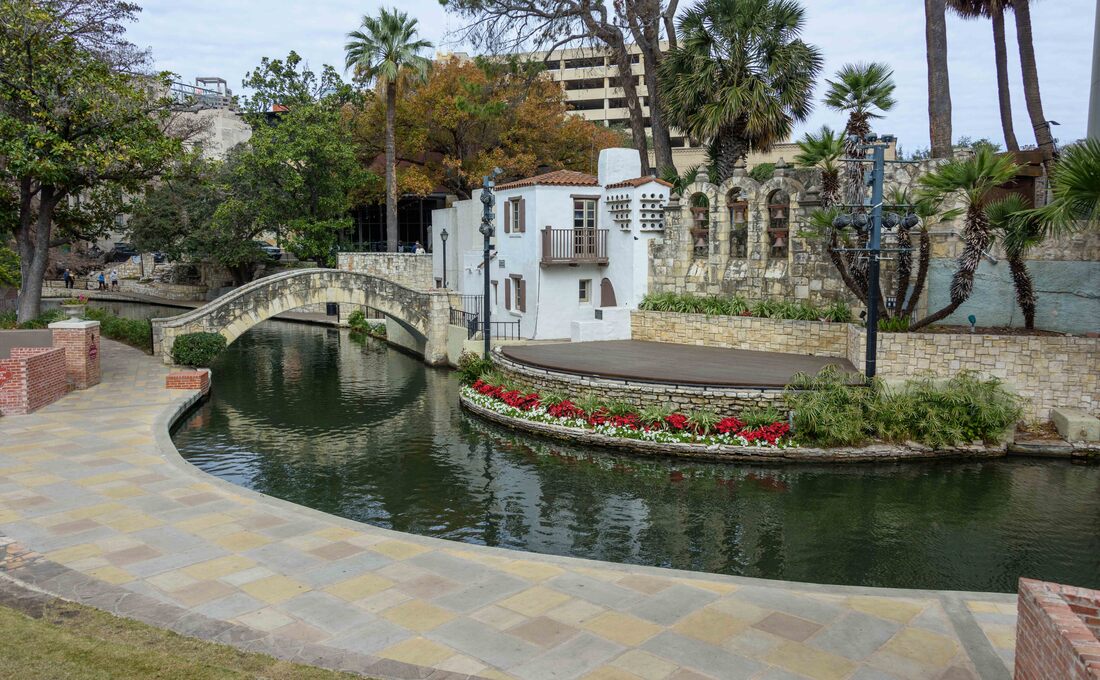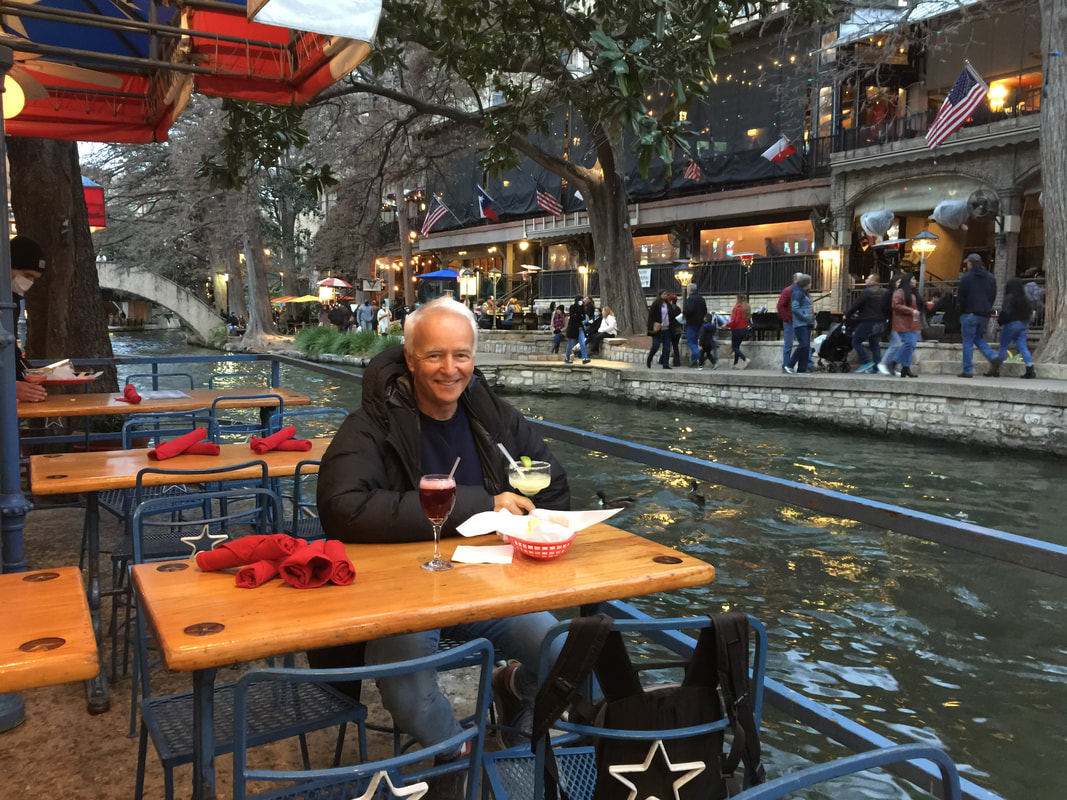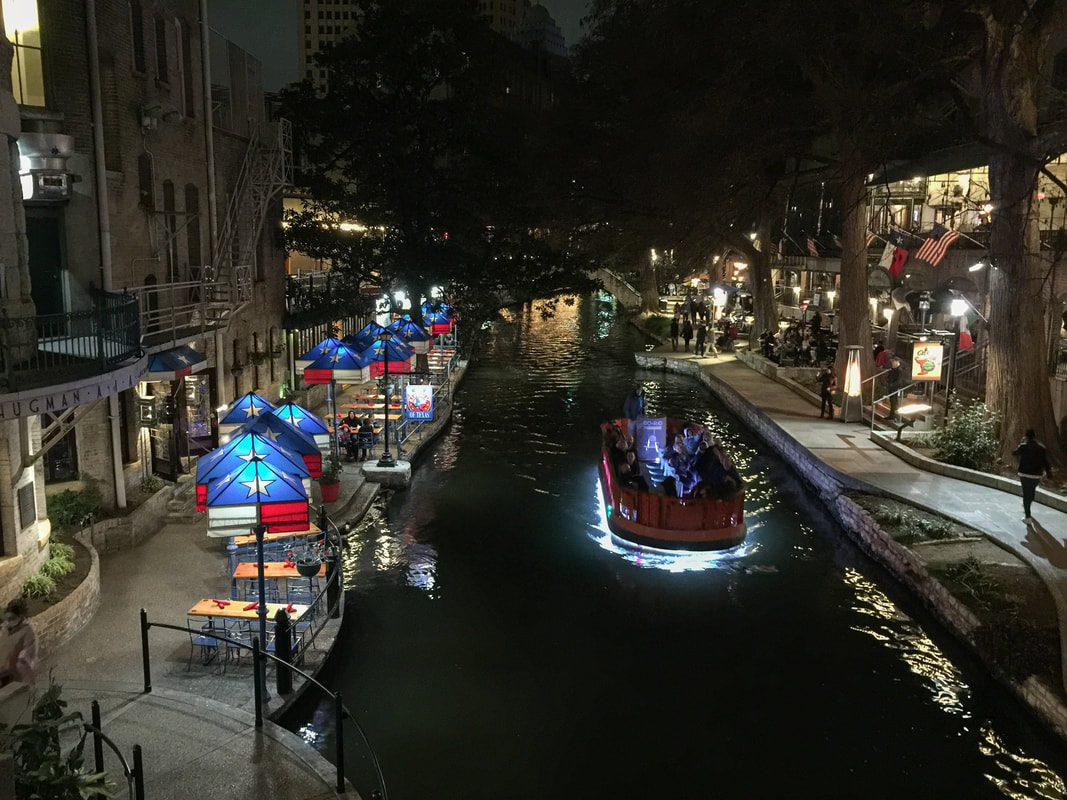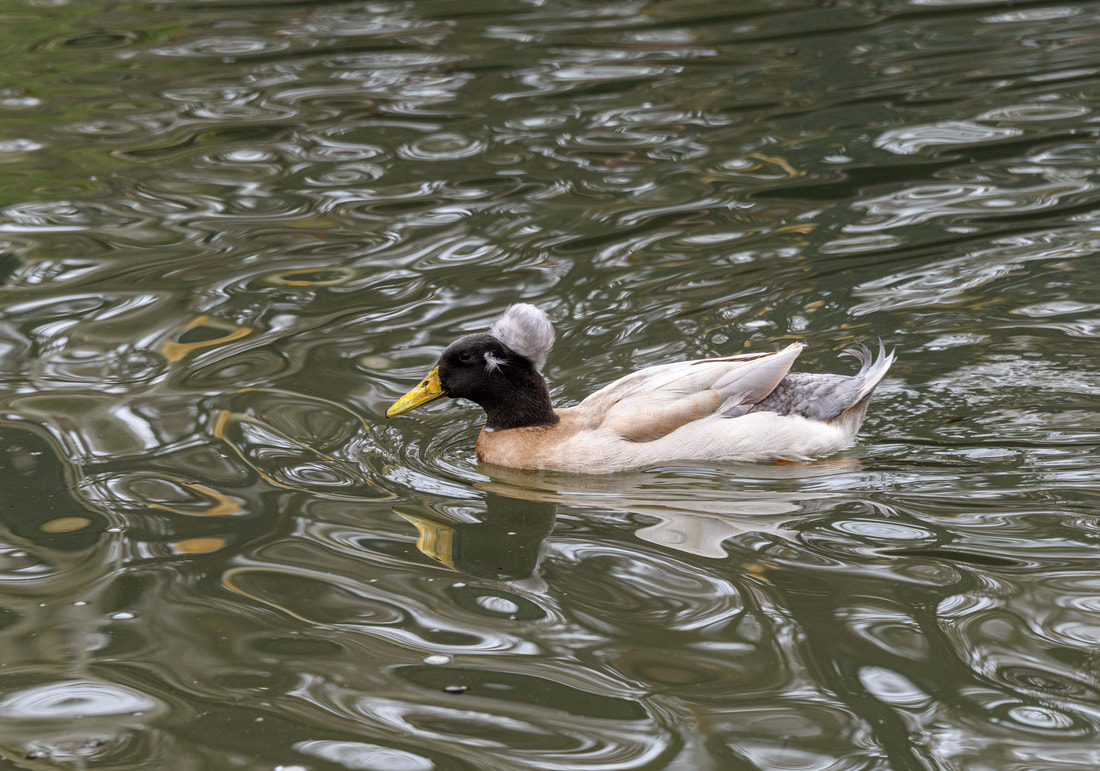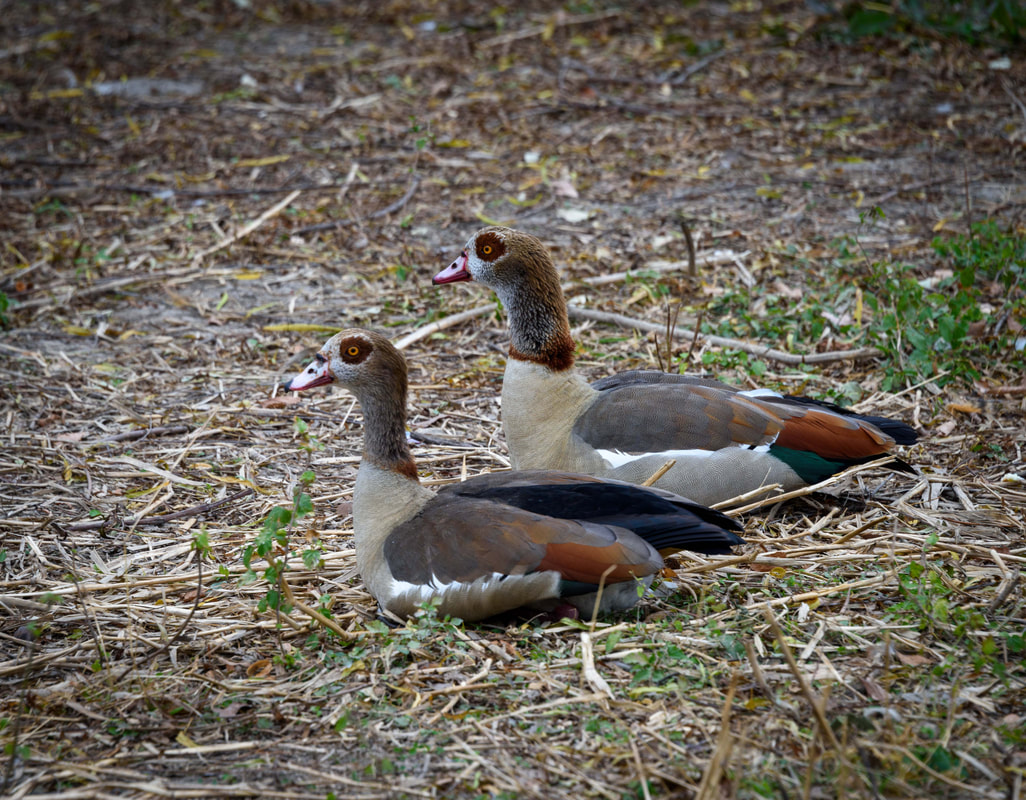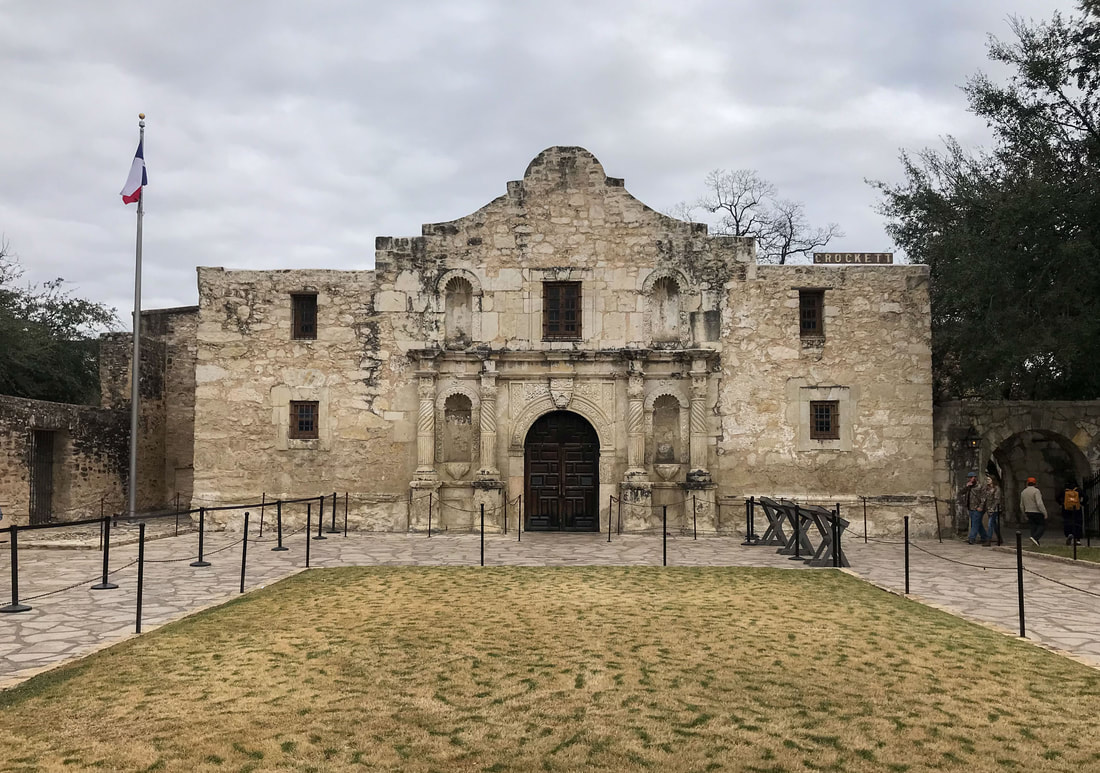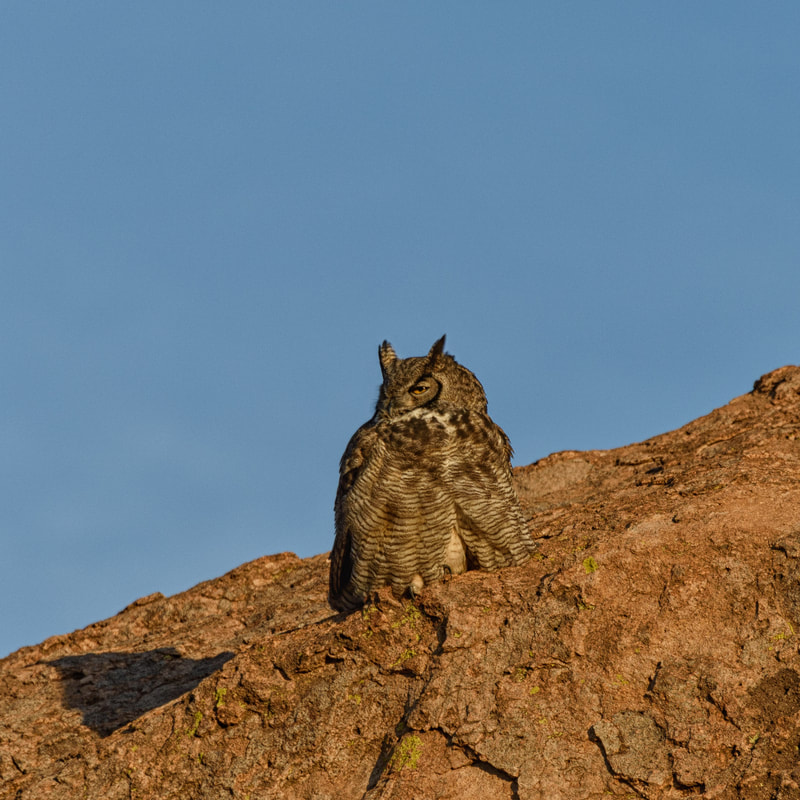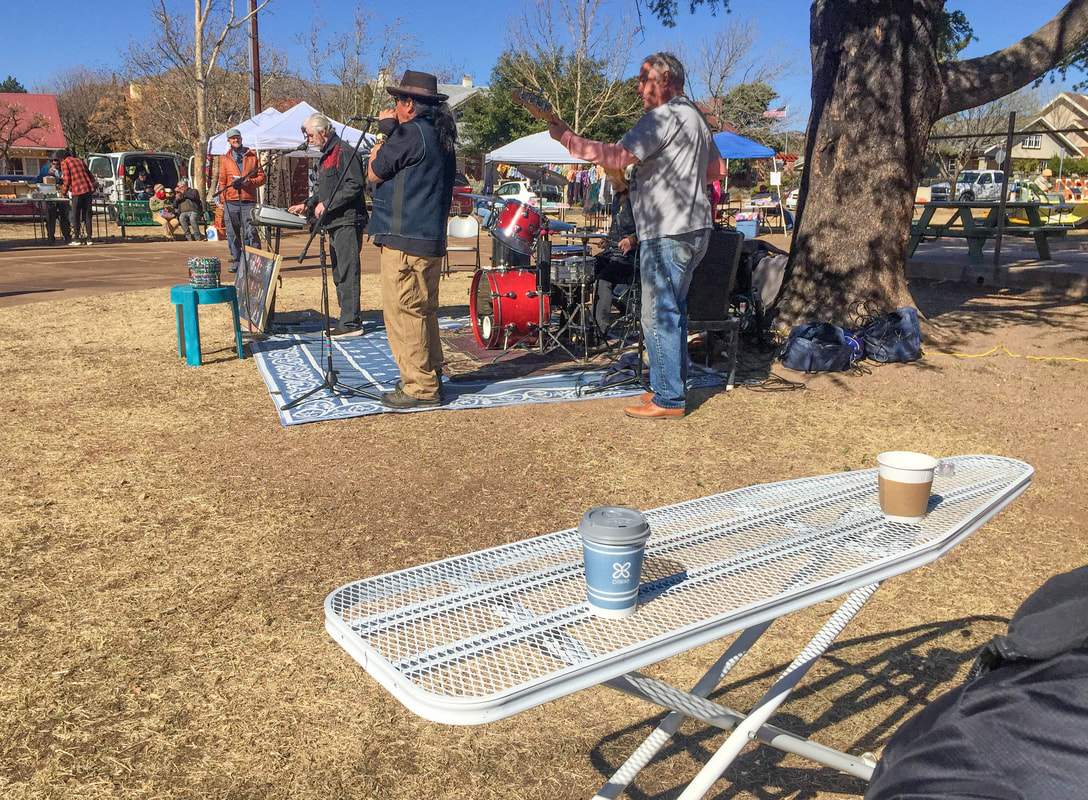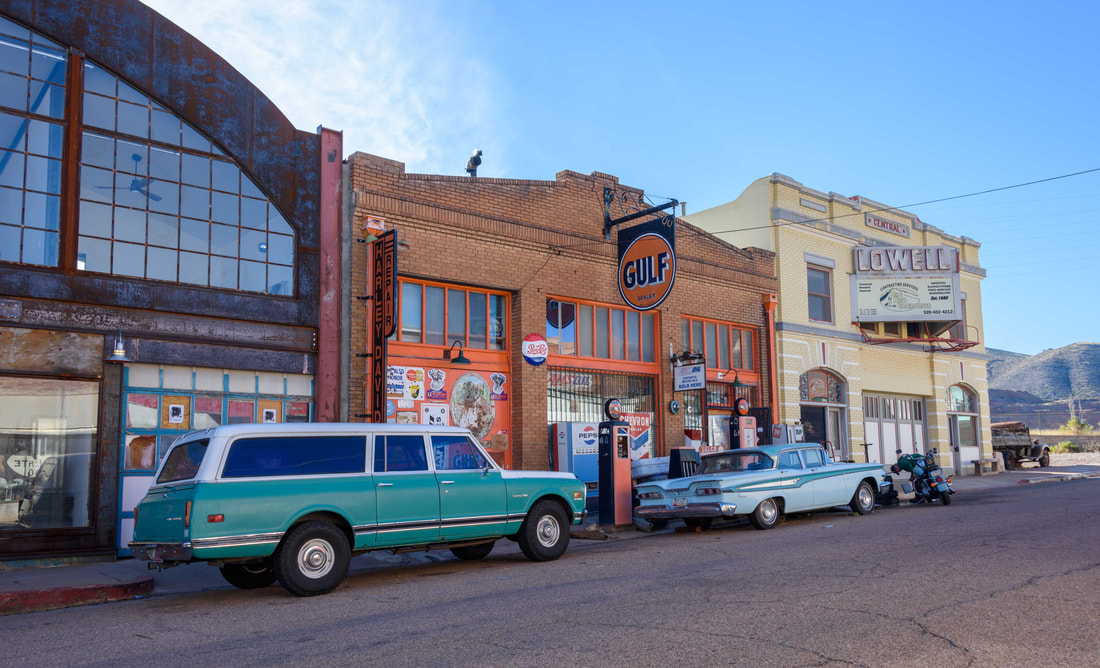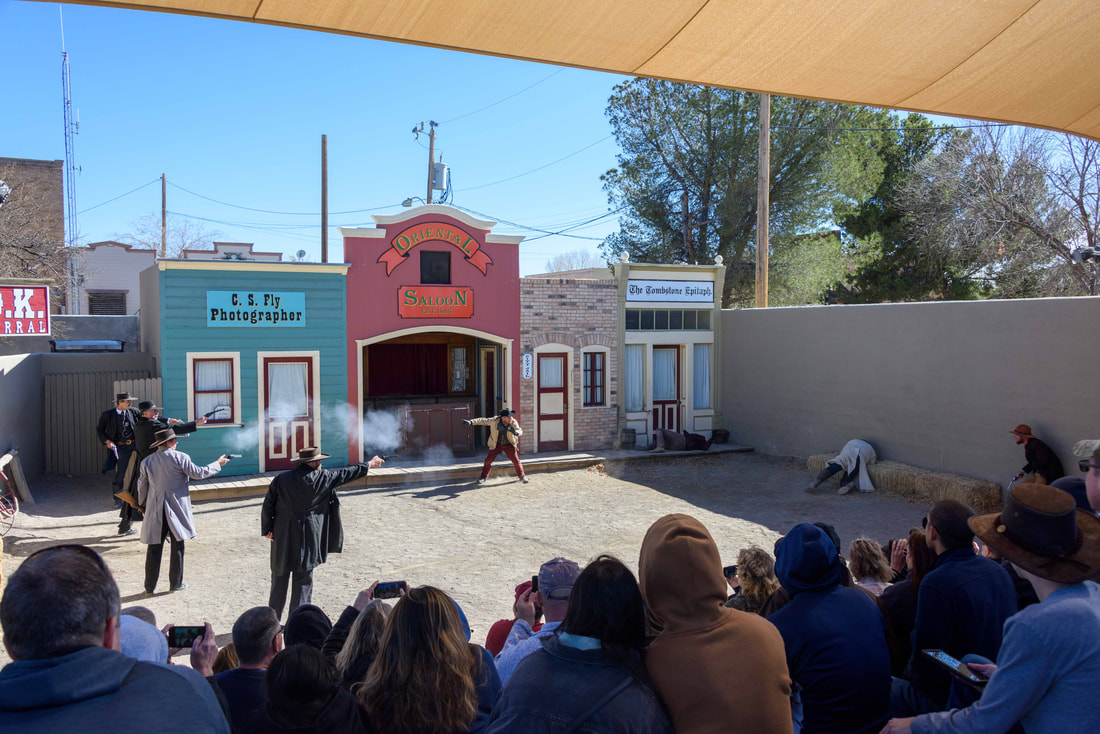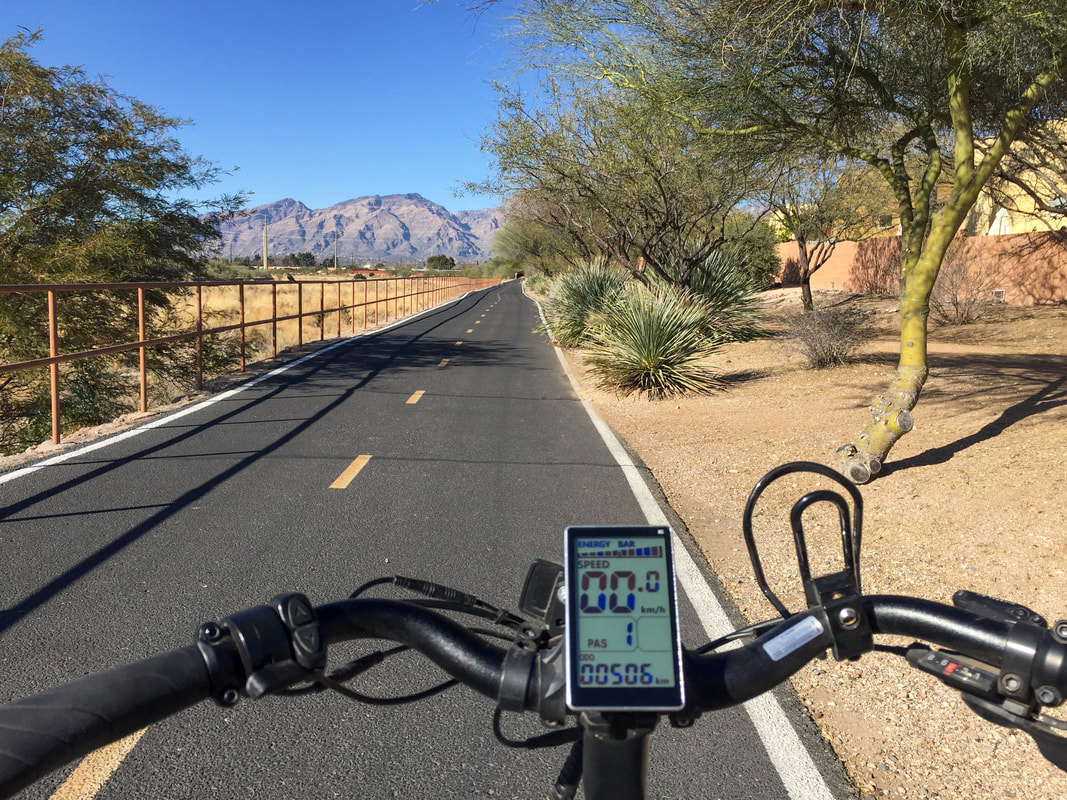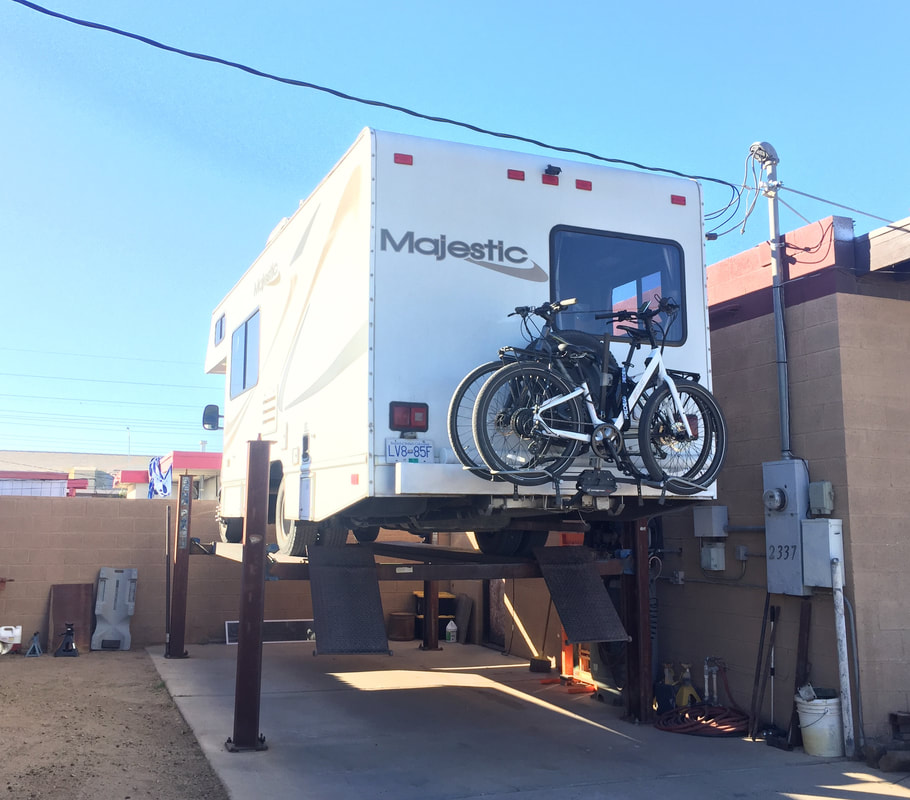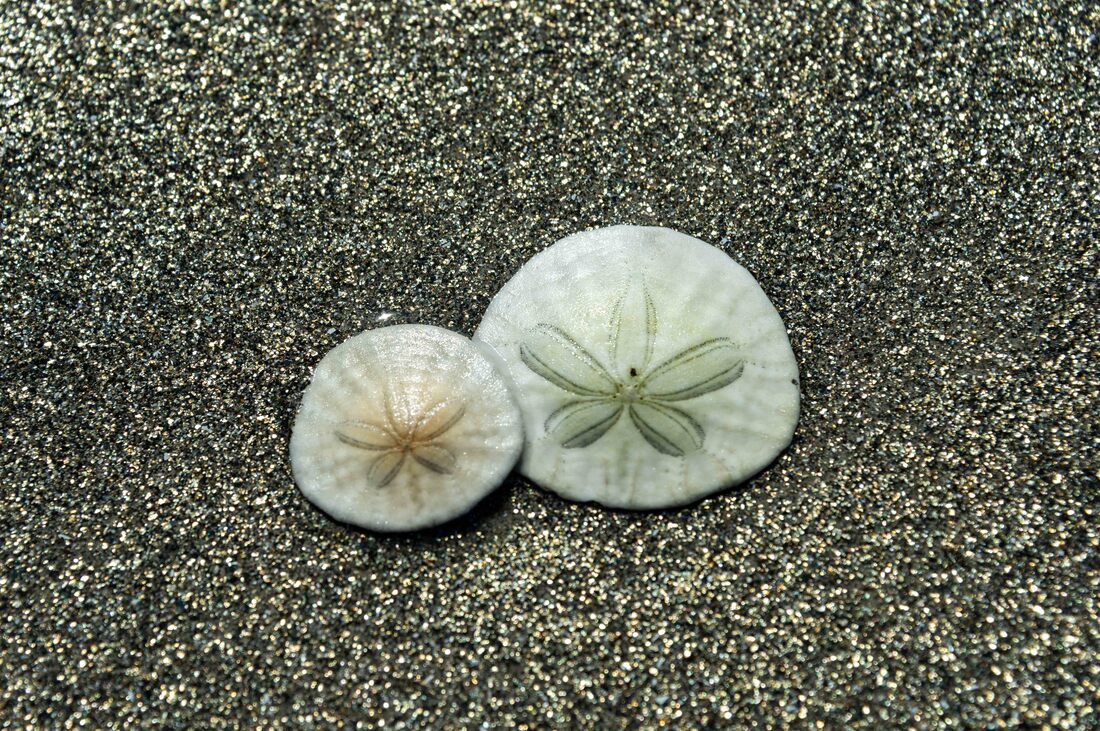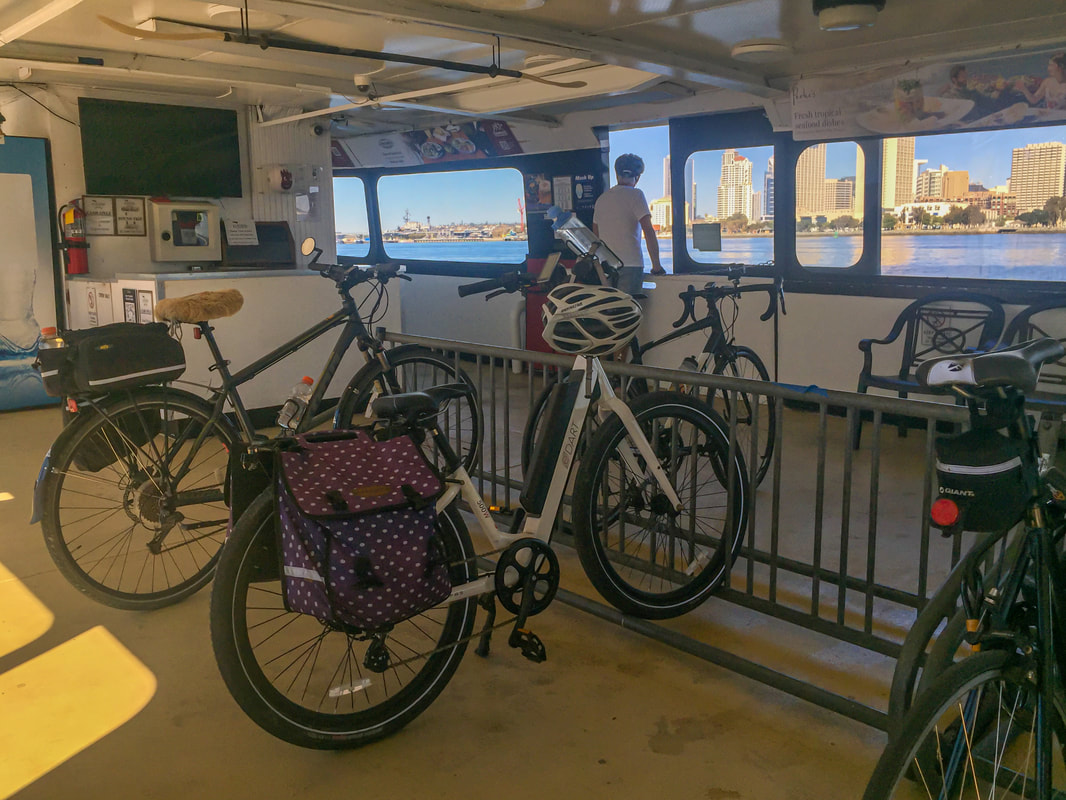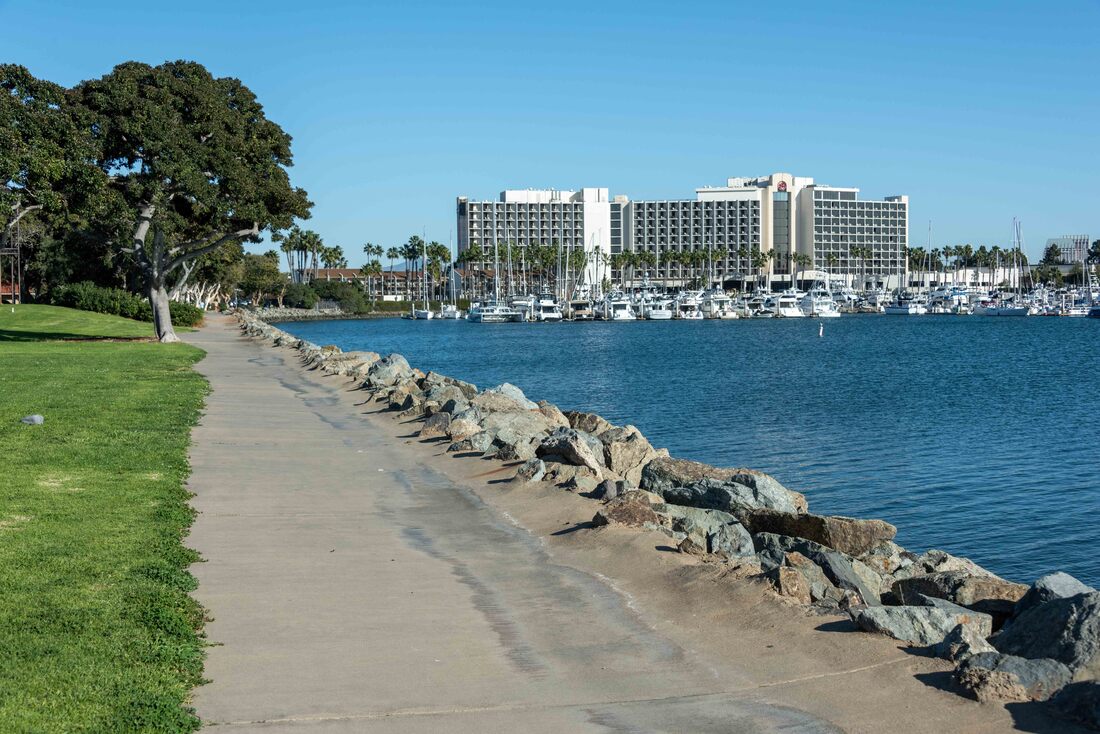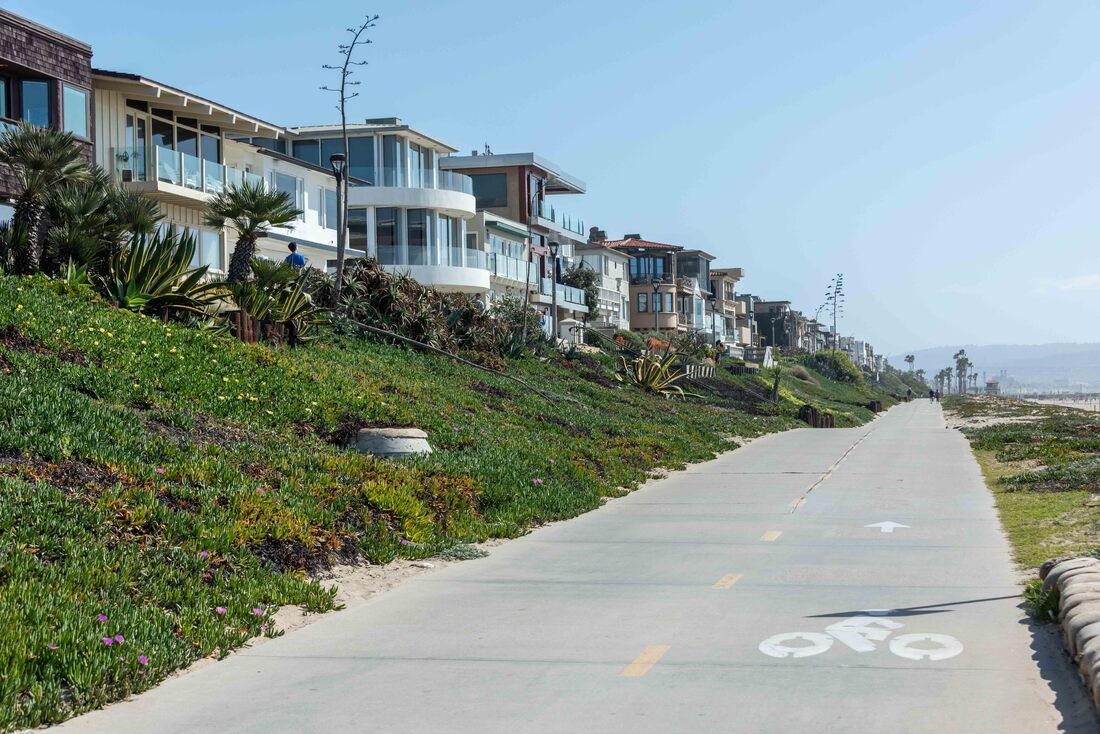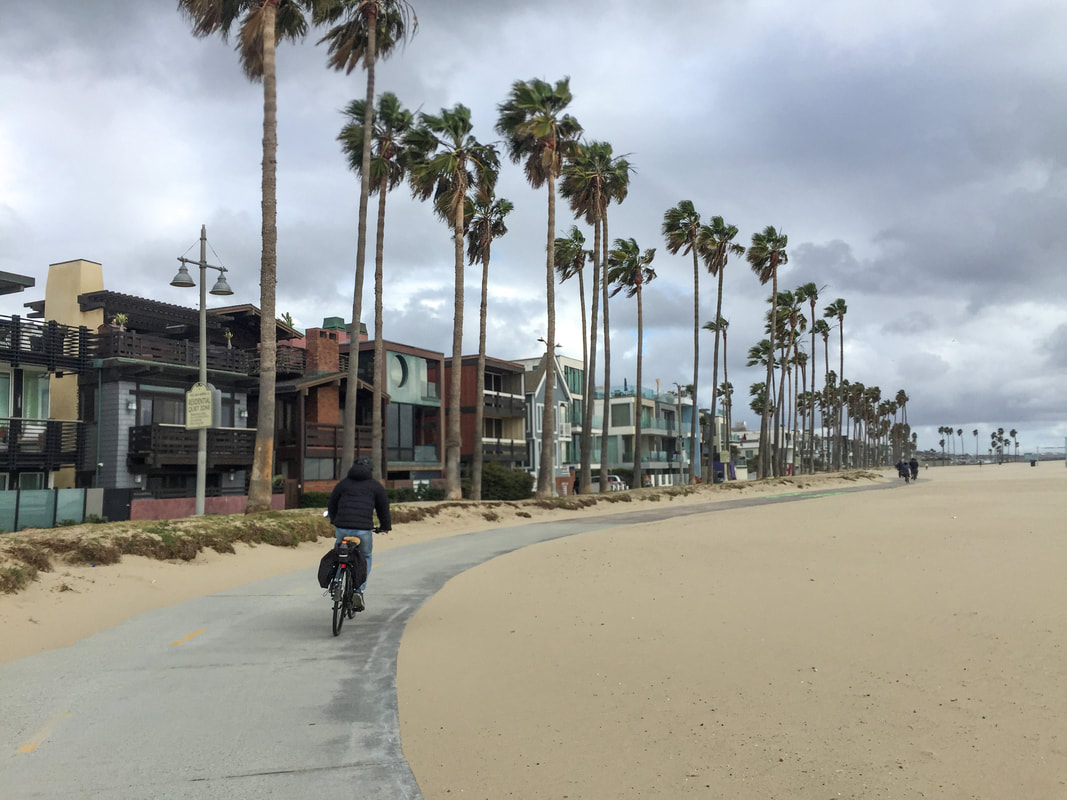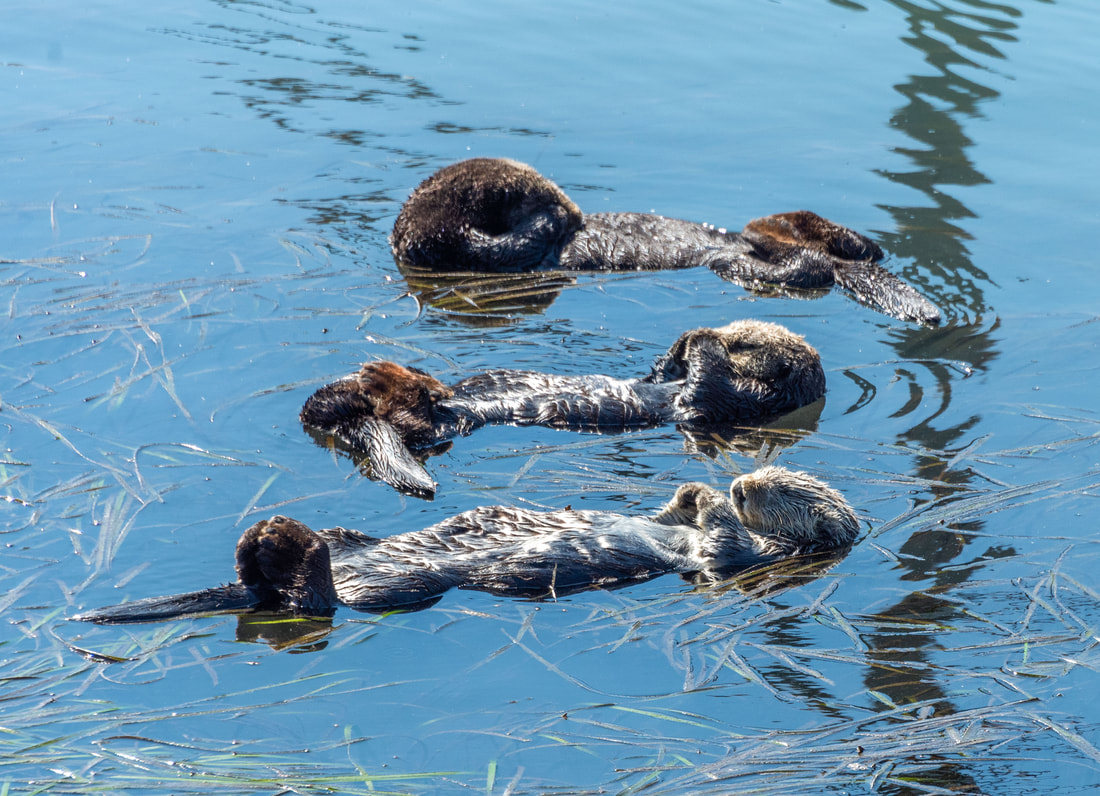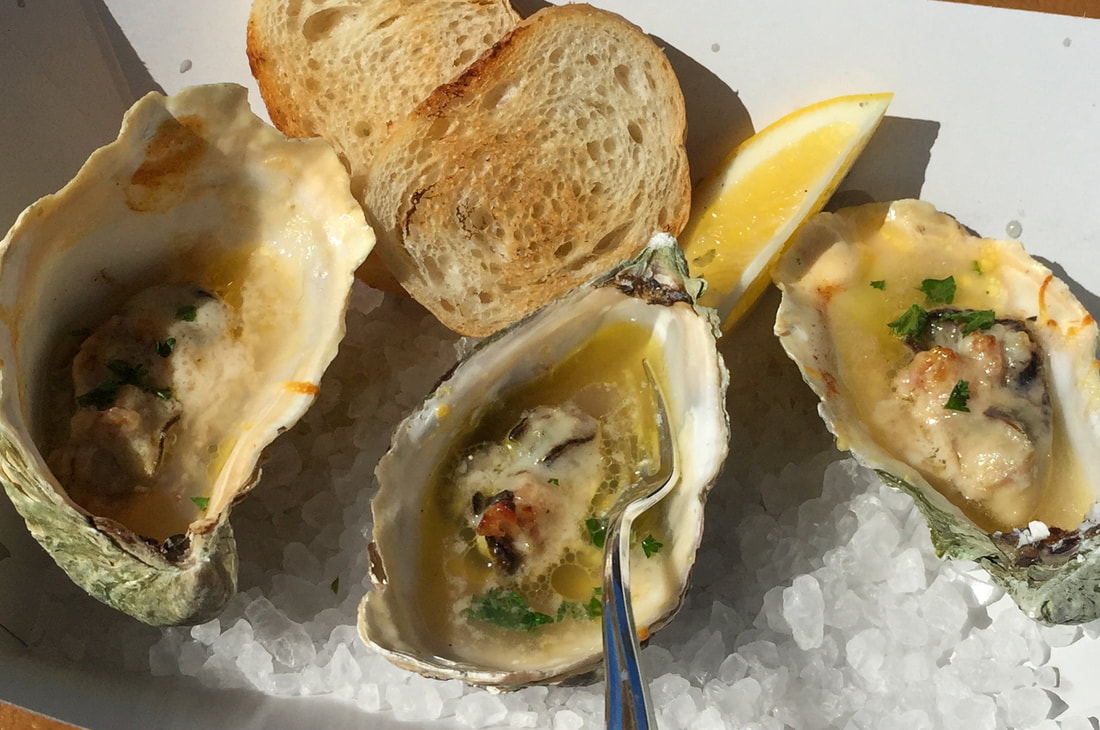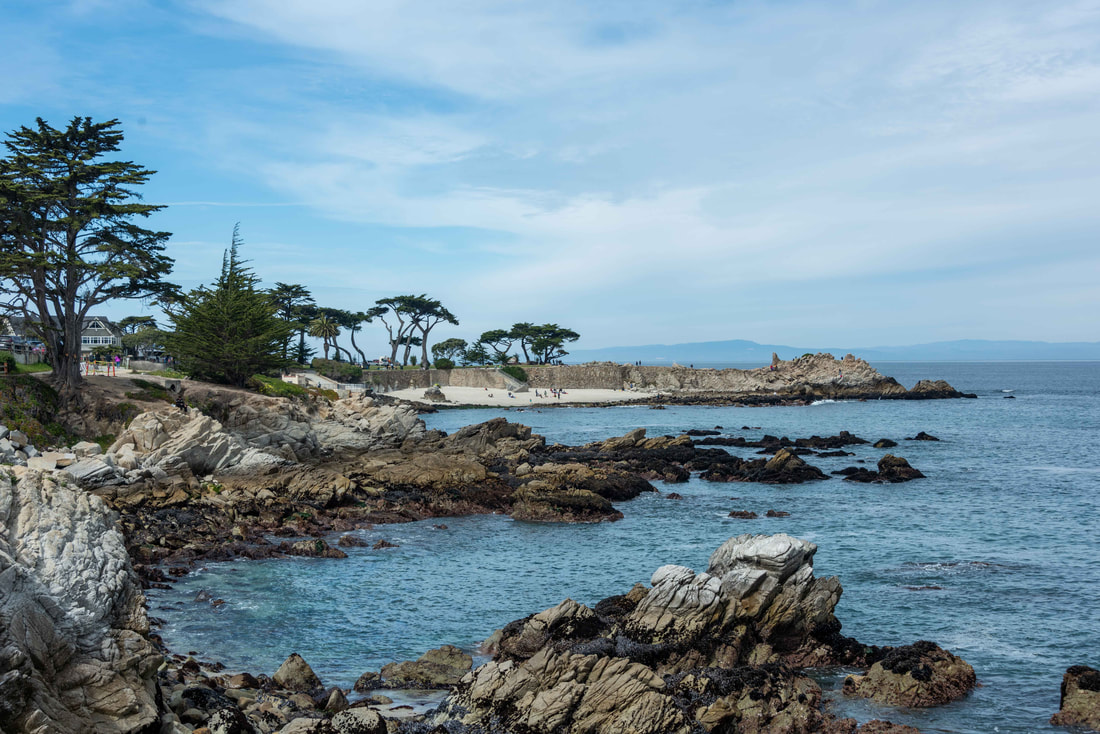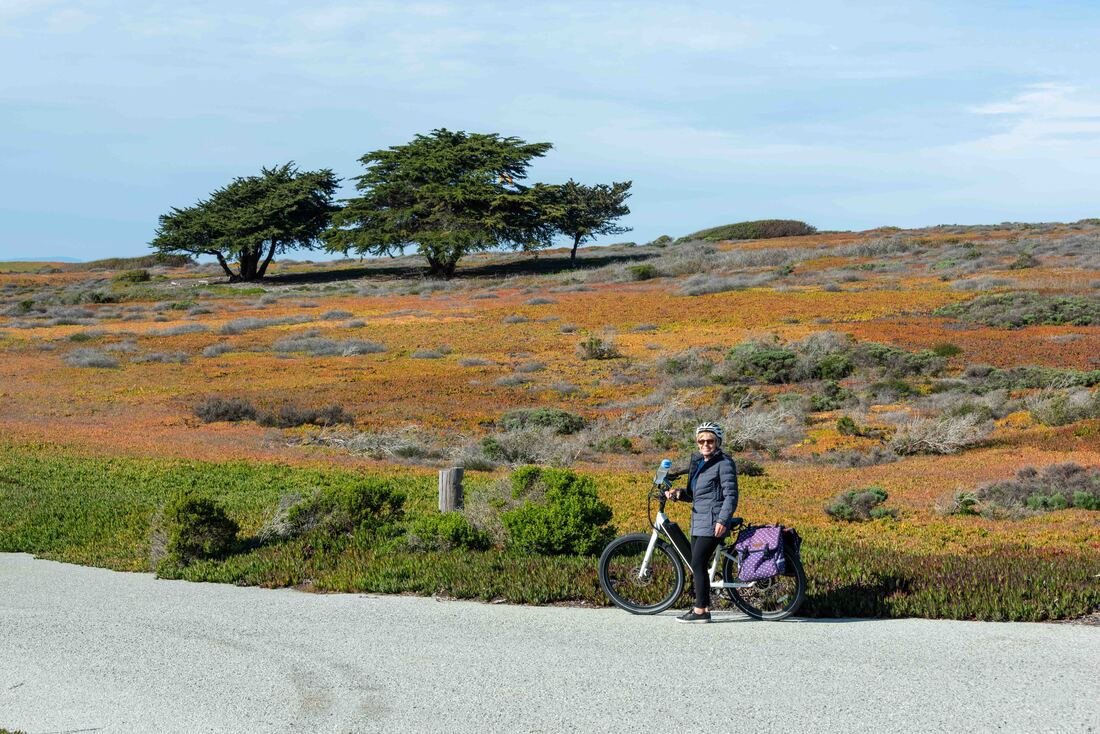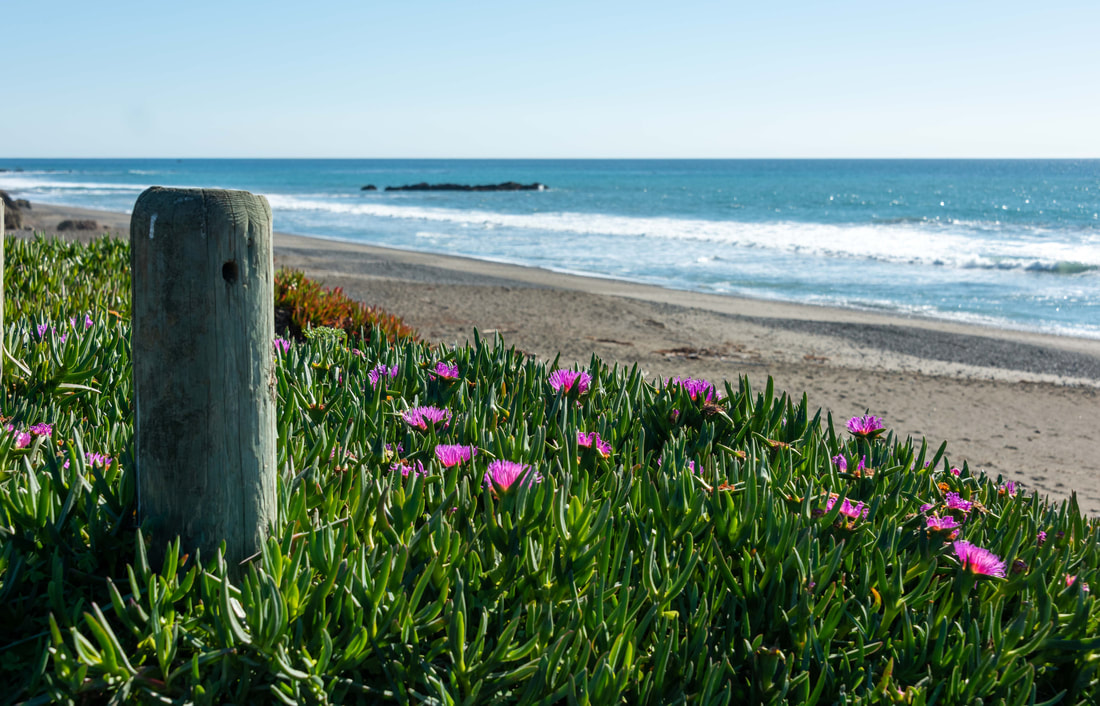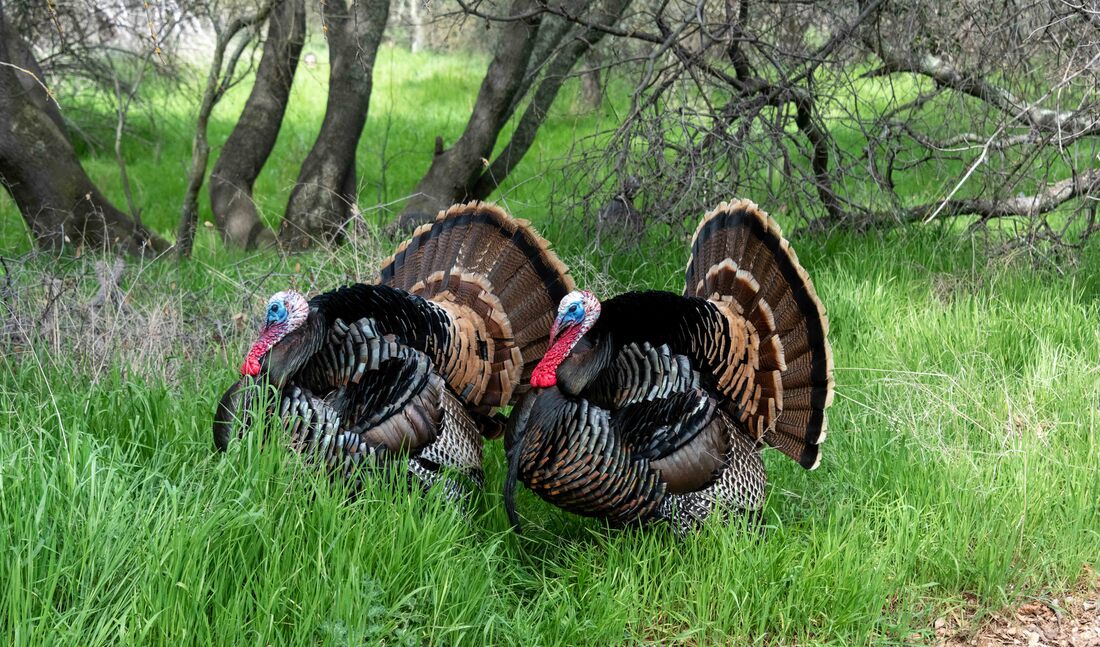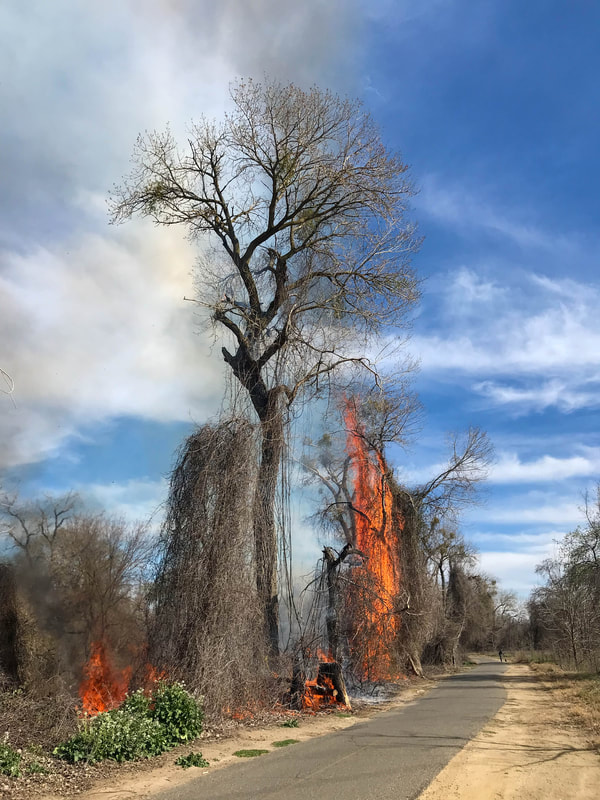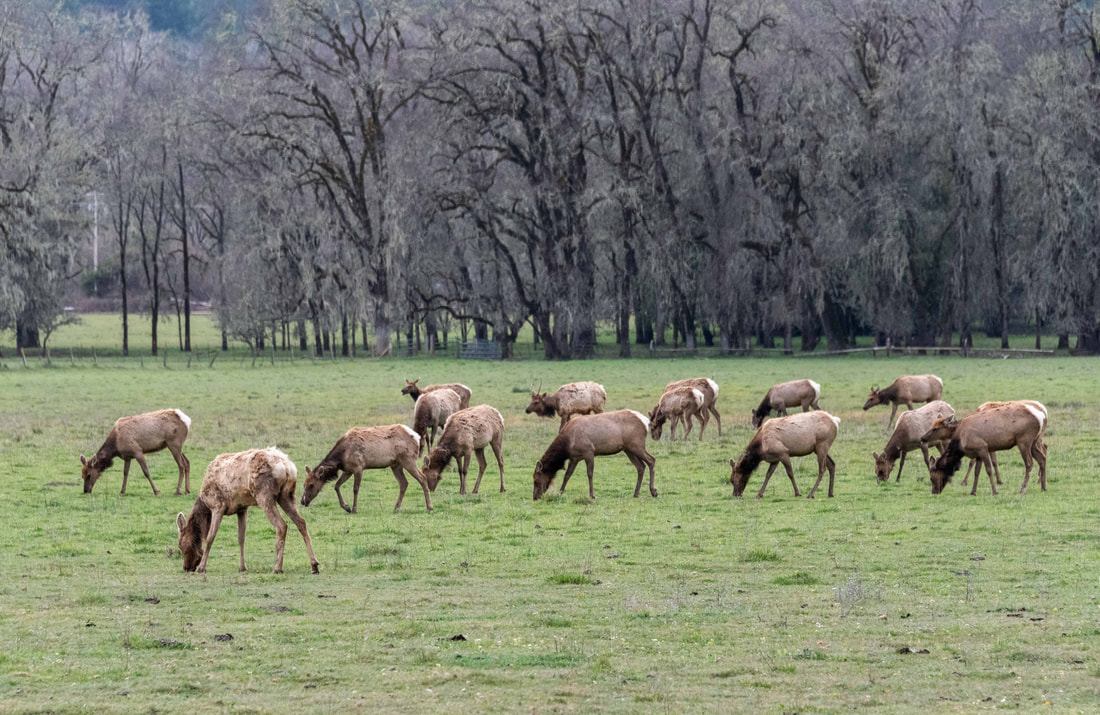In March of 2020 the COVID-19 virus travelled from a wet market in China to North America and set off the first global pandemic we had ever experienced. Within weeks the enormity of this disrupter started to sink in. ICUs began filling, front line health and essential workers became heroes and for a while engendered a 7pm ritual of banging pots and pans to honour their efforts. For over a year we couldn’t gather in our family’s living rooms let alone travel outside our community or afar. Seniors in assisted living went months unable to see their loved ones as the virus ravaged one home after another killing many of the aged. Cities and countries oscillated between lockdowns, easing restrictions, another ‘wave’ and the cycle repeating itself.
As the global economy shape shifted, many lost their jobs and others started to work from home. Masks were mandatory to enter any shared spaces. Plexiglass separated diners and workers from each other. Goods and services became either difficult to acquire or exponentially more expensive with long delivery timelines. Online ordering replaced retail shopping and QR codes replaced menus and it’s unknown how much will remain the ‘new normal’. And finally, terms like ‘anti-vaxxers’ and ‘social-distance’ were added to our lexicon.
Within 12 months the first vaccines were approved for use and distributed in order of age (and most vulnerable) all the way down to 12-year-olds. The record time was a testament to the urgency and collaboration of the world’s scientists. For Rick and I, our initial vaccine was received on April 1, 2021 with the second 12 weeks later. In September of 2021, 18 months after the start, many in Canada were issued a ‘vaccine passport’ that allowed them to enter restaurants, cinemas and other gathering places. This effectively shut out the ‘anti-vaxxers’ from engaging in a social society. People’s positions on whether to get vaccinated or wear a mask took their toll on relationships and government policies.
During all of this, we found the winter of 2020 long and at times emotionally challenging, but the summers were lovely, and we explored Beautiful British Columbia like never before. For the latter, we thanked COVID. Not wanting to relive the winter of ’20 we headed south for ’21-’22 and had an amazing socially-distanced 4-month trip. Our adventures follow…
As the global economy shape shifted, many lost their jobs and others started to work from home. Masks were mandatory to enter any shared spaces. Plexiglass separated diners and workers from each other. Goods and services became either difficult to acquire or exponentially more expensive with long delivery timelines. Online ordering replaced retail shopping and QR codes replaced menus and it’s unknown how much will remain the ‘new normal’. And finally, terms like ‘anti-vaxxers’ and ‘social-distance’ were added to our lexicon.
Within 12 months the first vaccines were approved for use and distributed in order of age (and most vulnerable) all the way down to 12-year-olds. The record time was a testament to the urgency and collaboration of the world’s scientists. For Rick and I, our initial vaccine was received on April 1, 2021 with the second 12 weeks later. In September of 2021, 18 months after the start, many in Canada were issued a ‘vaccine passport’ that allowed them to enter restaurants, cinemas and other gathering places. This effectively shut out the ‘anti-vaxxers’ from engaging in a social society. People’s positions on whether to get vaccinated or wear a mask took their toll on relationships and government policies.
During all of this, we found the winter of 2020 long and at times emotionally challenging, but the summers were lovely, and we explored Beautiful British Columbia like never before. For the latter, we thanked COVID. Not wanting to relive the winter of ’20 we headed south for ’21-’22 and had an amazing socially-distanced 4-month trip. Our adventures follow…
Sayward Forest Canoe Circuit, Aug 6 - 12, 2020
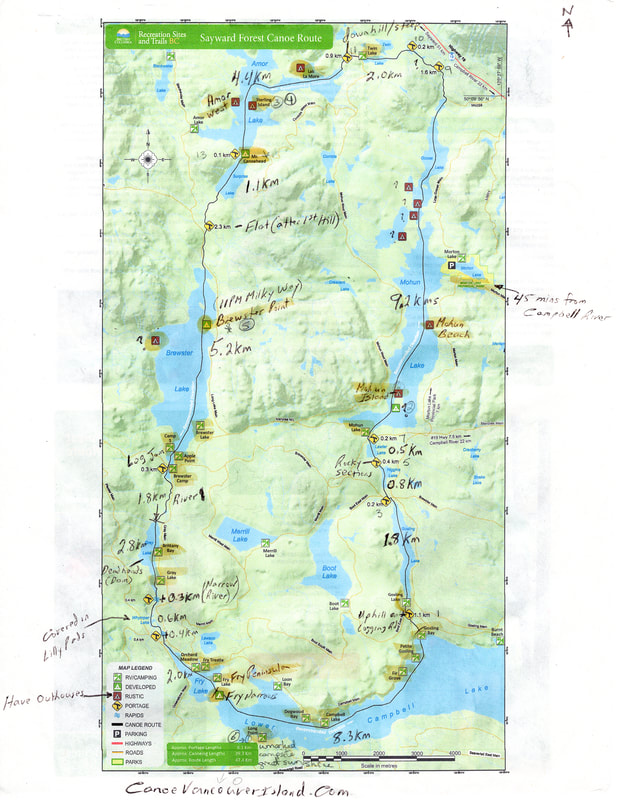
Our first foray into tenting in close to a decade was more challenging than we were prepared for, but the sense of accomplishment and sheer satisfaction of paddling, sleeping in a tent, camp cooking and serene scenery more than made up for the sore muscles. Setting out in a storm from Strathcona lodge we kayaked a series of lakes interconnected by portages suited for canoes but not kayaks.
BC and AB Roadtrip, Sept 1 - 30, 2020
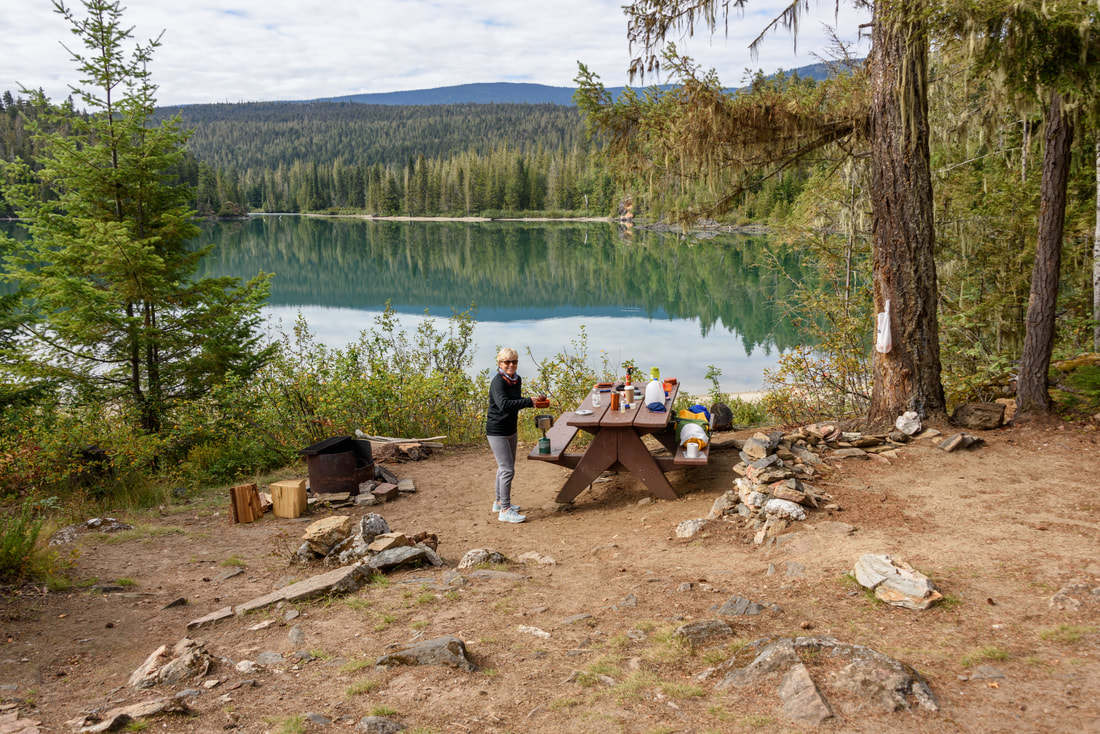
The best campsite of the lot but only one lucky camper can get it. At the south end of Azure Lake just before the channel the land juts into the water and supports this single site. Rick did a midnight run to the outhouse and startled a porcupine. The animal's spines went up and Rick gave it some room.
Powell River Canoe Circuit, July 18 - 23, 2021
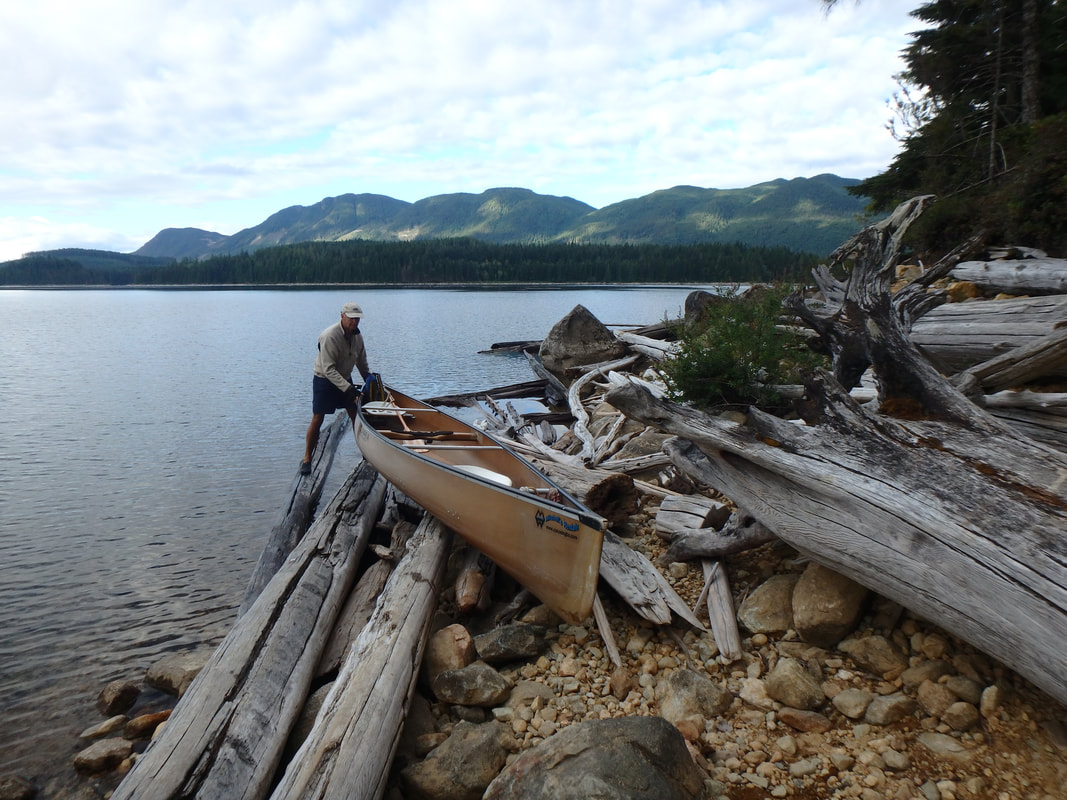
To once again beat the 10am winds, we woke early and paddled across the lake to have breakfast and enjoy the view at the alternate Horseshoe-Dodd portage trailhead. With our fast friends Christa and Ruth we walked the portage and once again agreed that it was a better walk than portage □. Playing cards back at camp seemed a far better idea than carrying our canoes to another site.
Clearwater & Azure Lakes, Aug 9 - 12, 2021
Since we’d had such gorgeous weather and paddling in September last year, we thought it would be even better this year if we went in August to Clearwater and Azure Lakes. While packing our gear into the rented canoe our host informed us that afternoon winds were common in August, so we had to finish each day’s paddle early. So instead of leisurely mornings in camp, we hustled early and paddled fast to make it before the winds came up. (Clearwater & Azure Lakes, Aug 9-12/21)
Interior Road Trip, Sept 9 - 30, 2021
SW USA, Nov 8, 2021 to March 8, 2022
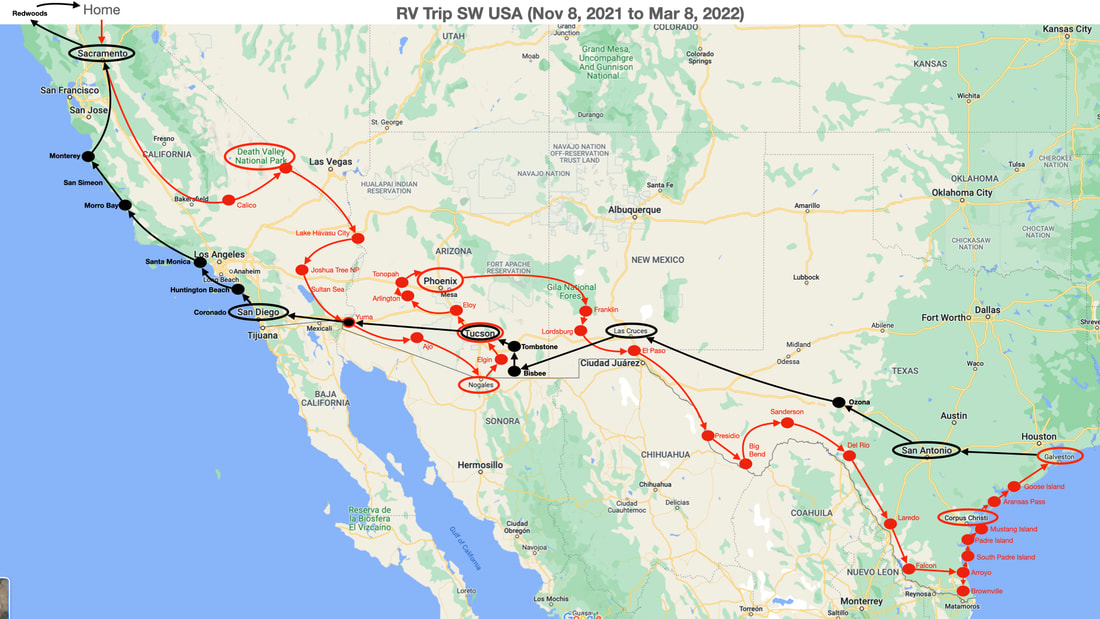
The border with the US opened on November 8, 2021 and we crossed the following day for some snowbird sunshine. The virus had so gripped the collective consciousness that we were the only vehicle in the Nexus line and one car crossed the regular line. At Costco in Bellingham a trio of employees were asking themselves where all the Canadians were and decided "it was probably because the US was such a shit-show with all the anti-vaxxers and anti-maskers." (California, Arizona & Texas, Nov 9/21 to Mar 8/22)
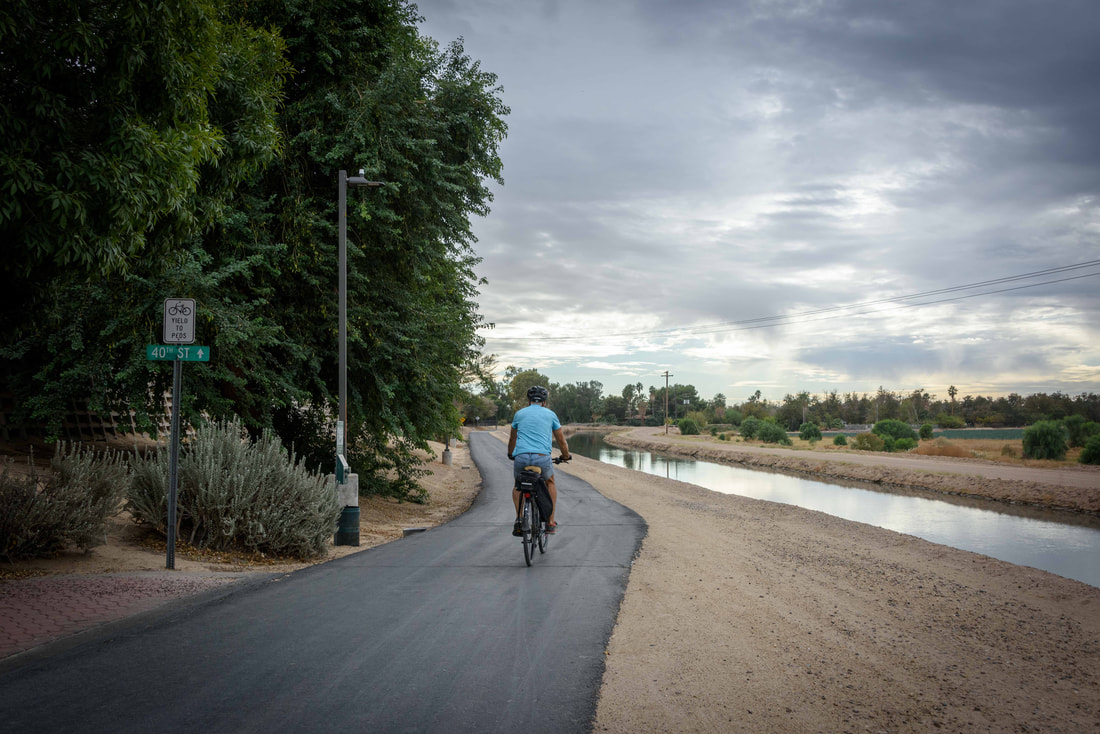
The Guiness World Records called Yuma the “Sunniest City on Earth” with sunshine at least 91% of the year. The East Main Canal Path and its West Wetlands Park spur made for quiet and safe biking. Other than the bonus of some cycling we found Yuma somewhat gritty with the nearby dunes being a draw for ATVs. (Yuma, AZ, Nov 23/21)
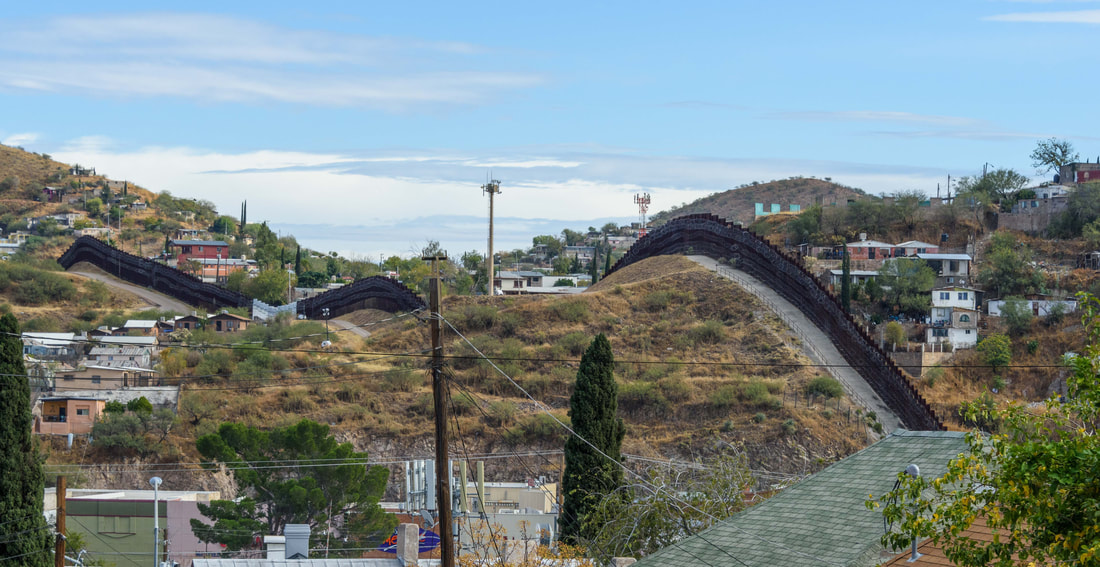
‘The Wall’ snaked through the middle of town separating the US from the Mexican side. Some sections were heavily barb wired an addition courtesy of Trump. We’ve driven hundreds of miles near the border and through border towns and most often the barrier is subtle, based on mountains and the Rio Grande. But this was jarring – through the wall you could see the bustle of Mexican life with cars driving and people walking what felt like inches from the wall. (Nogales, AZ, Nov 26/21)
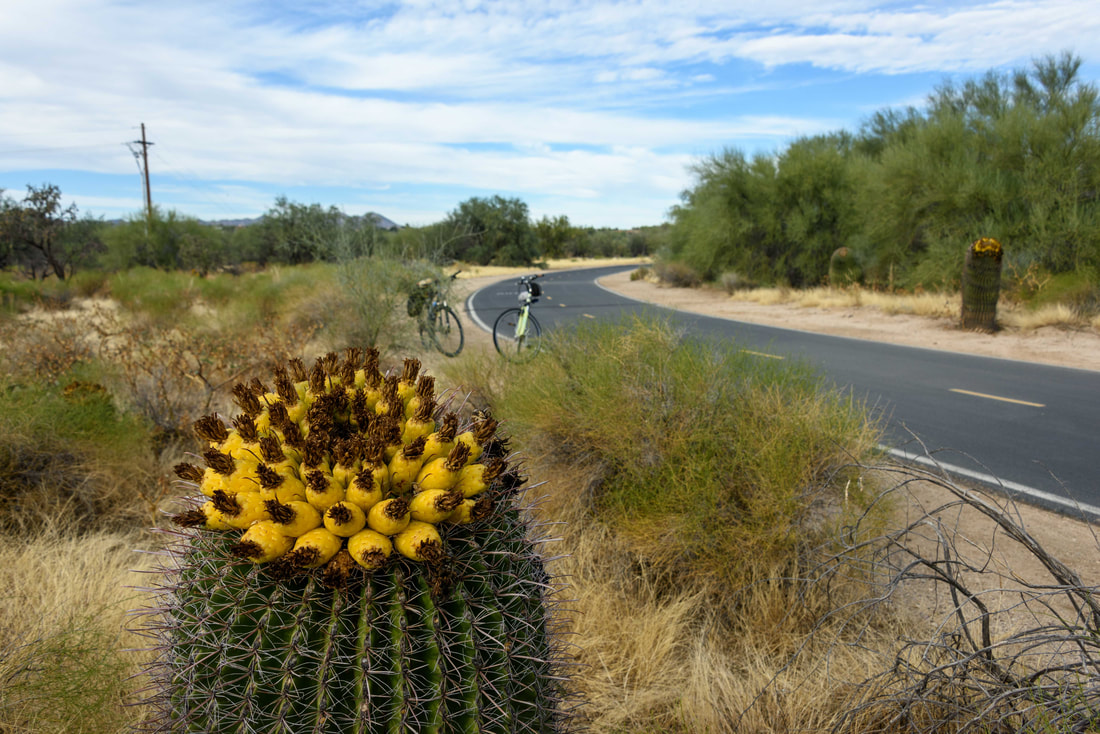
Tucson boasts 130km of paved bike paths and most run adjacent to canals, making them both safely away from roads and often scenic. The bonus with the Canada del Ore Wash trail is that it started from our campsite in Catalina State Park. Barrel cactus with its pineapple like fruit. They taste light and lemony and recipes include barrel cactus mango salsa. (Tucson, AZ, Dec 1/21)
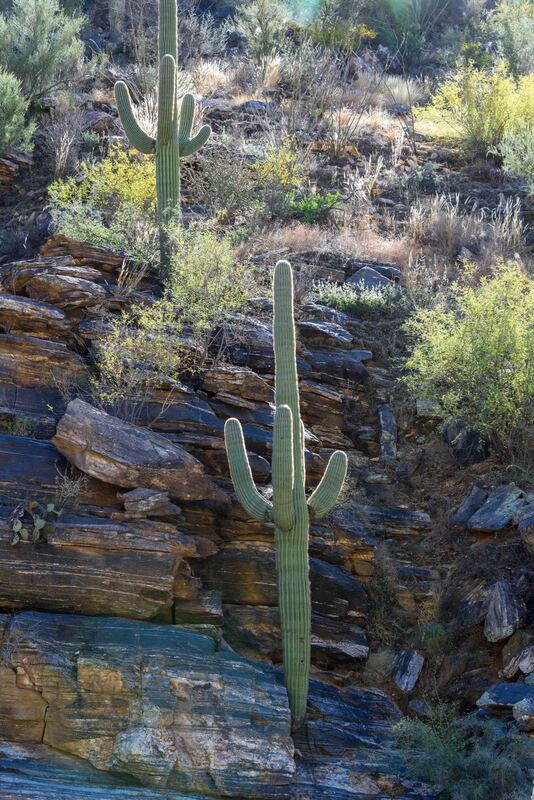
Saguaro’s catching the late afternoon light along the 7 Falls Trail. Their roots are only 3-5” deep but because they stretch out about 4’ it allows them to grow in inhospitable places like this rock face. Growing at about 1 foot every 10 years, these ones would be about 120 years old. (Sabino Canyon, Tucson, AZ, Dec 1/21)
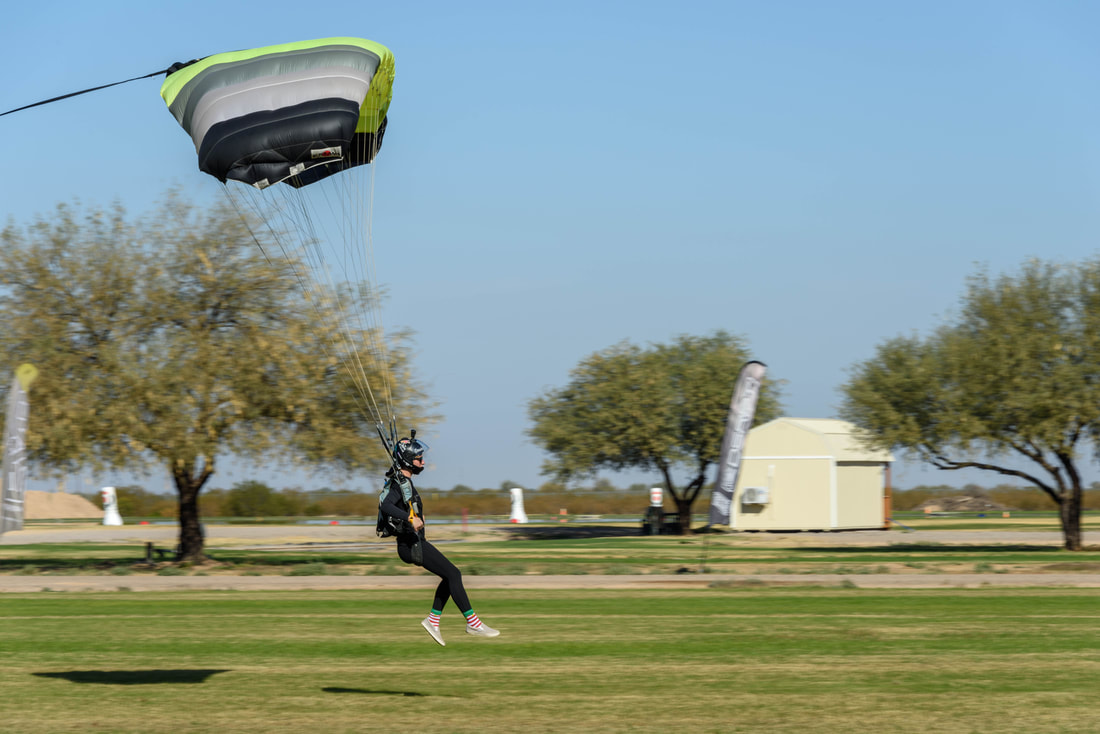
Known as an epicenter for skydiving in the US, small town Eloy was all about jumpers. A steady flow of shuttles took batches of skydivers to the planes that flew up one after the other to release the various colorful parachutes. After spending hours watching the ‘show’, it was interesting to see how graceful most of the women landed while many of the men opted for a more testosterone fueled hard and fast approach. (Eloy, AZ, Dec 5/21)
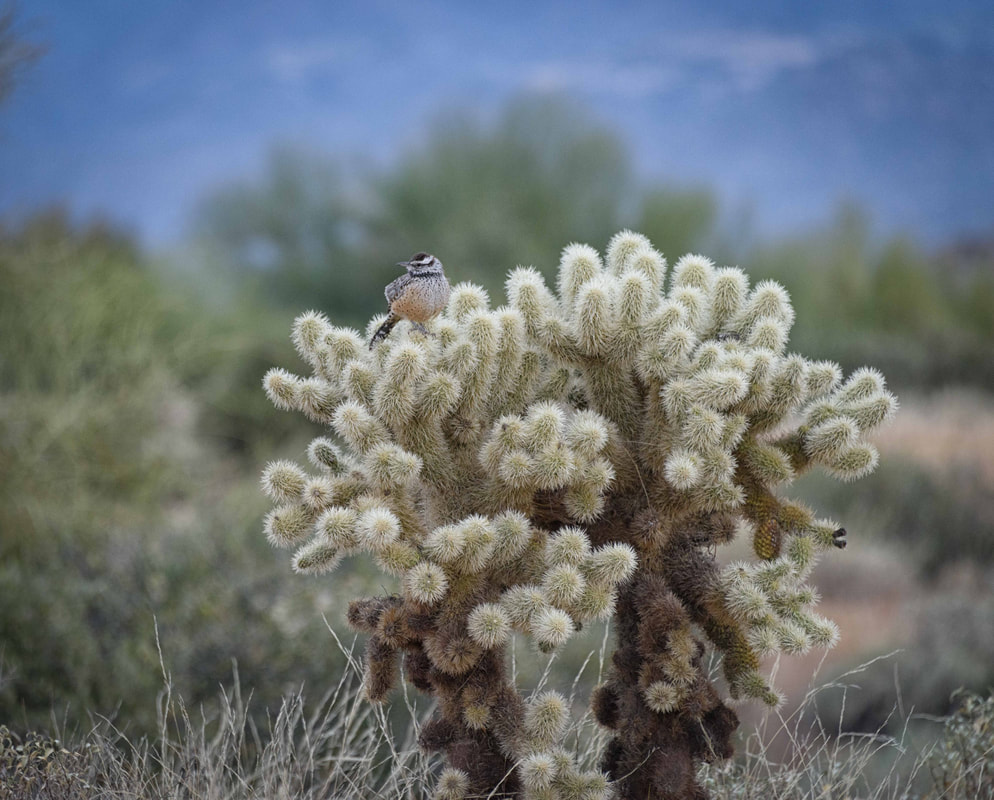
The aptly named Cactus wrens are Arizona’s state bird. During an evening walk through the Rowland County Campground (a fave) they were busy chattering to one another while perched atop all variety of cactus spines. Because they’re so light and they spread their toes across the largest surface they can, they’re able to pull off this impressive feat without impaling themselves. (Phoenix & area, AZ, Dec 7-15/21)
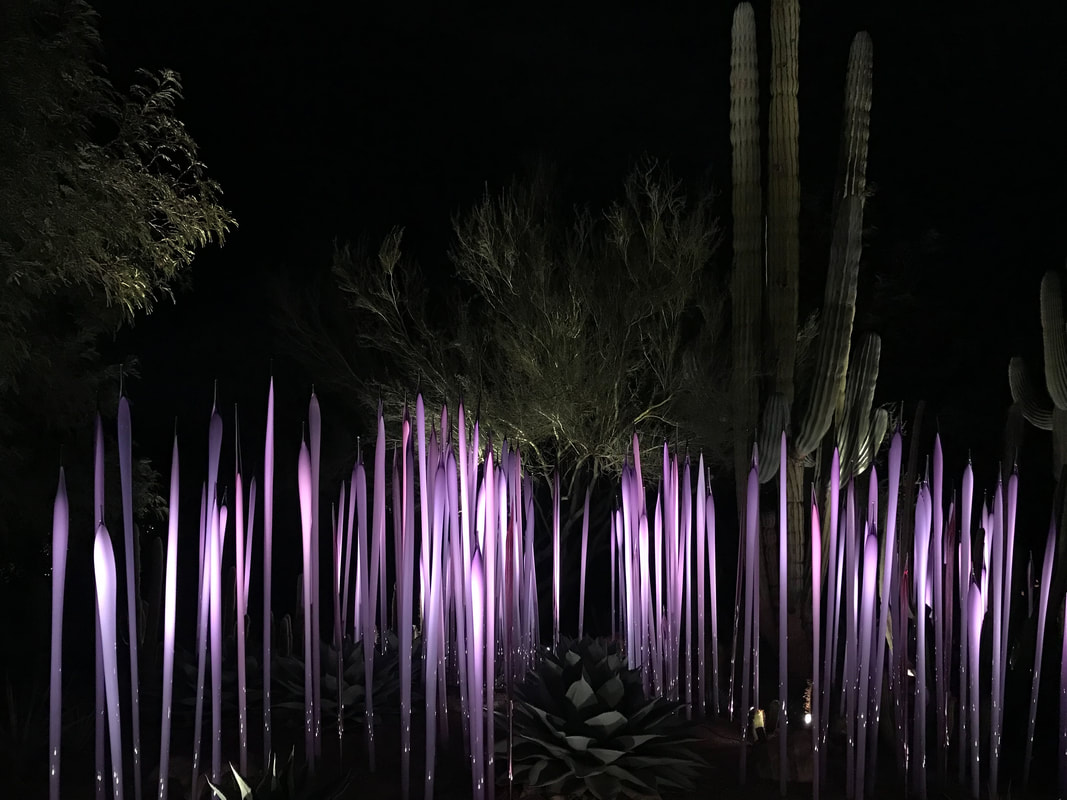
And the same glass work at night…A couple of days later we returned for an evening Christmas outing, perfect for Covid since it was all outdoors. The gardens were graced with 8,000 candle lit lanterns, lighted cactus and 7 sets of performers scattered throughout the gardens (incl the Mariachi band below). It was such a treat to be a part of something Christmassy.
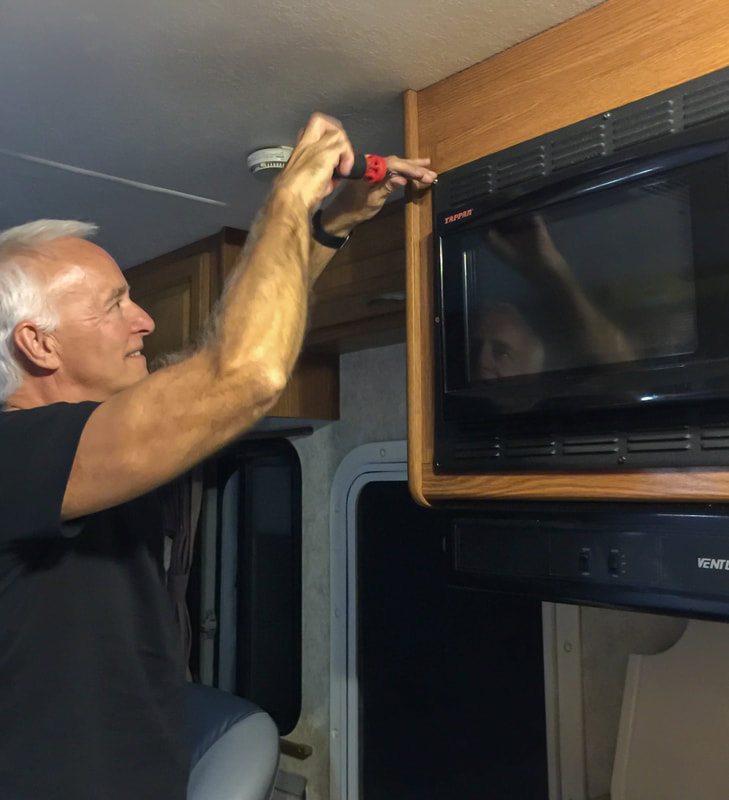
Like the Flatiron took its toll on our bodies, Arizona’s roads took their toll on the RV. This quick snap of Rick screwing our microwave back into place was just one piece of collateral damage (along with a flat {and destroyed tire}, a broken cupboard door, a dislodged stove element and a hubcap that rolled into the roadside abyss).

Expecting a wide and rushing river, instead the Rio Grande was most often a narrow slow-moving stream. In addition to acting as the border between the US and Mexico, the river is also an important source of water for the two countries and as the drought continues in the southwest, it is being stressed.
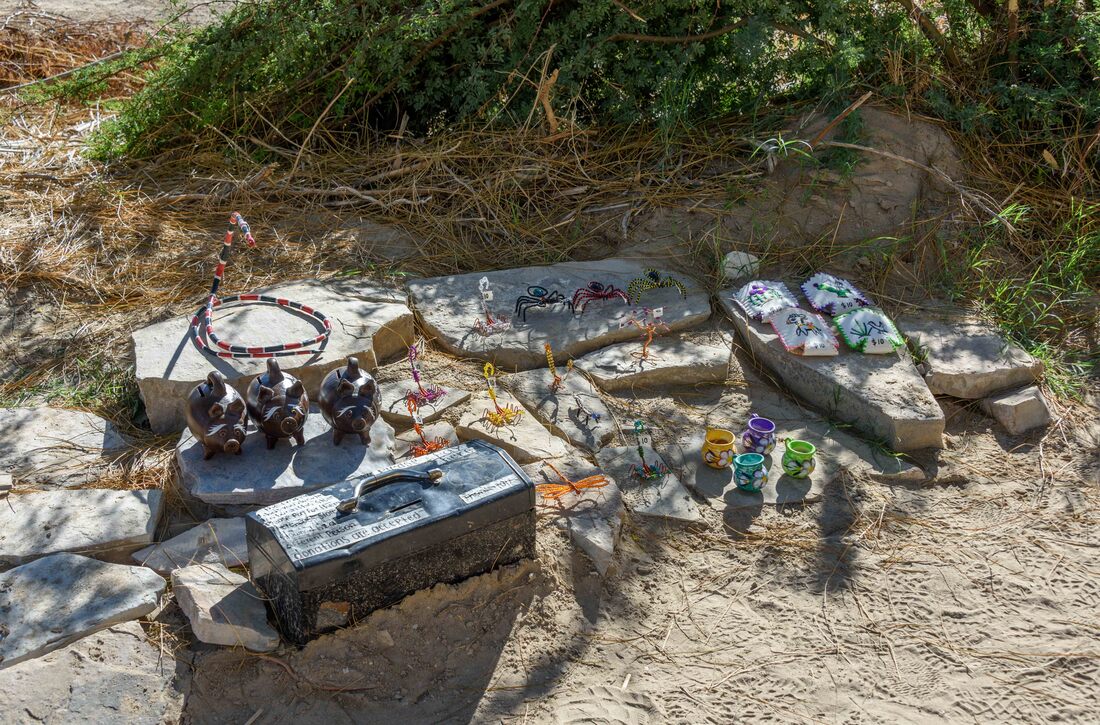
The Hot Spring Trail ended at the shores of the Rio Grande where a selection of crafts was laid out for sale along with an honour box for purchases. Across the river, two Mexican men worked at their crafts. We picked up a braided copper mesquite tree decorated with beads to act as our desert version of a Christmas tree. (Big Bend National Park, TX, Dec 21/21)
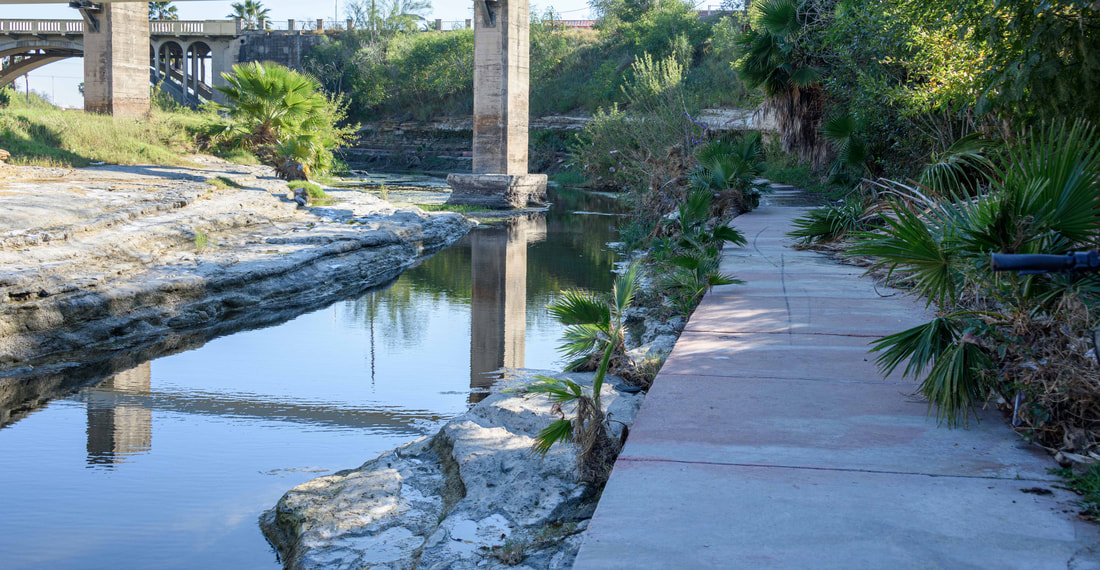
When I was young my dad would sing Marty Robbin’s ‘Streets of Laredo’ so when the town was part of our route, I was excited. I really wanted to love it, but we were uneasy about where to park the RV safely to start a bike ride and parts of the ride went through neighbourhoods I wasn’t comfortable in. Finally it terminated just before the Mexican border. (Laredo, TX, Dec 26/21)
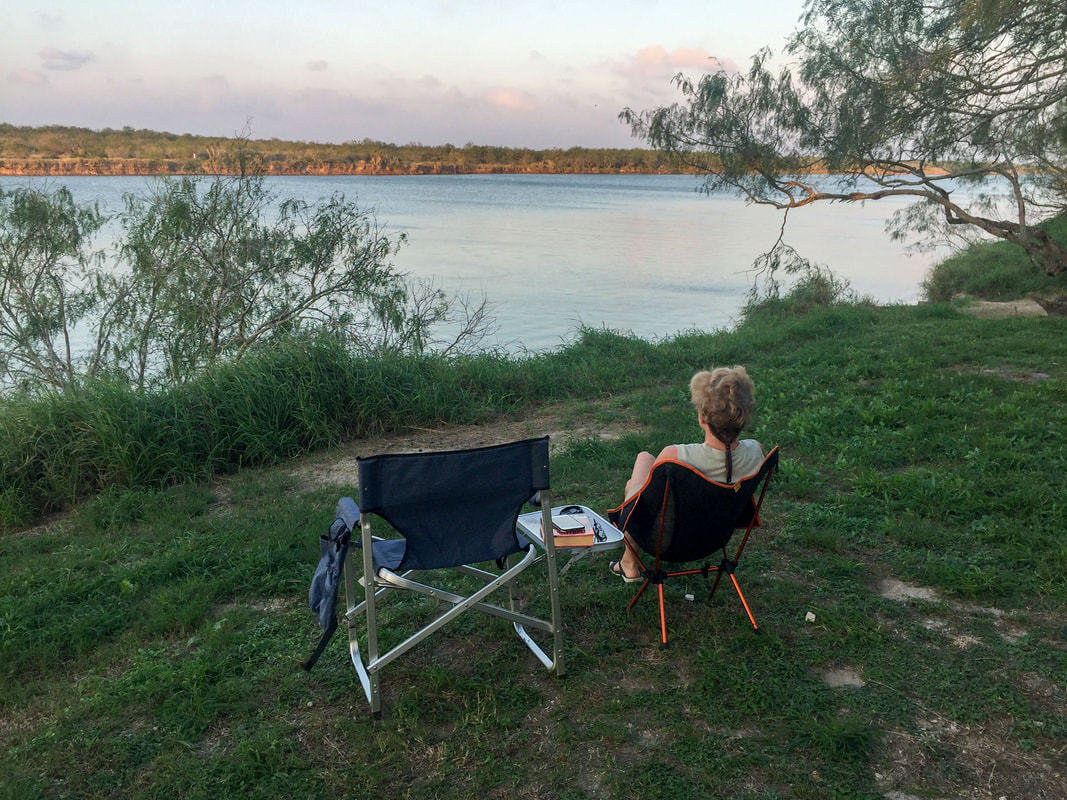
Each night, after a full day of exploring, we sat peacefully watching the pelicans (and sometimes dolphins) put on a show right behind our RV at the Adolfe Thomae CP. It was a fave even though the drive into Brownsville was about 40min. At night if you shone your flashlight into the water huge clusters of fish would jump - it looked surreal. (Arroyo City, TX, Dec 29/21)
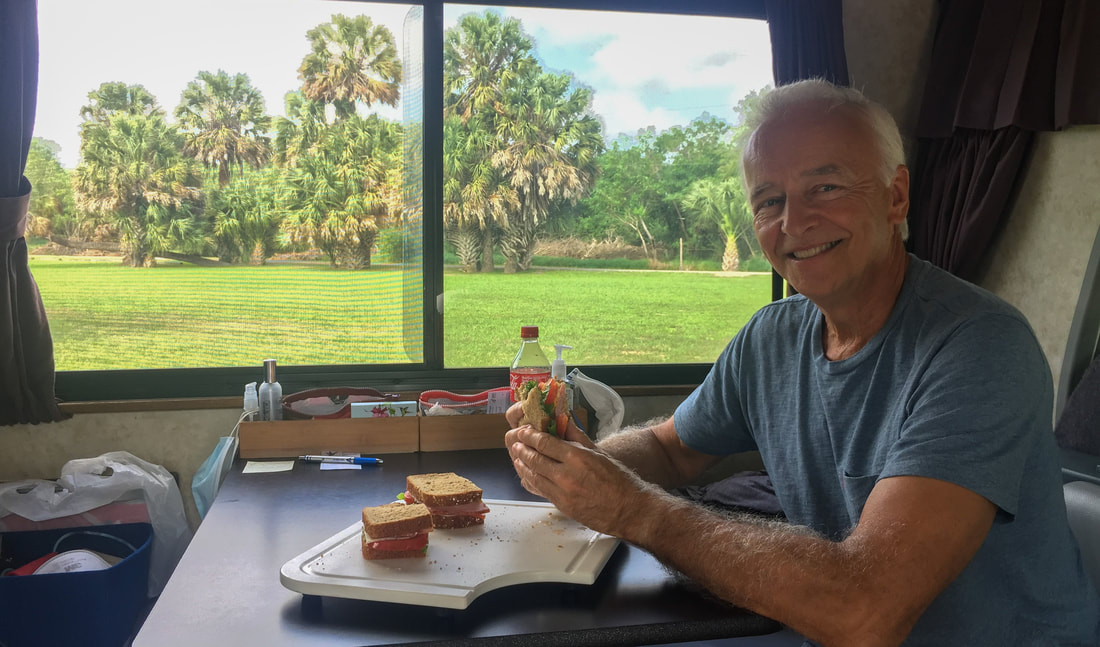
High winds created a multi-sensory experience at the Sabal Palm Sanctuary. Palm fronds (some up to 10’ long) rustled and swayed to what appeared the breaking point as we walked the trails. When citrus farming became popular, this parcel of land was set aside to save the old growth sabals. (Brownsville, TX, Dec 31/21)
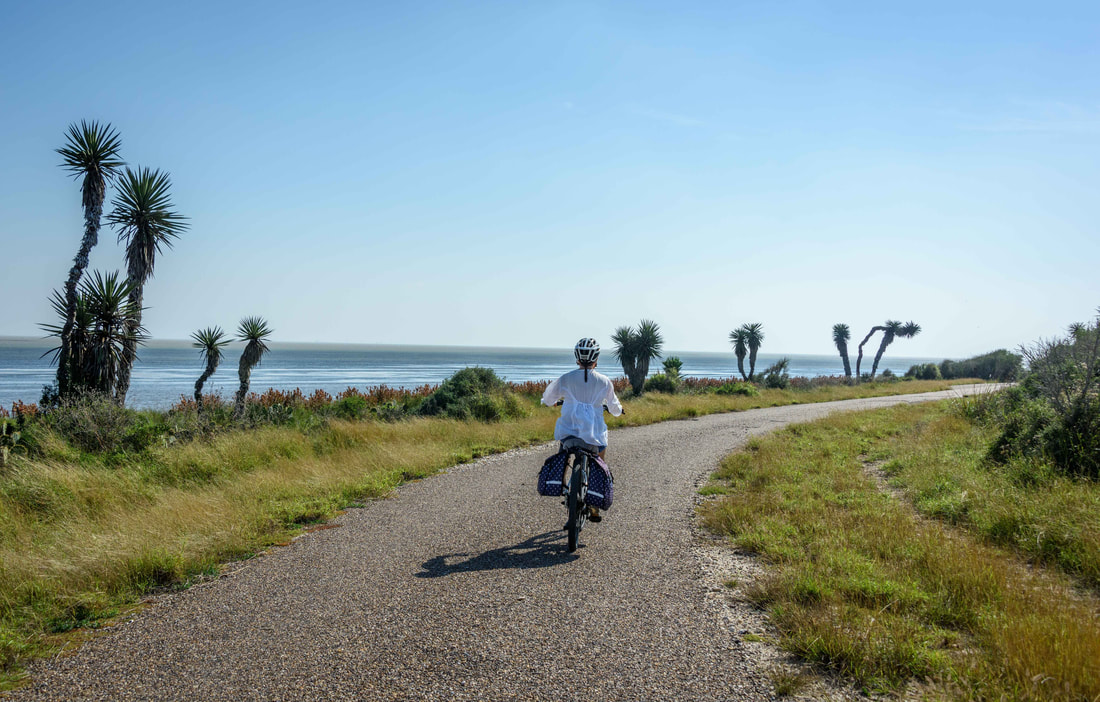
The Texas coast is part of a migratory path for several bird species. A string of national refuges along the coast provide a safe place to rest or nest. A 15mi loop in the refuge has been off limits to vehicles since 2013 leaving nature to reclaim it. Aside from seeing another cycling couple, the place was ours. (Brownsville, TX, Laguna Atacosa Wildlife Refuge, Jan 1/22)
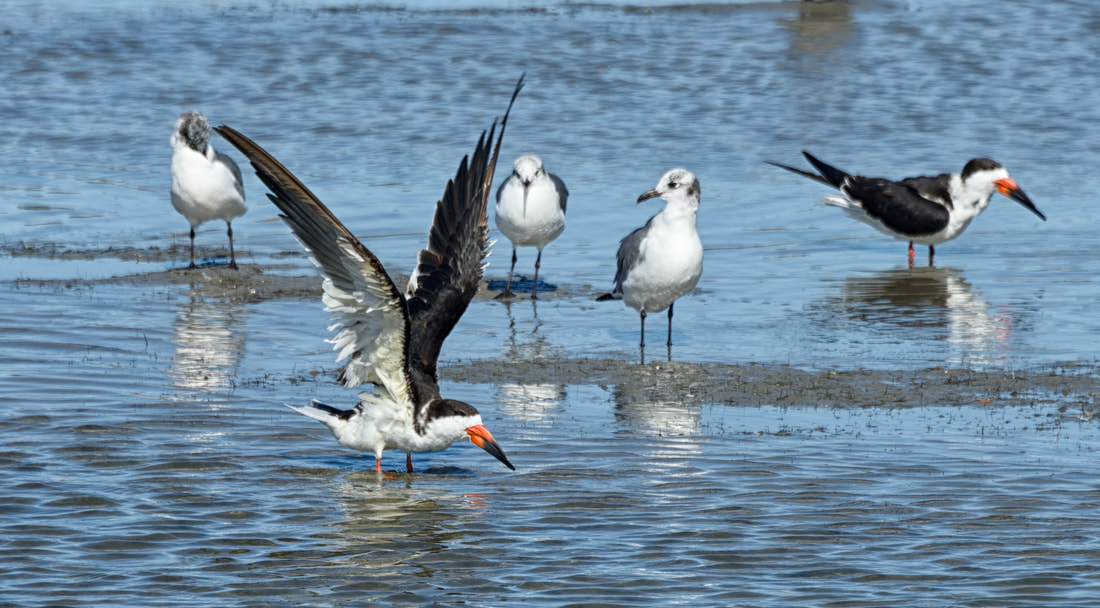
South Padre Island kept us occupied for several days and everything was within a bike ride from the KOA. We spent hours photographing the different types of birds who call this part of the island a resting and breeding spot during their annual migration. And then there was the opportunity to learn about the work done at the turtle center to rescue, rehabilitate and repatriate them with the sea. (South Padre Island, TX, Jan 4/22)
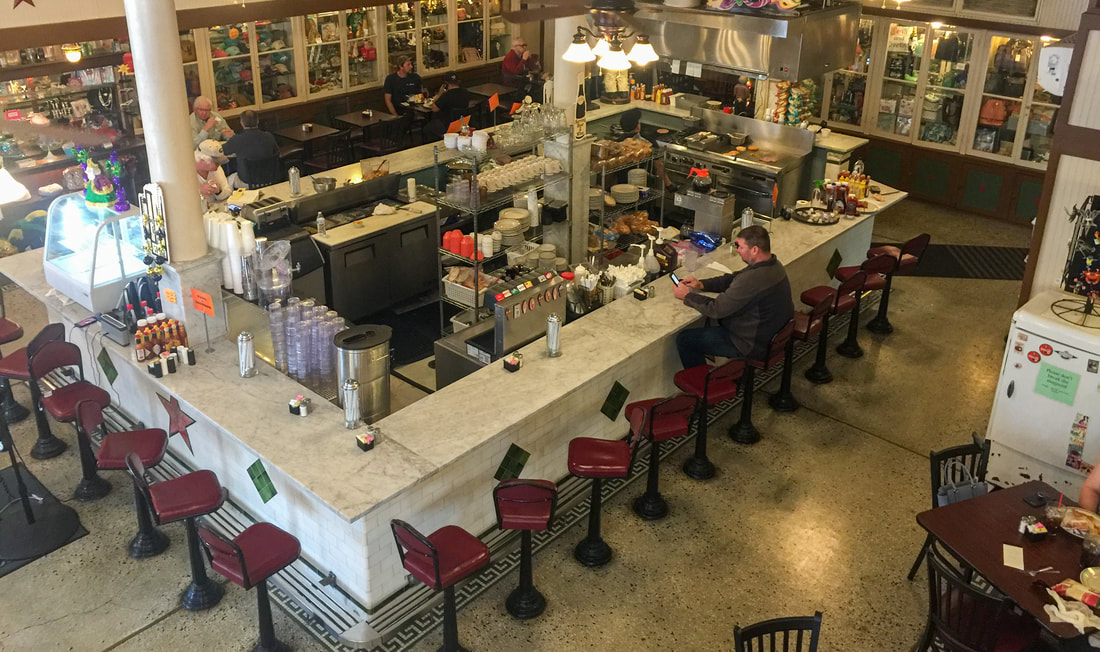
Galveston was a favourite town full of 1800’s buildings and homes along with a long path beside the beach and all of it could be explored by bike – perfect for celebrating my 61st birthday. The Star Drug Store was one of the town’s original buildings and its outdoor patio became our go-to for breakfast. In another year it would be fun to soak up the history inside the retro café. (Galveston Island, TX, Jan 18-21/22)
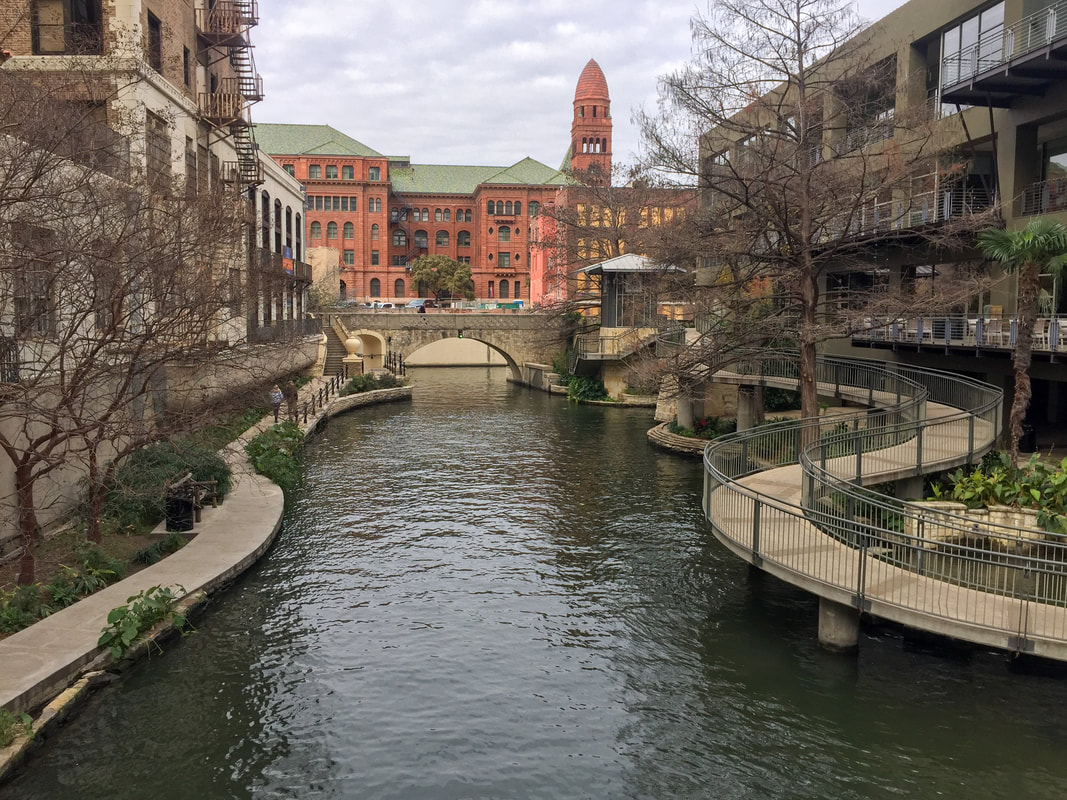
The River Walk was the centerpiece of the city, and a person could spend days strolling the path that ran on both sides of the San Antonio River for several km. It felt like part Disneyland, part Venice and part tropics. Between the endless walking and biking options we loved this city! (San Antonio, TX, Jan 21-23/22)

Eons ago a large volcano erupted tossing a jumble of rocks onto otherwise miles of flat land. Erosion followed so that today they have a columnar appearance. Tonight, like innumerable other times, we feel grateful for our humble RV and the opportunity to camp in remote places. (City of Rocks SP, NM, Jan 26/22).
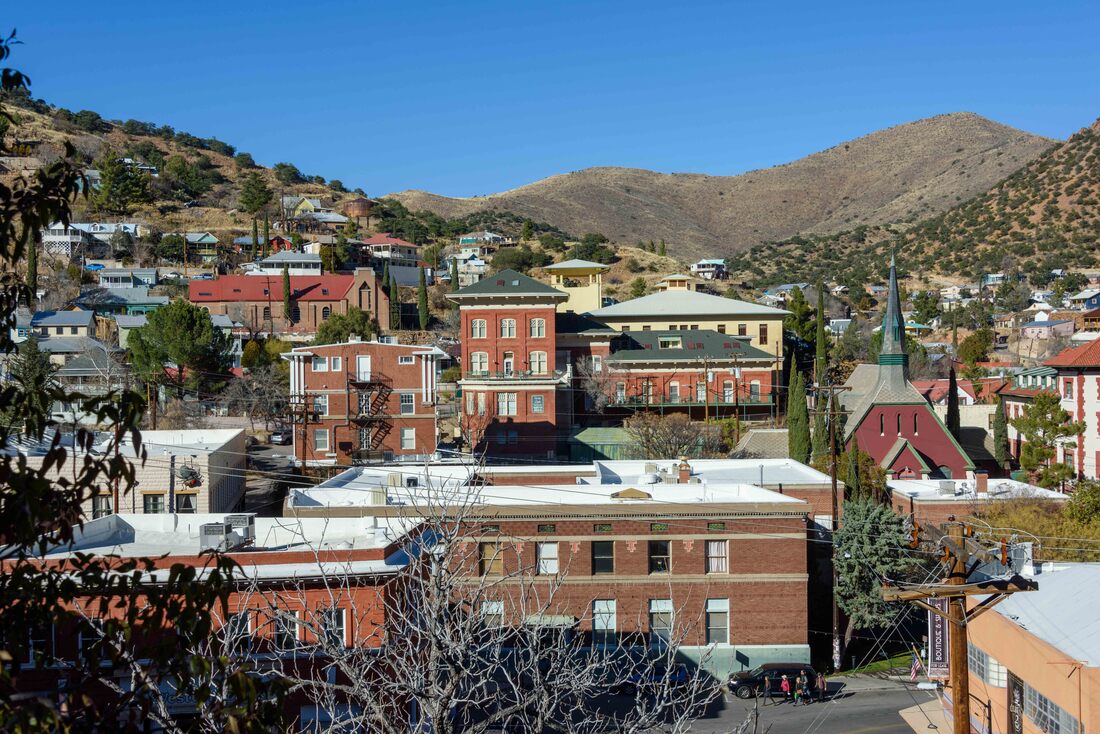
A few miles south of Tombstone, the town of Bisbee add to the history of the area. Like so many others it started as an 1800’s mining town that grew during a rush, shrunk when the metal was depleted or no longer valuable and then restored by a group of concerned citizens to become a tourist destination and culturally rich place to live. With the town perched on and in between two hills there were 1,000 stairs scattered about to take you from the top of one hill to the bottom and then back up the other hill. (Bisbee, AZ, Jan 27/22)
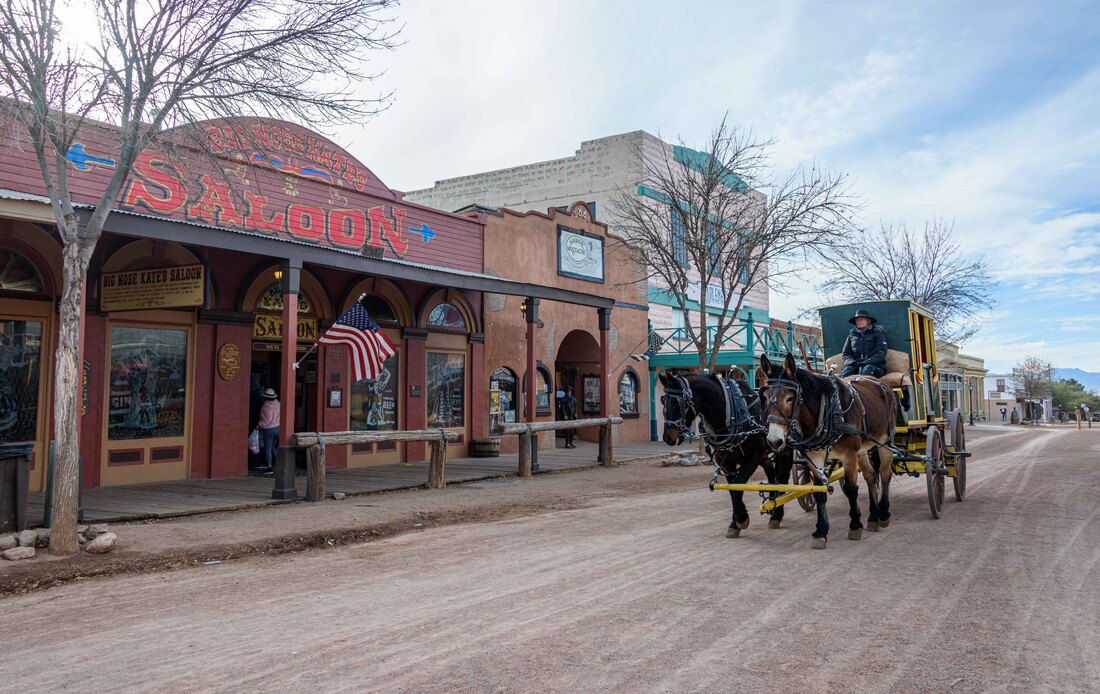
When we visited Tombstone in 2017 the streets were lively and a group of cowboys/cowgirls rode into town to fill a saloon, giving the place an authentic feel. Covid has taken its toll – the streets were quiet and businesses near empty. But the re-enactment of the gunfight at OK Corral was just as entertaining. (Tombstone, AZ, Jan 28/22)
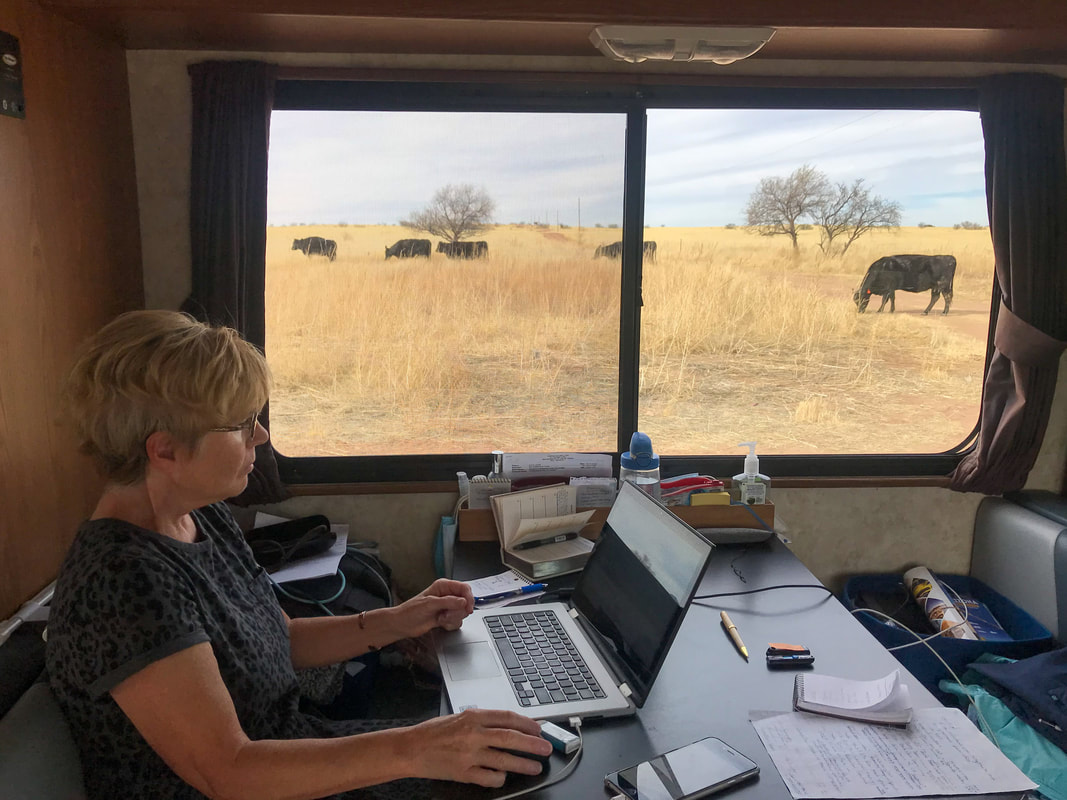
We returned to this little piece of paradise just south of Tucson. A rancher has leased the BLM land, sharing a portion with RVs. Fields of golden grass sway in the breeze for as far as the eye can see. The RV was parked near the rancher’s water tub so each morning the cows arrived for their fill of water and then moved on for their days grazing. One morning a herd of antelope showed up. (Cieneguita Campground-BLM, AZ, Jan 29/22)
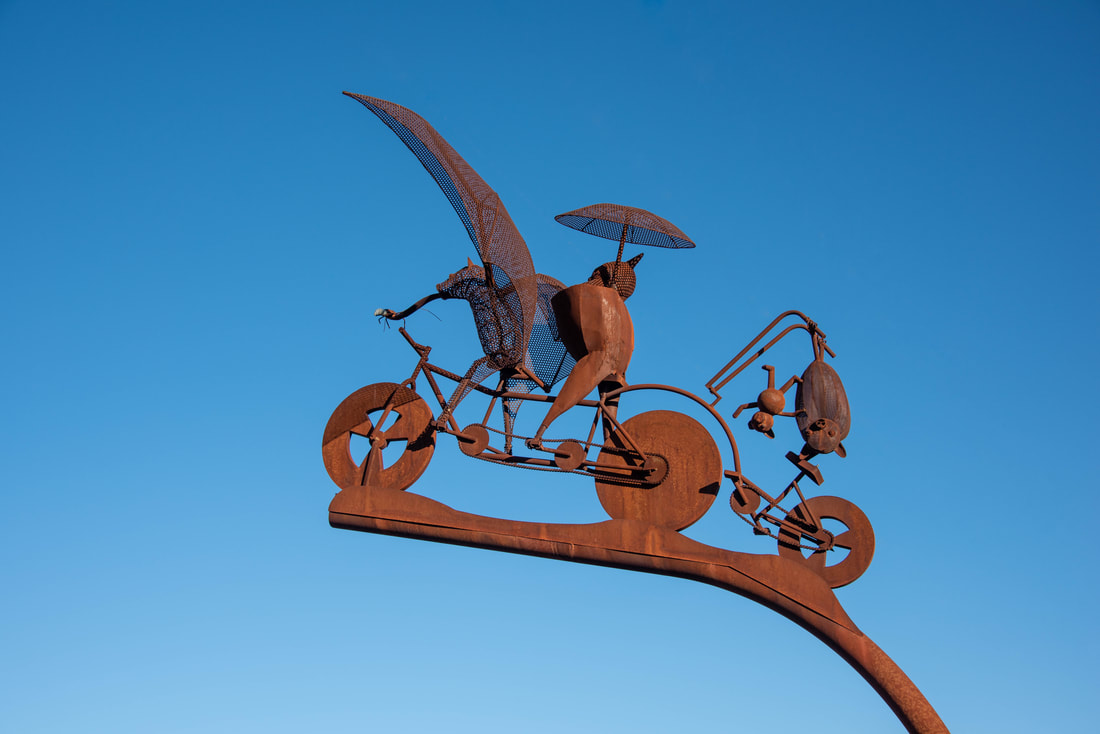
Playful bat-themed metal sculptures dot the sides of today’s path. Mexican free-tail bats live half their year under one of the overpasses. Each weighs the same as about 2 nickels and eats its own weight in insects each night. Given that the colony is made up of 7,000 bats, that’s 110 lbs of insects each night!
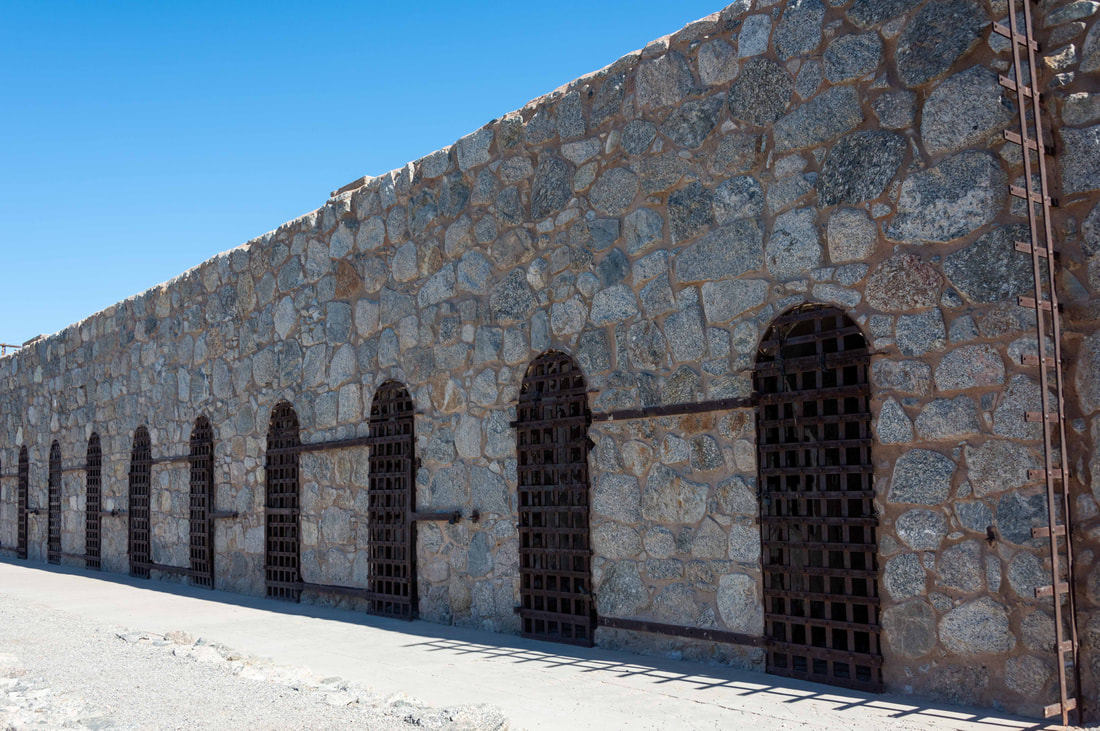
Billed as the hottest city in America, Yuma boasts temperatures of 32C or higher 175 days a year. So after the prisoners built their own prison in the late 1800’s, they baked in their outdoor cells during the sweltering summer days and froze in the desert nights. Once the number of inmates outgrew the building’s available space they were moved elsewhere, and the facility was reinvented as a temporary school when the real high school burned down and later as a roof over the heads of the homeless during the Great Depression. (Yuma, AZ, Feb 6/22)
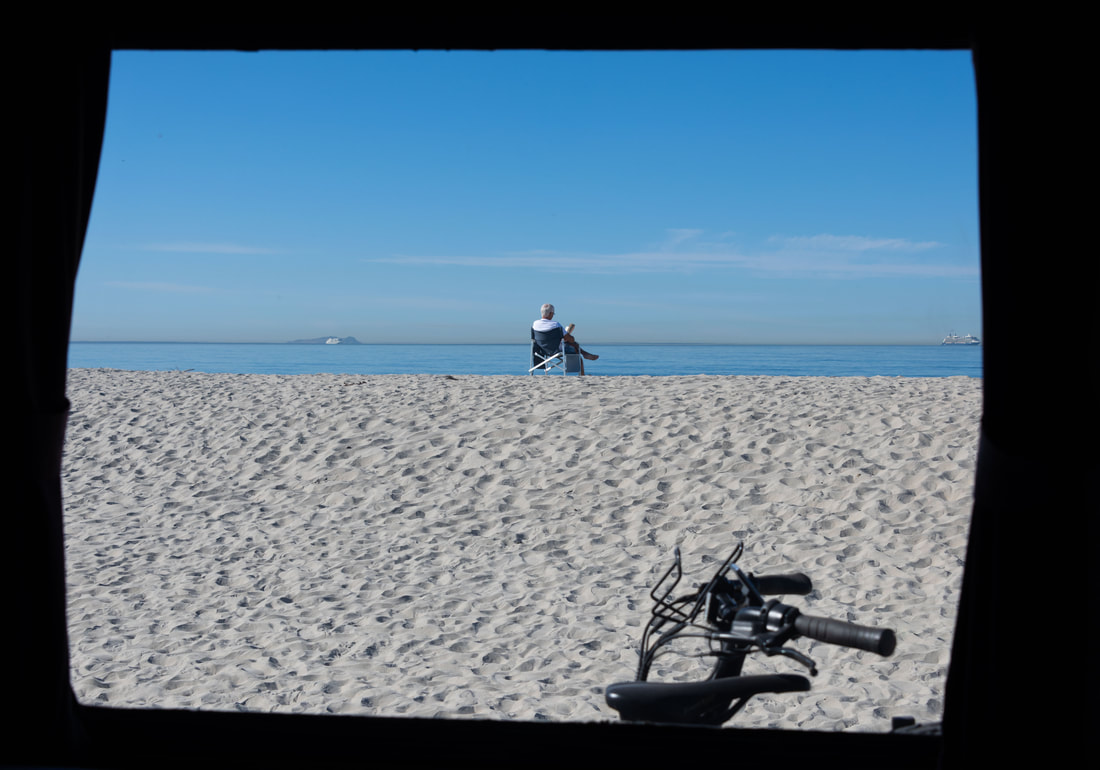
Hello California… many of the state’s beaches have a section for RVs to camp and for those tenacious enough to search for daily cancellations there can usually be a space found (at least in low season). So from day to day we’d hop from one site to another always with an eye to ones that backed up to the sand. (San Diego & Coronado, CA, Feb 8/22)

The military owned a significant portion of the beach for use as training grounds. Watching these young men and women running with backpacks that sounded like they were full of rocks was in stark comparison to the tourists lounging around at the beach drinking their expensive Coronado Hotel cocktails.
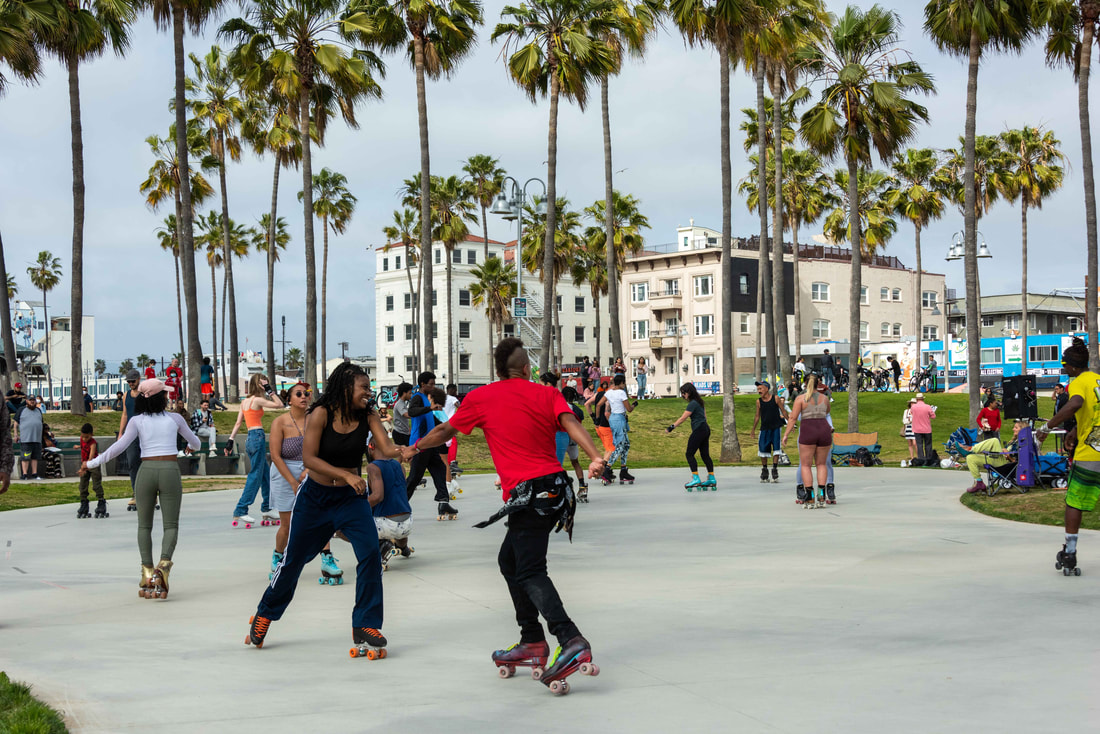
Camped right next to the beach (Dockweiler SB) we were steps away from the iconic Marvin Braude (paved) bike path that runs 35 km along the beaches north and south of Santa Monica. It’s a cornucopia of scenes - roller bladers and skaters, Venice Beach, beachside homes with their westcoast patio vibes and surf boards hanging off bike racks. (Santa Monica, Feb 20/22)
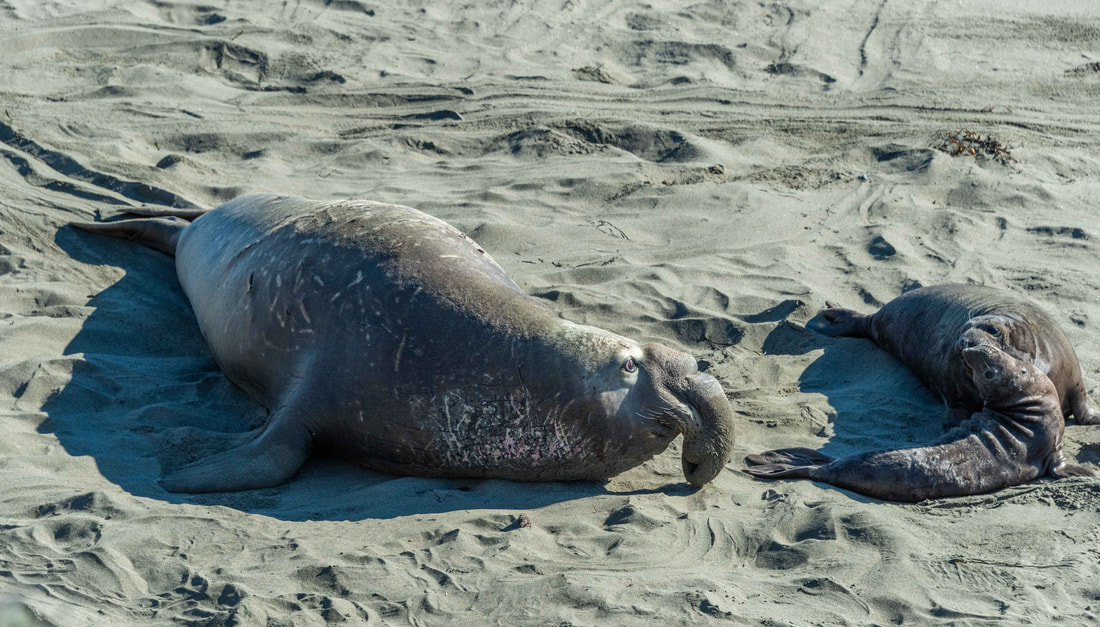
Five-thousand-pound, 16’ alpha elephant seal bulls rule this small bay. It takes all their effort to move a few inches but they’re highly motivated when another male tries to make a move on one of their females. After a pup’s mere 24 days of nursing, the female leaves them alone to learn to swim and find food. (San Simeon, CA, Feb 25/22)
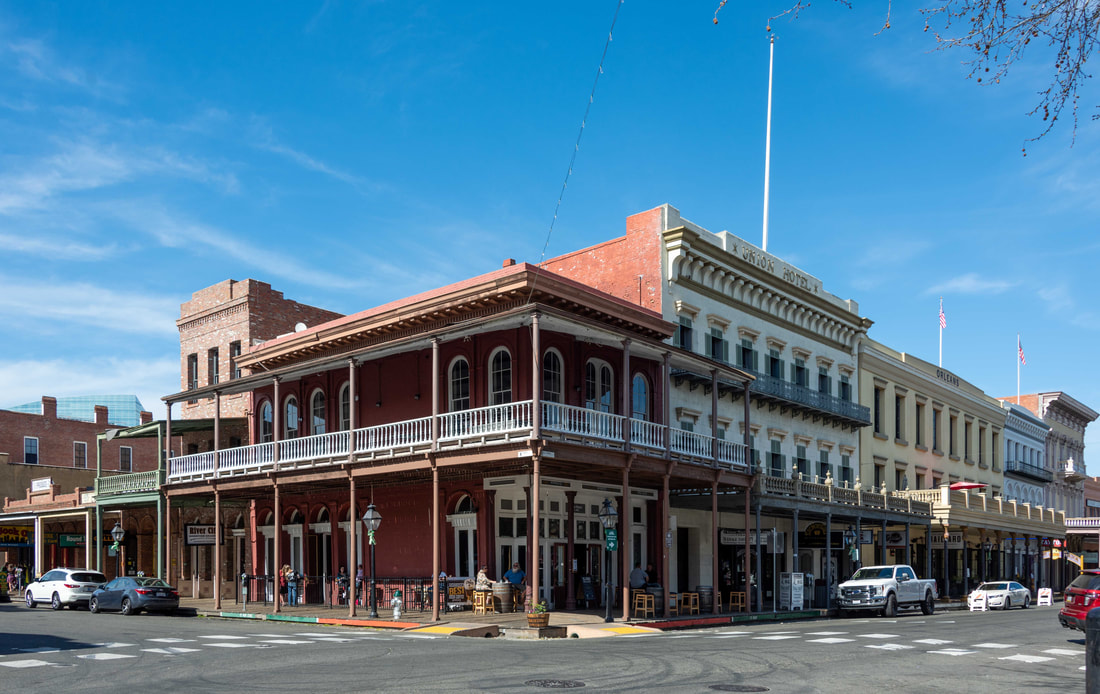
As with other trips, many of our stops for these 4 months were planned around exceptional bike paths and Sacramento’s Jedidiah Smith Bike Trail didn’t disappoint. Spanning 52km between Folsom and old Sacramento, there were a few worthwhile stops including Old Sacramento. It was a well-preserved part of the city complete with lots of good places to eat and window shop. Plus, we found the best costume shop (Angelina’s). The fairground made a perfect camping spot – on the bike path and the smaller, 30am service RVs were off on their own rather than crowded with the mammoth ones. (Sacramento, Feb 28/22)
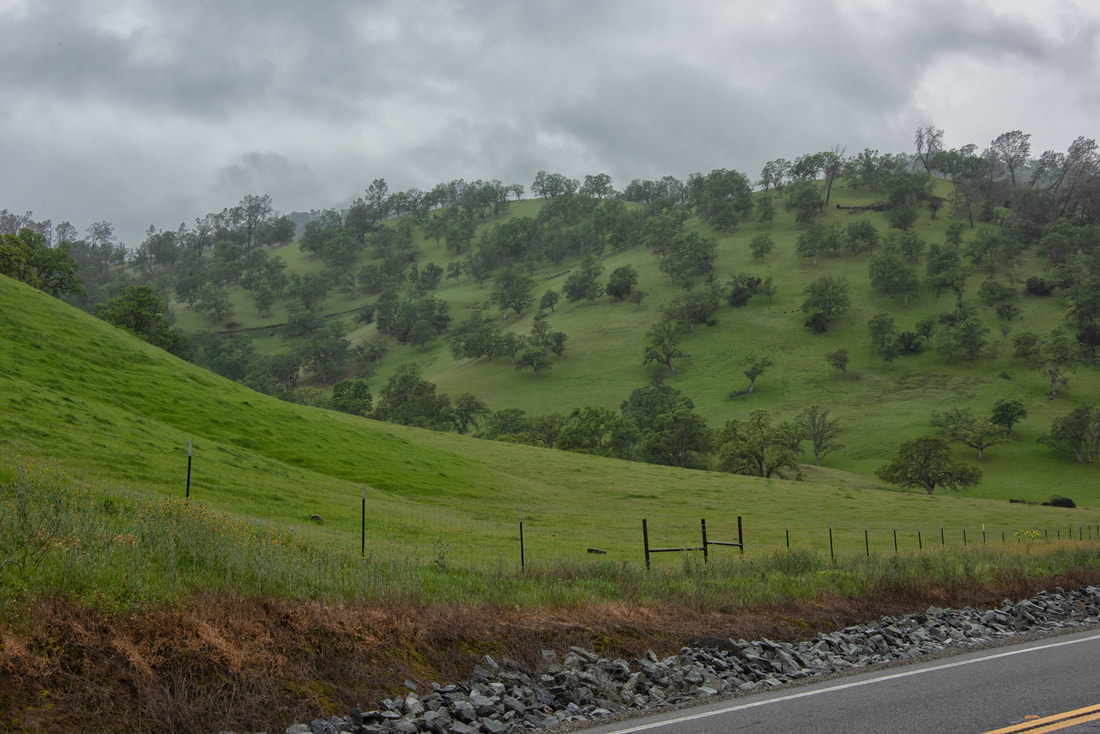
The rolling green hills and caribou between Sacramento and the California Redwoods made for a scenic and unexpected drive. Just under a decade ago, so much of the state’s land was just drought brown. A quick overnight at the national park was rewarded with a walk through the giant redwoods. (California Redwoods NP, Mar 3/22)

